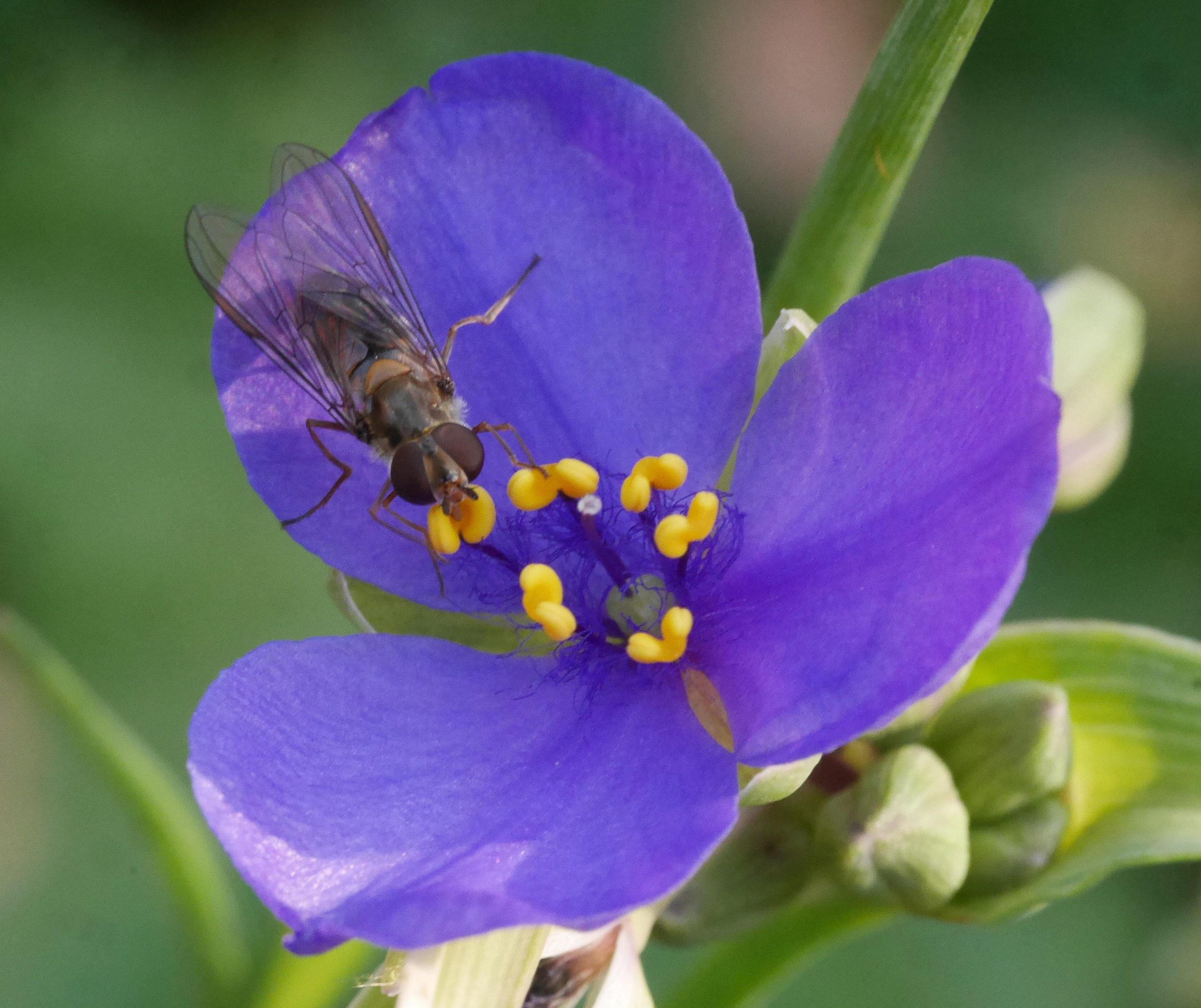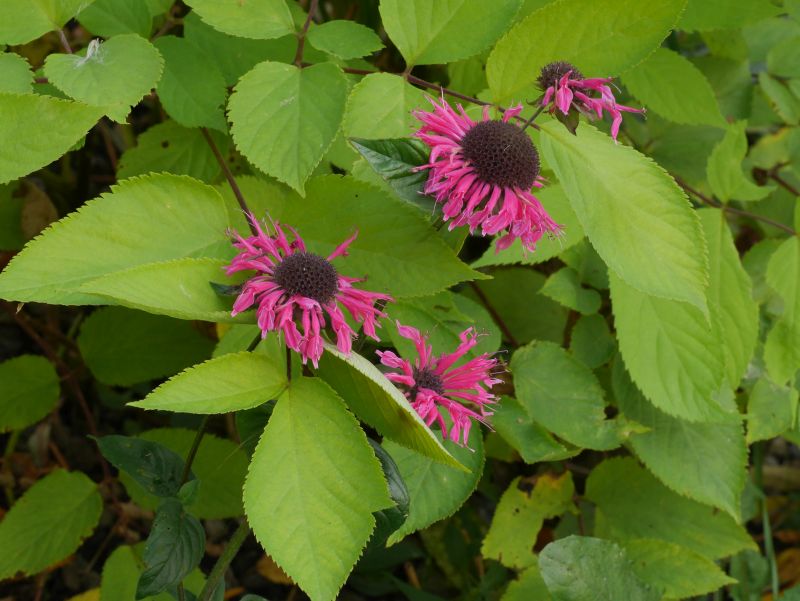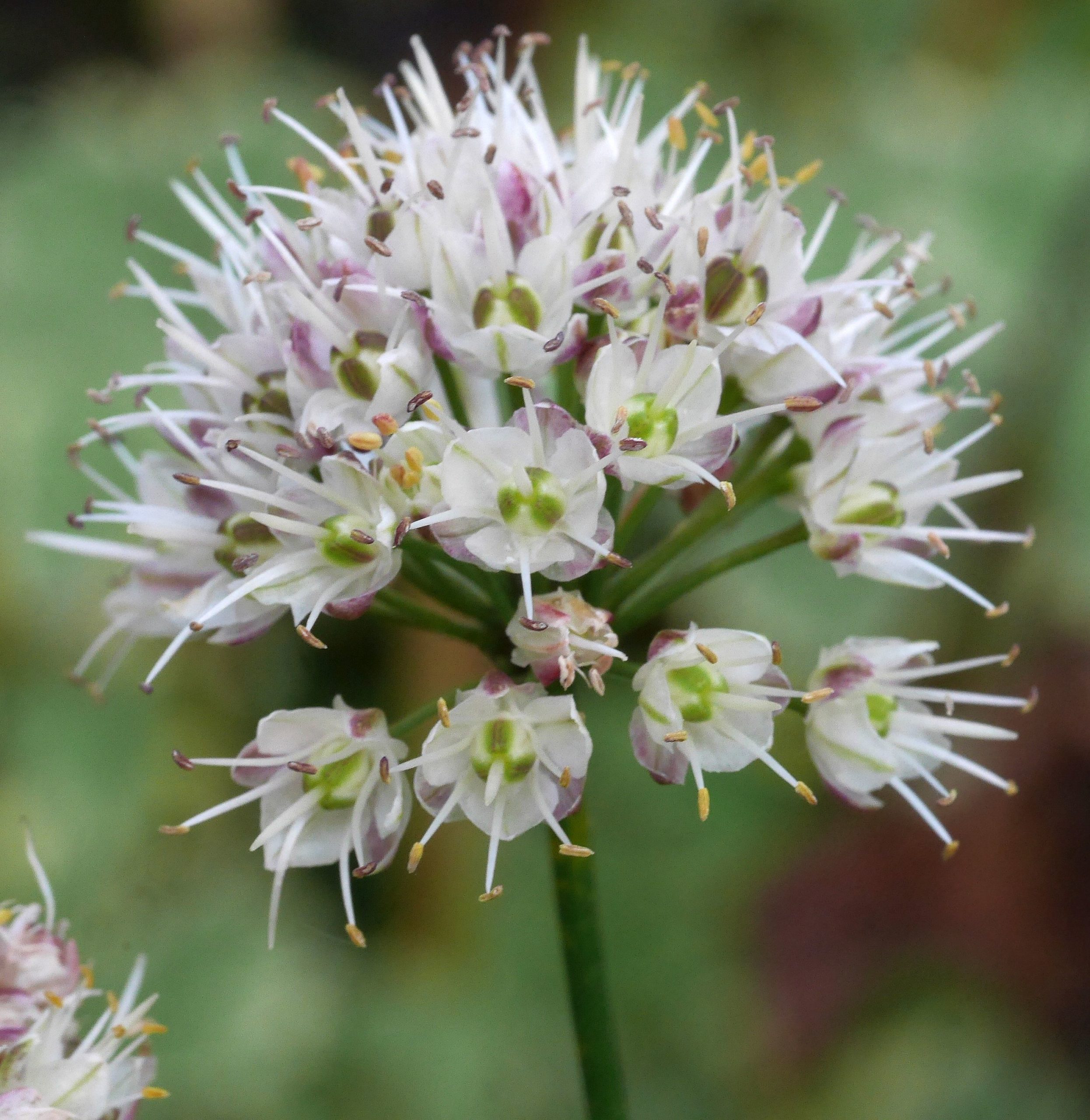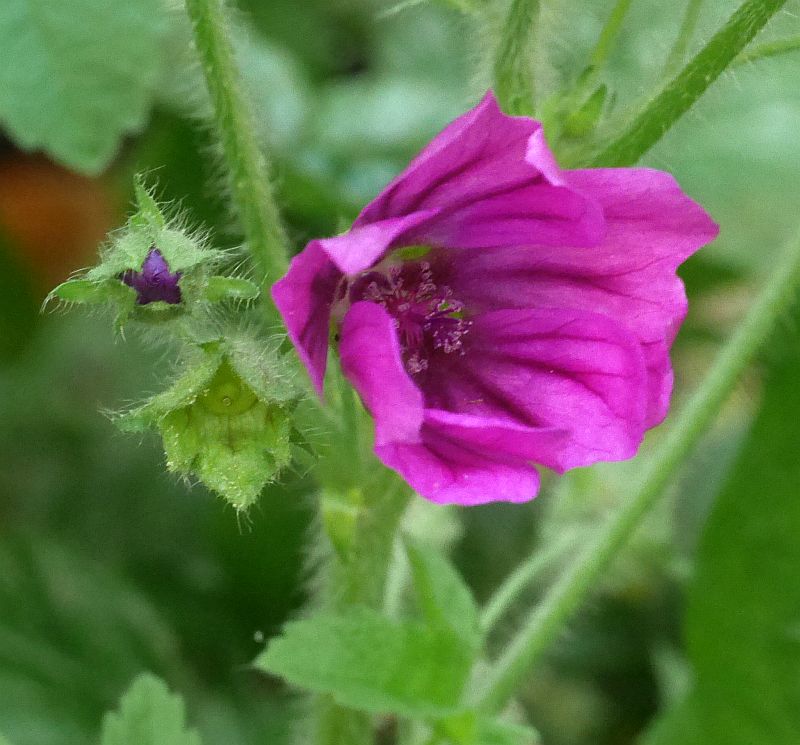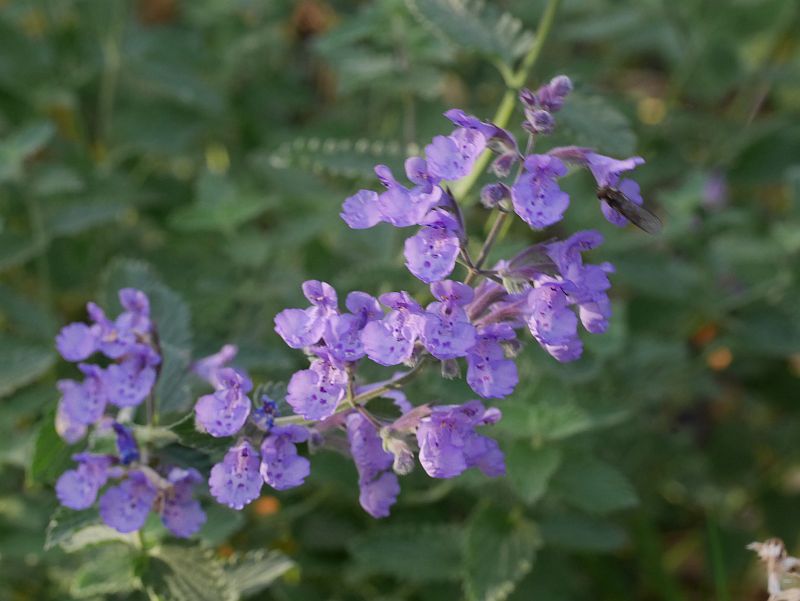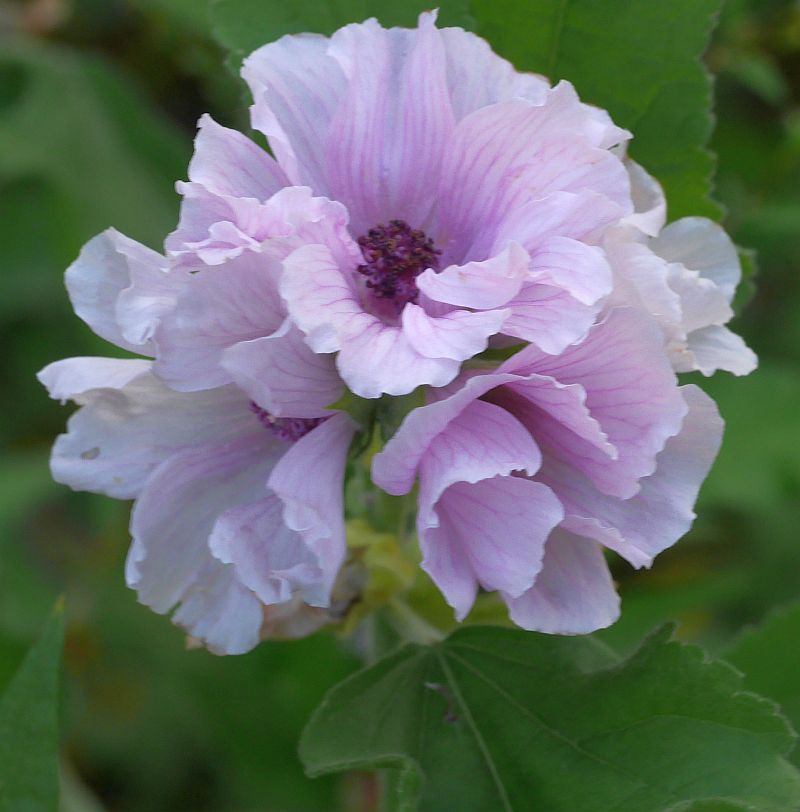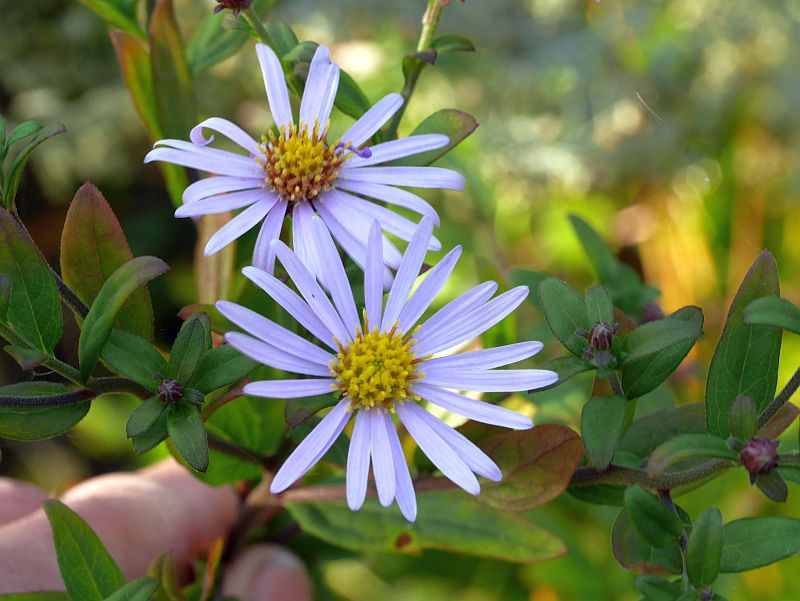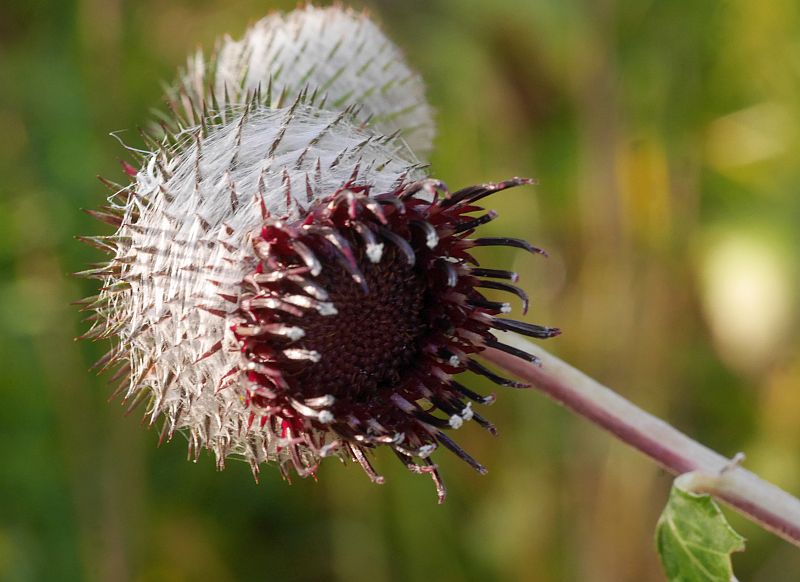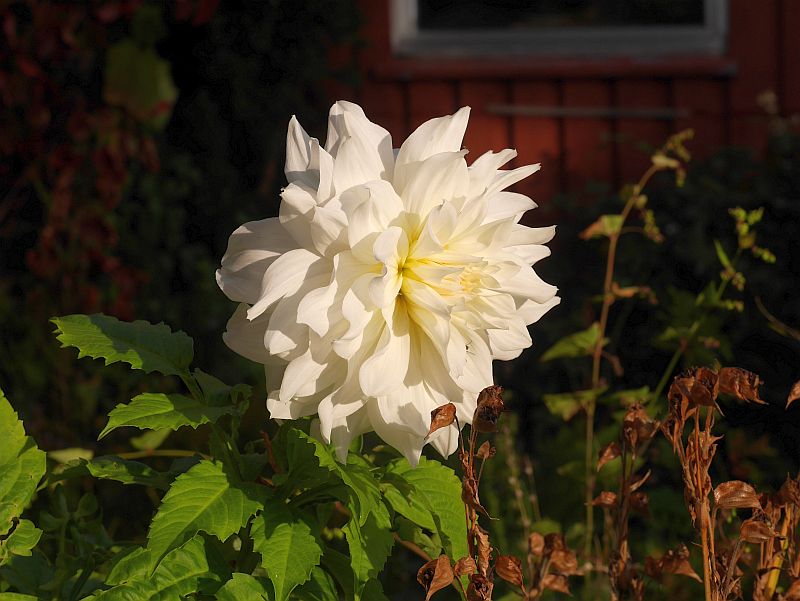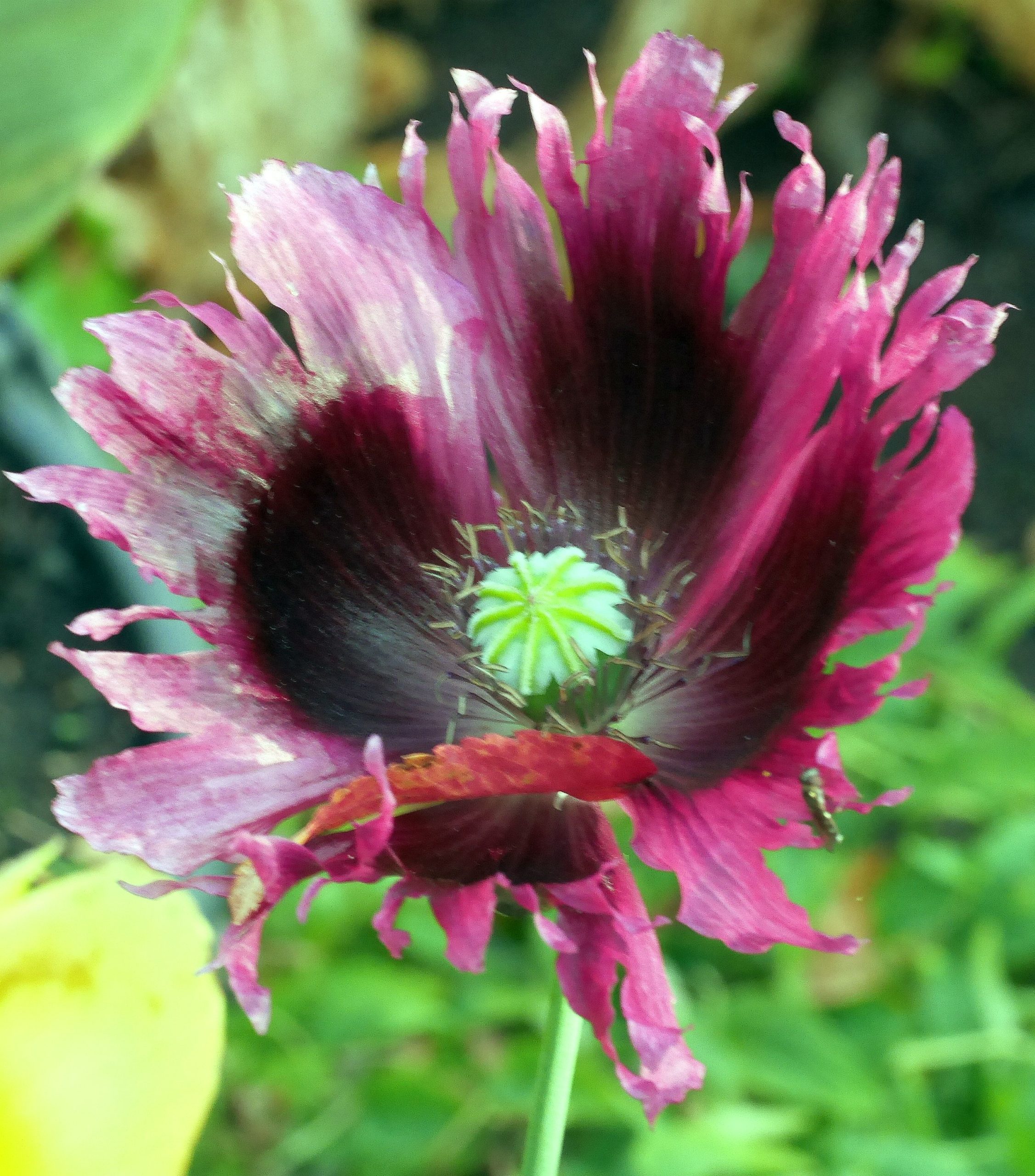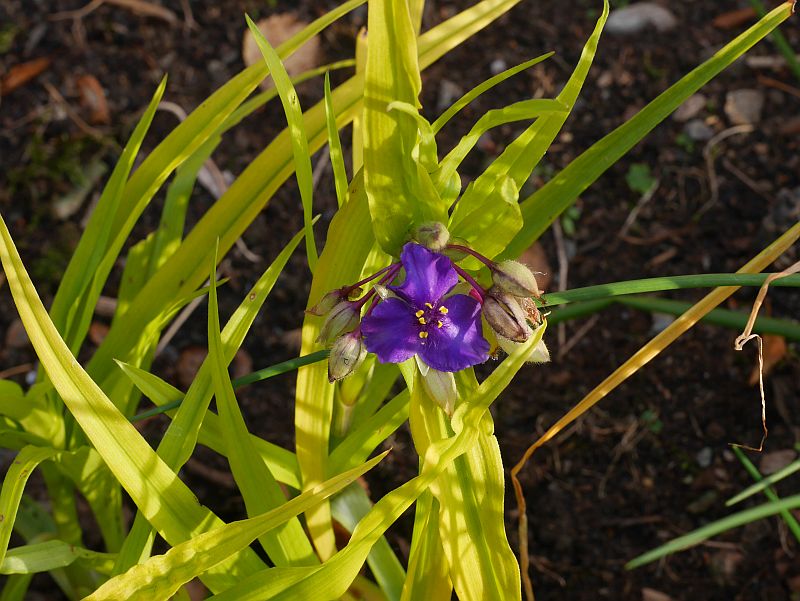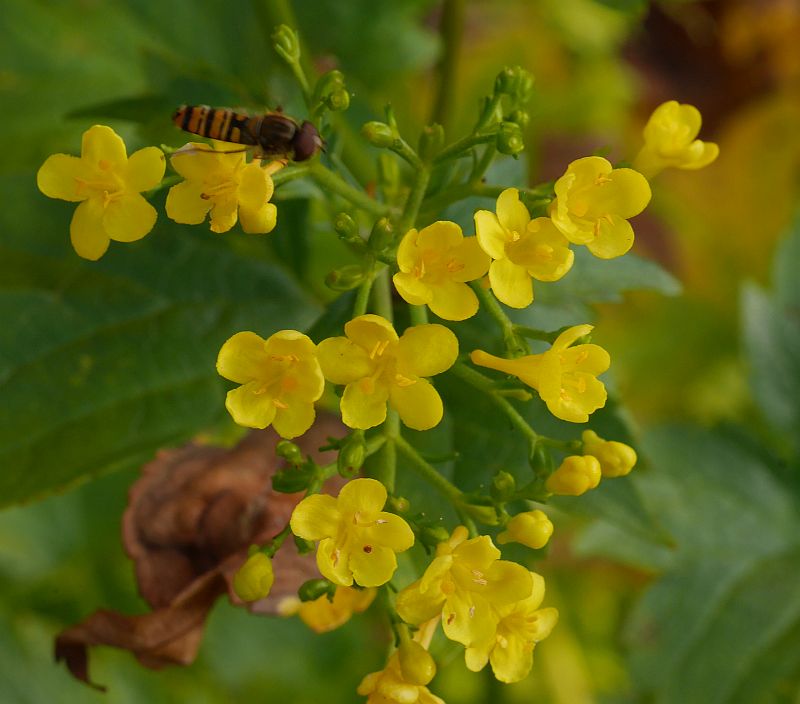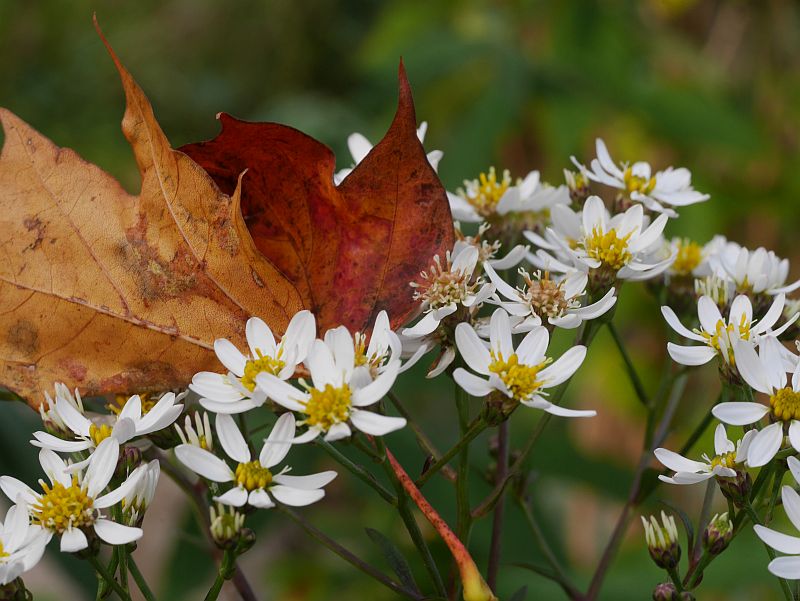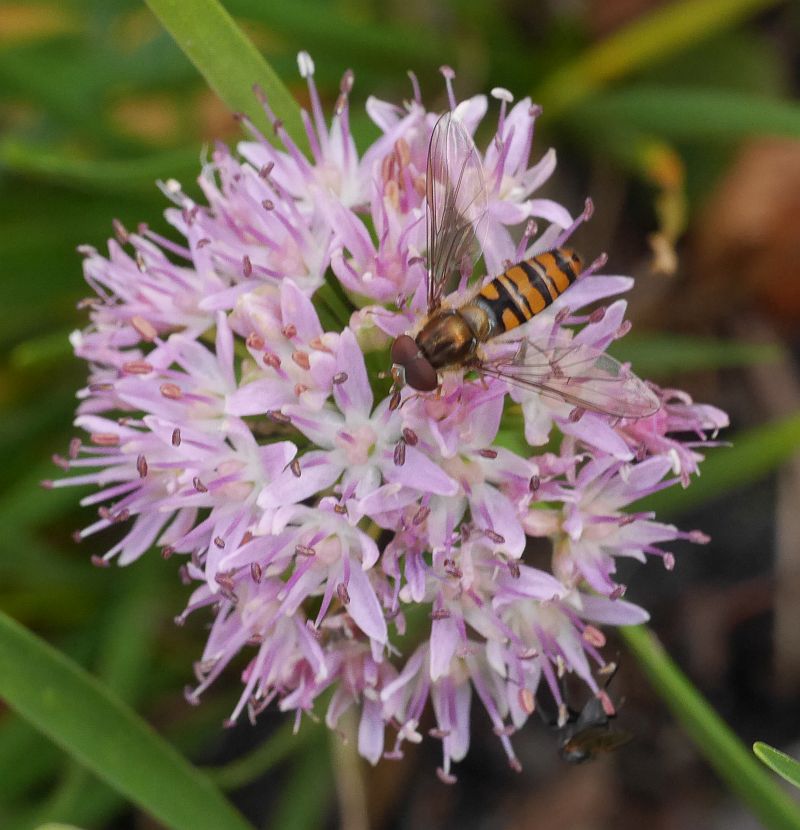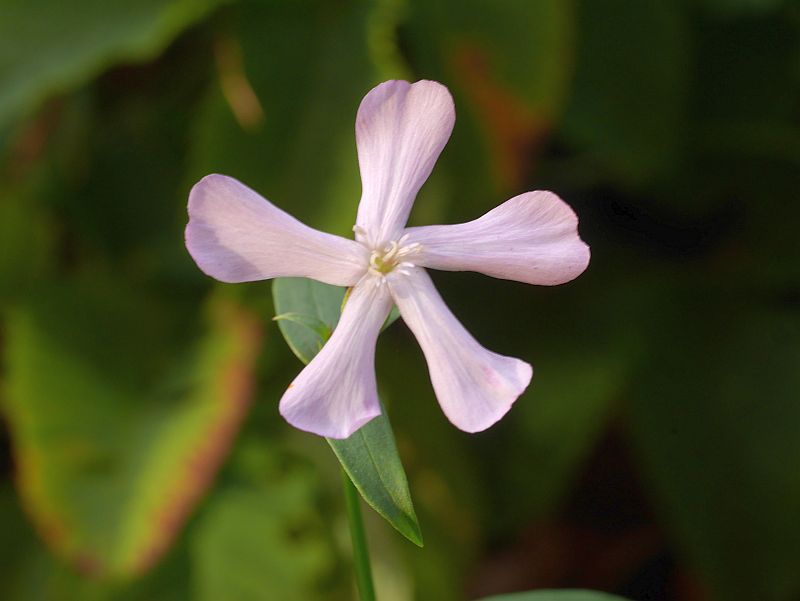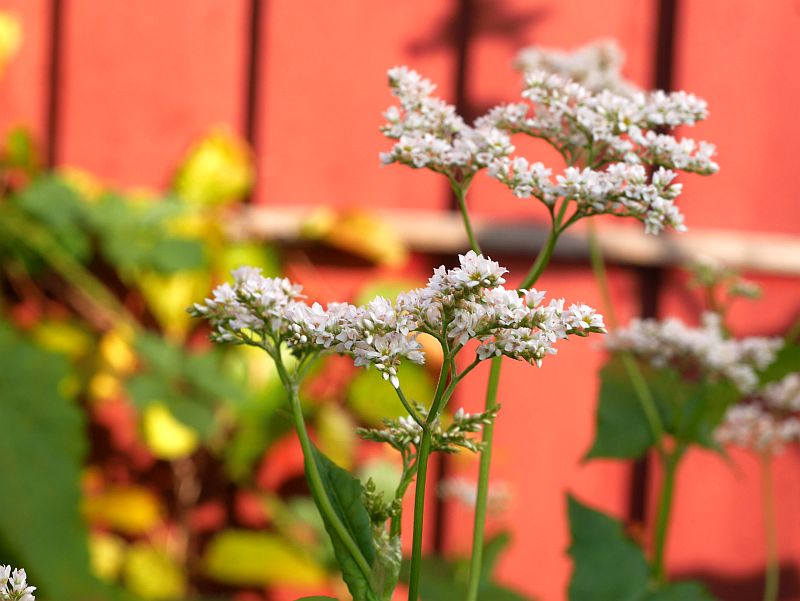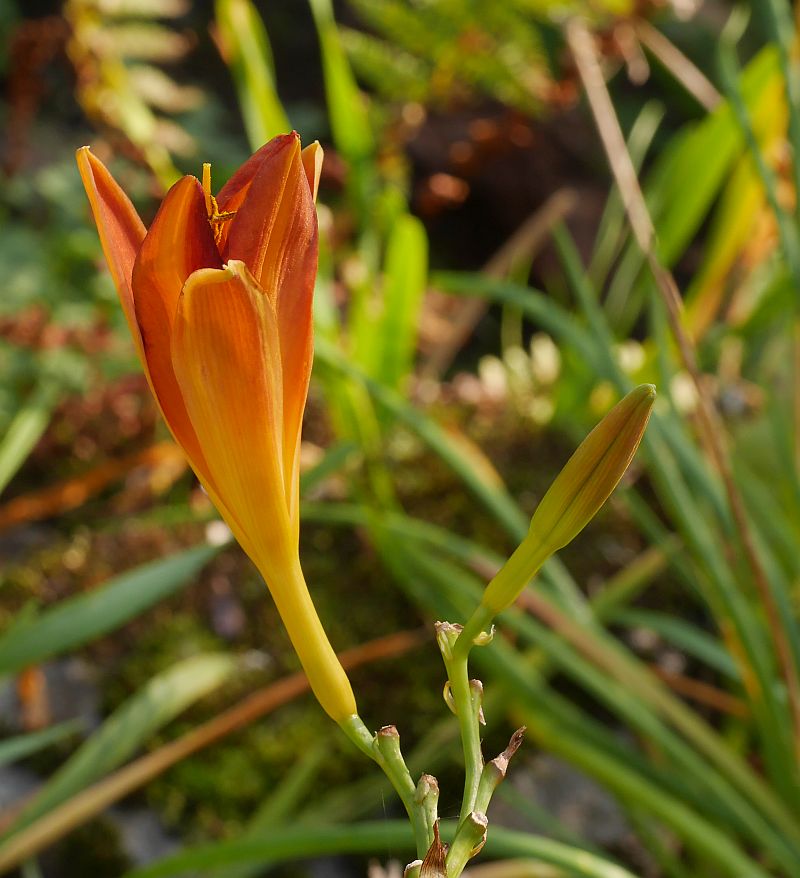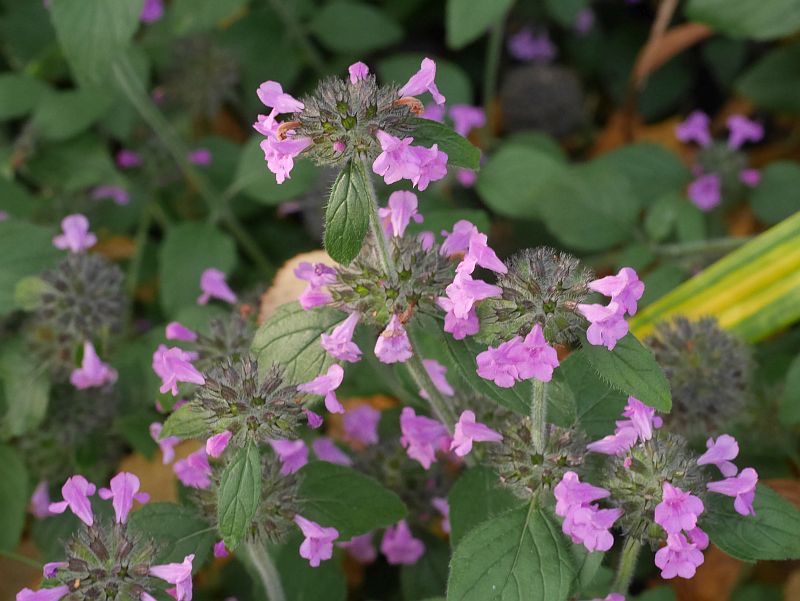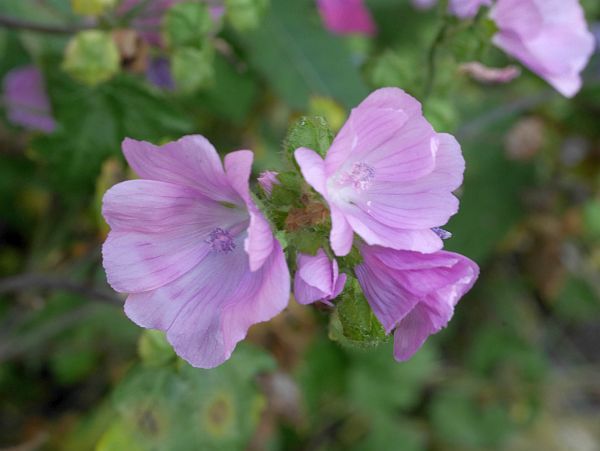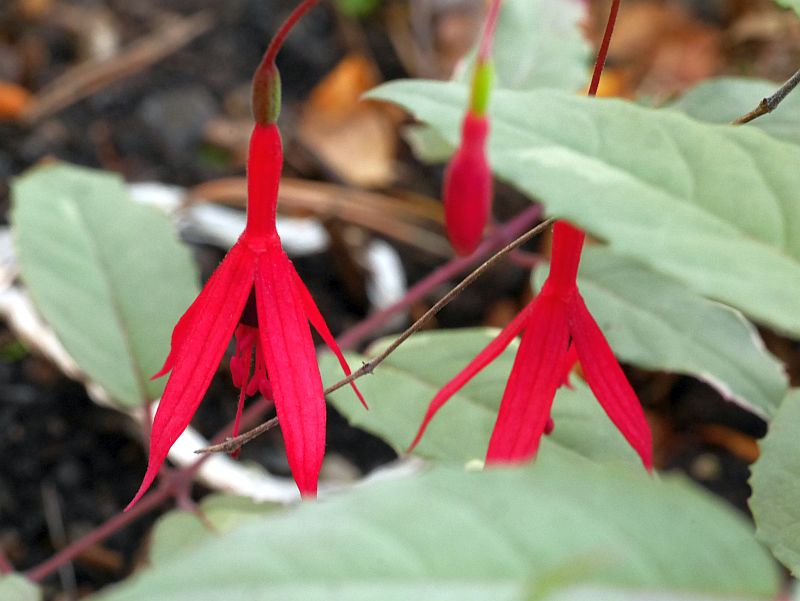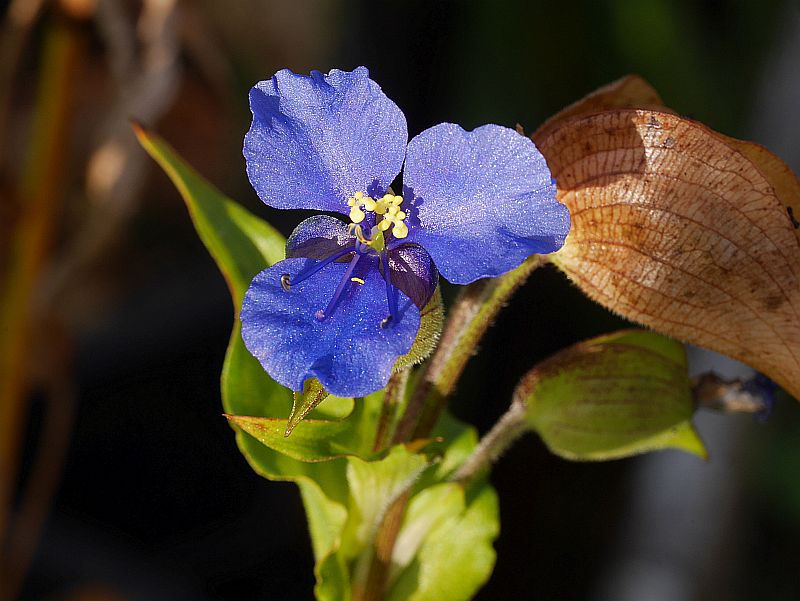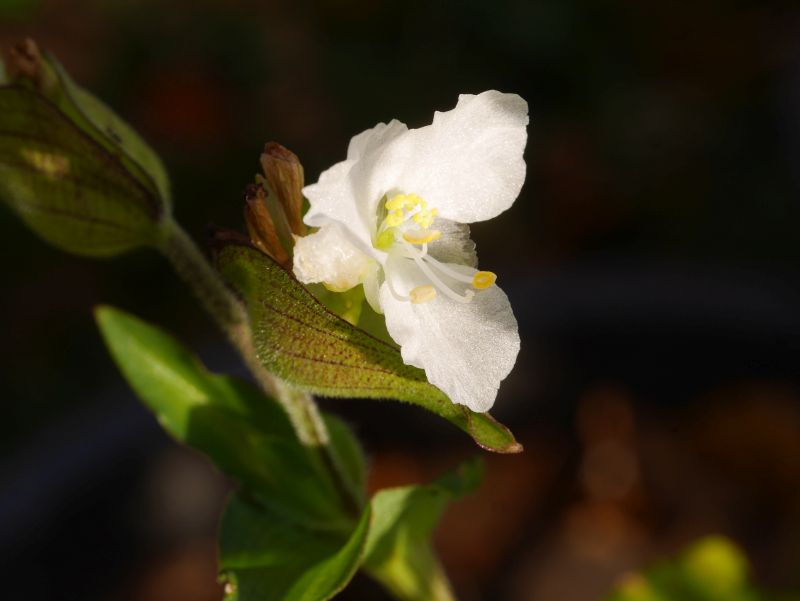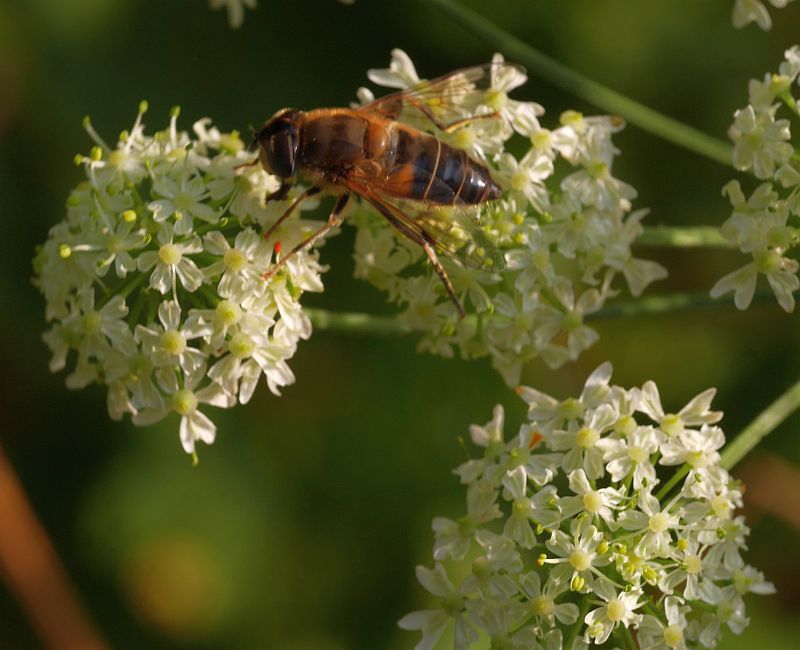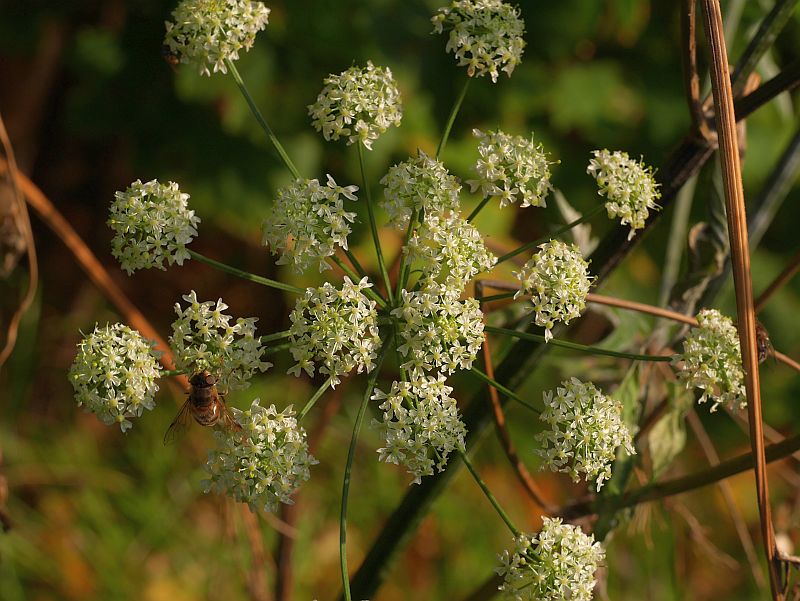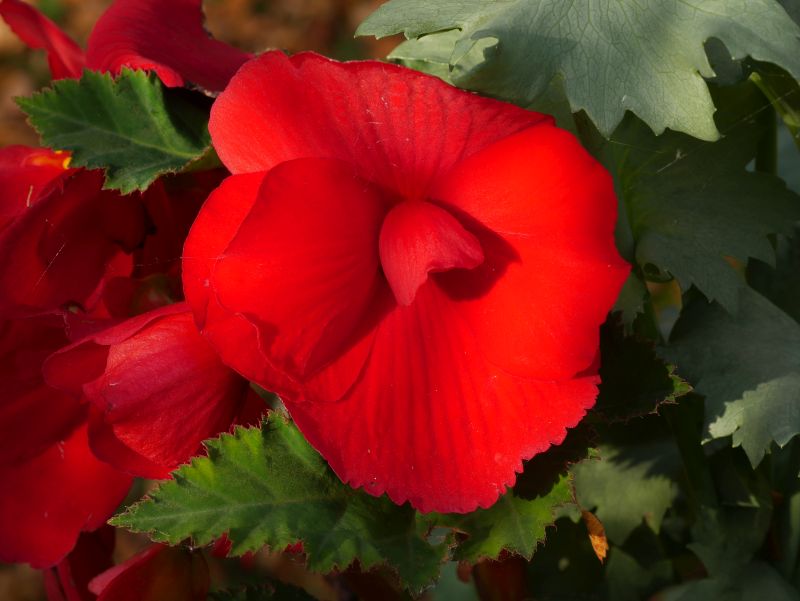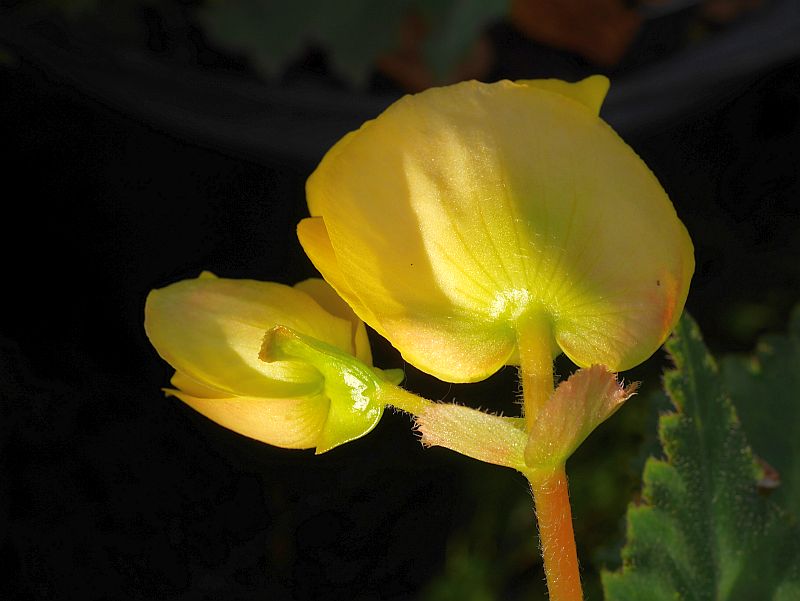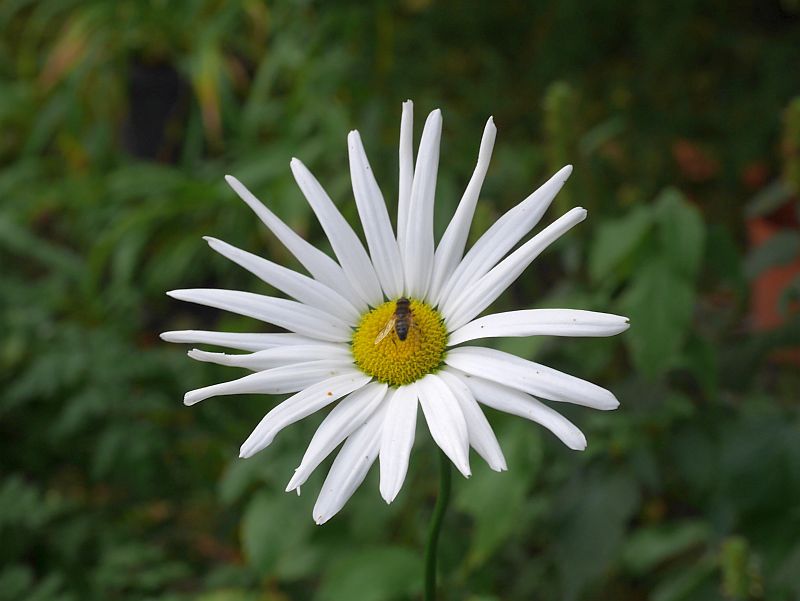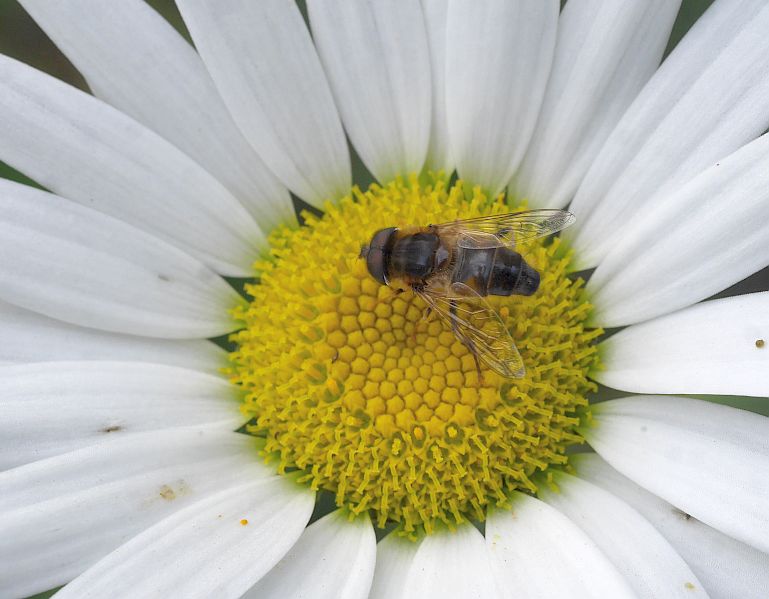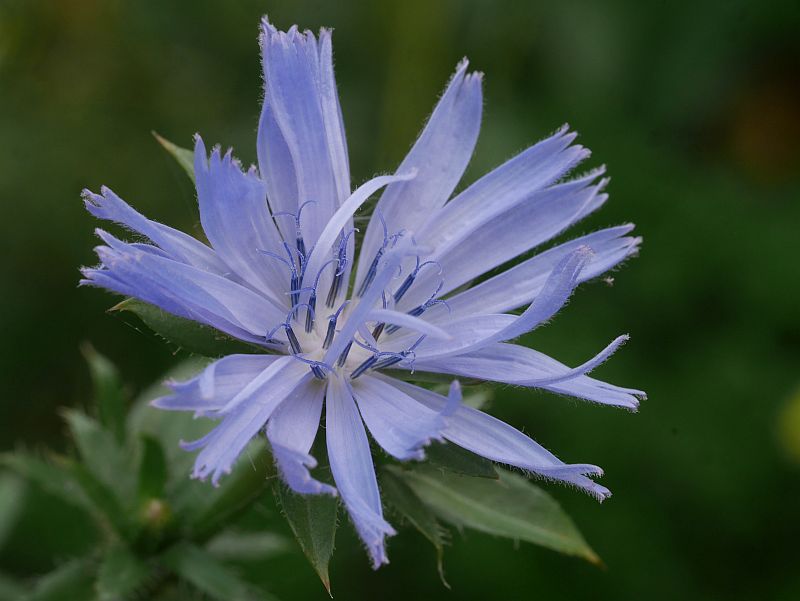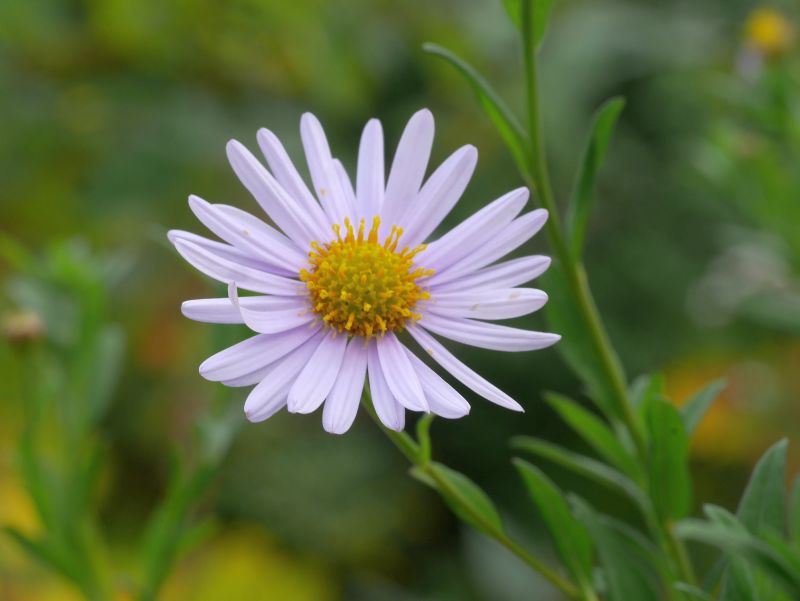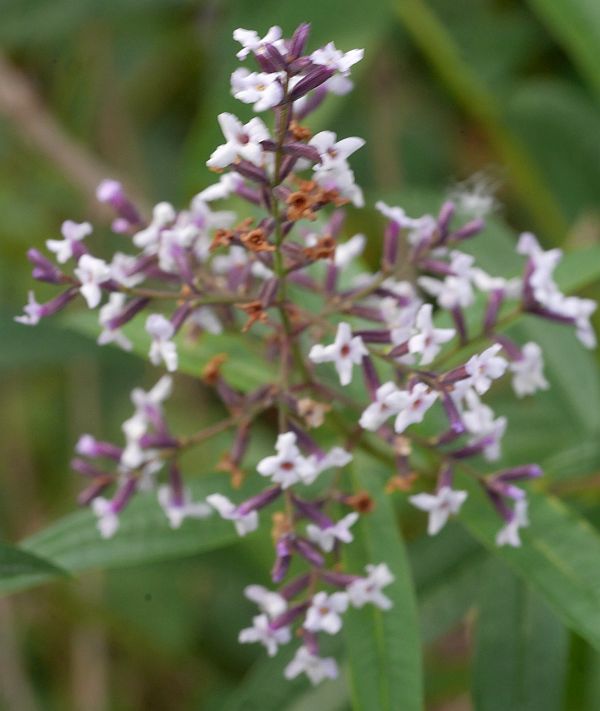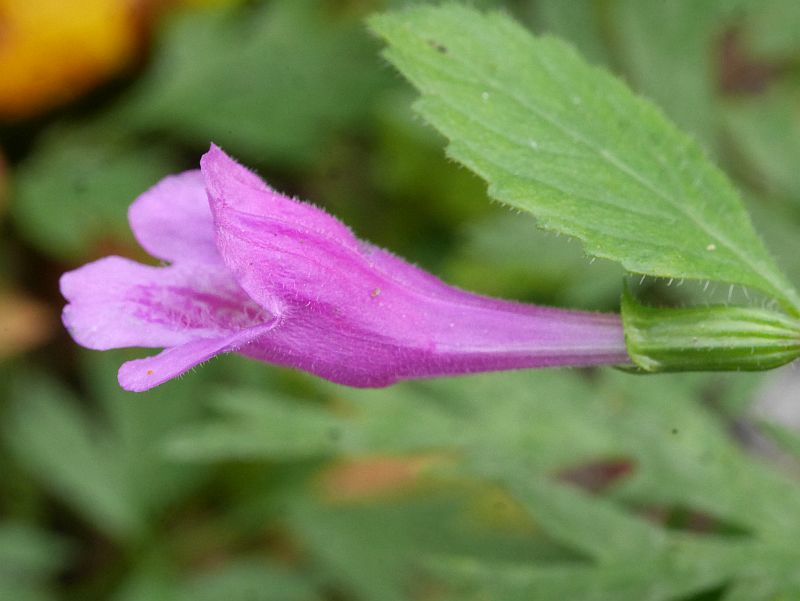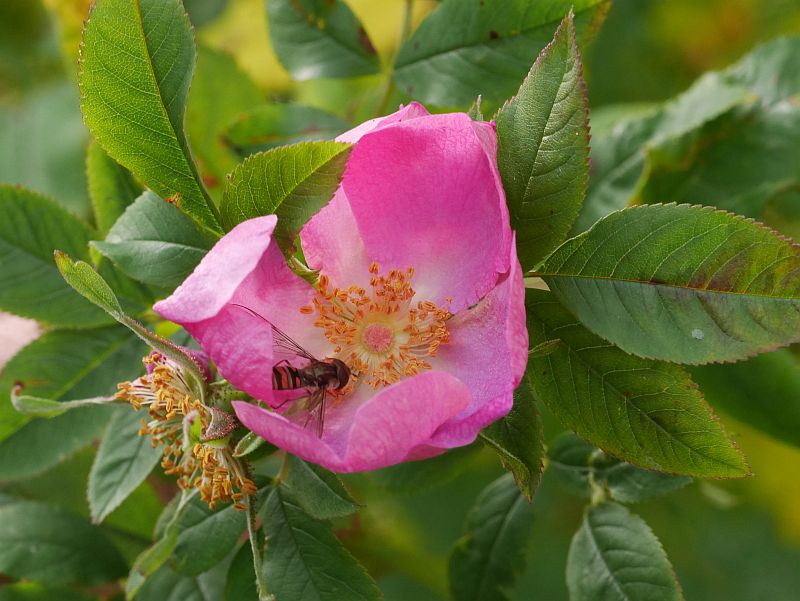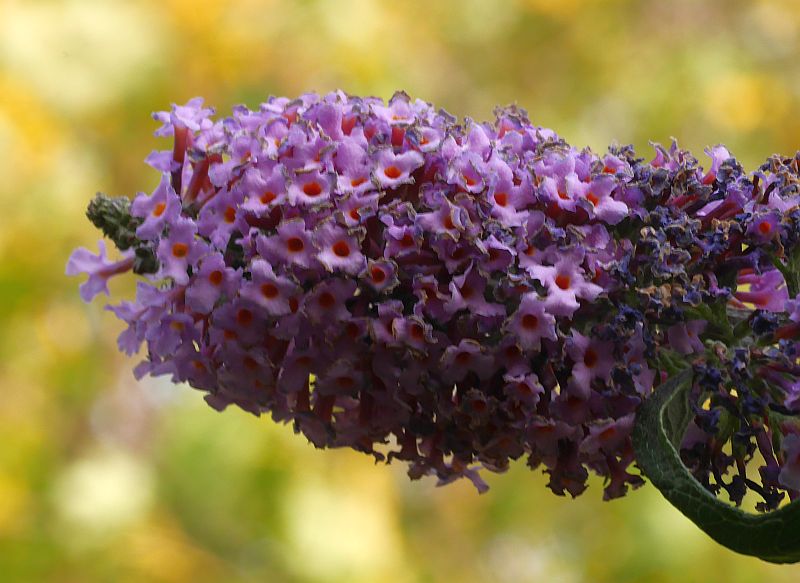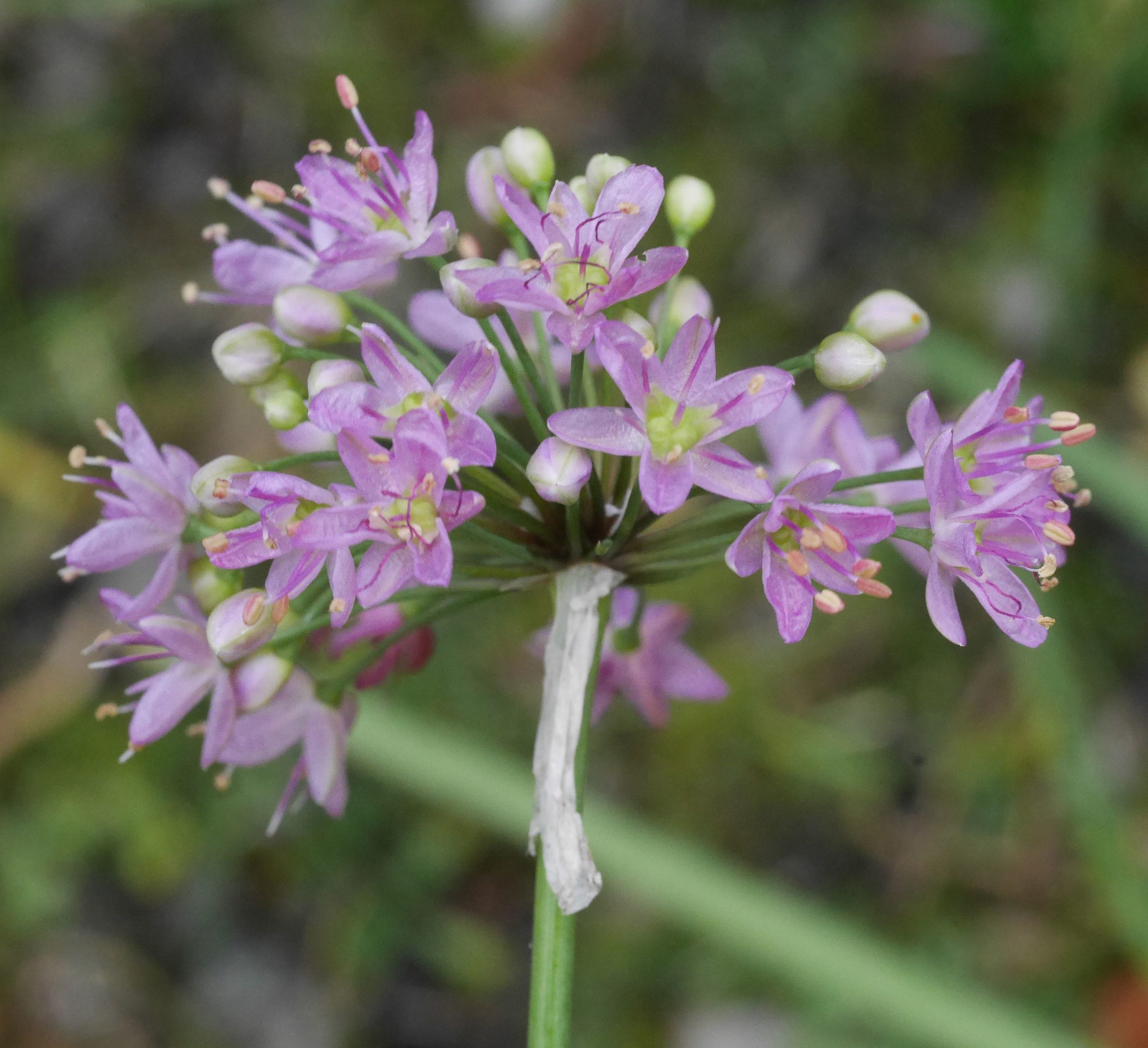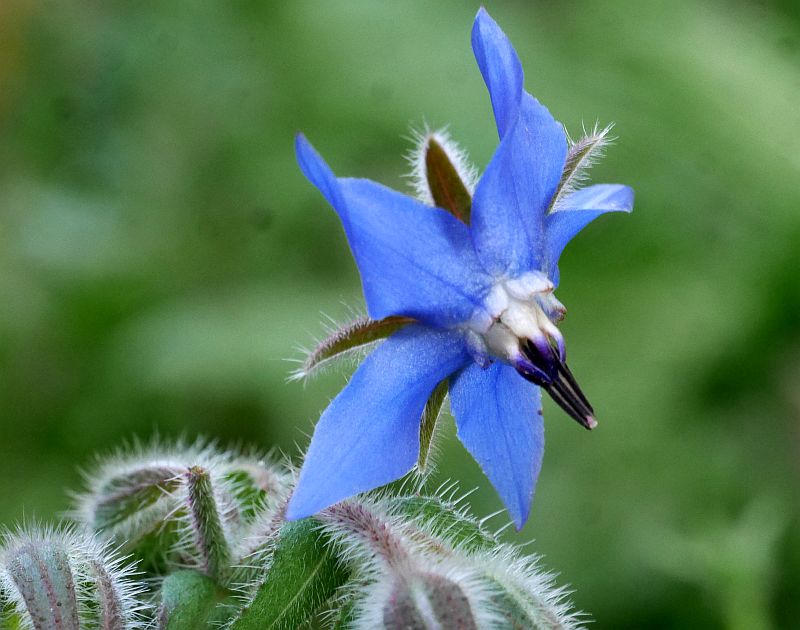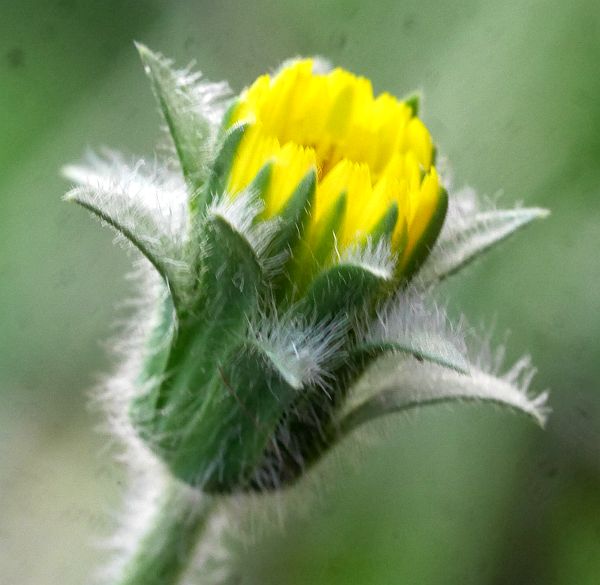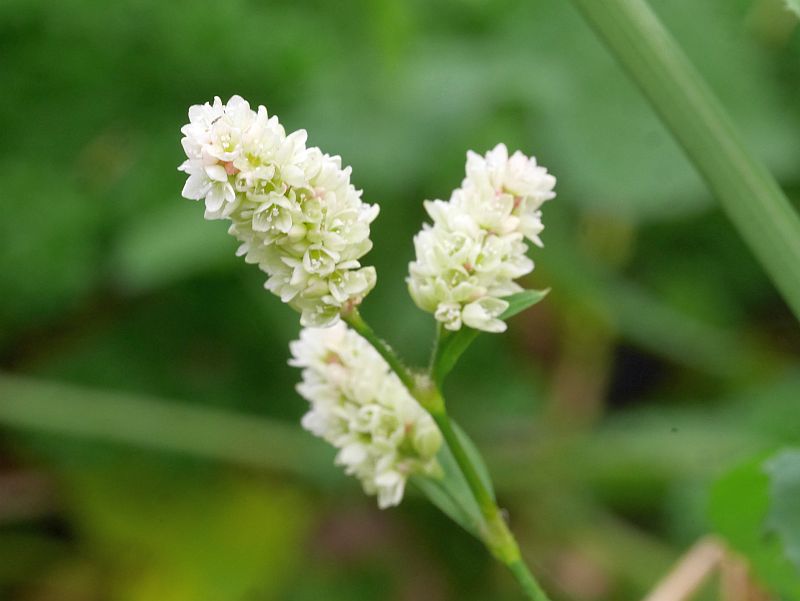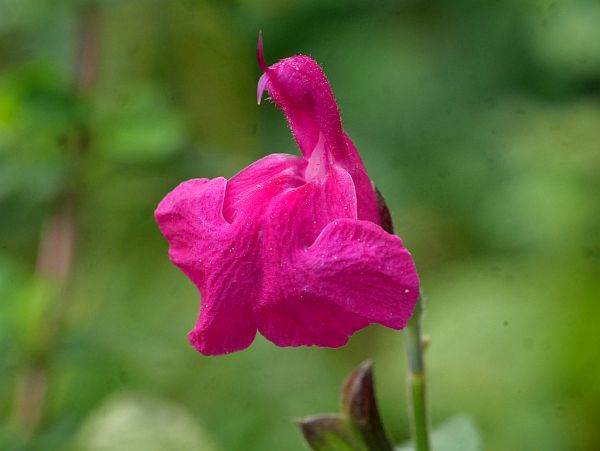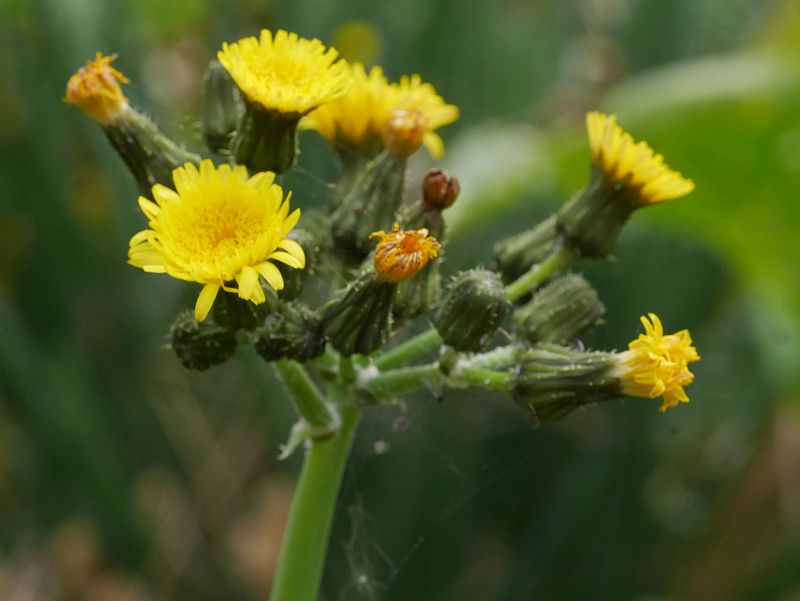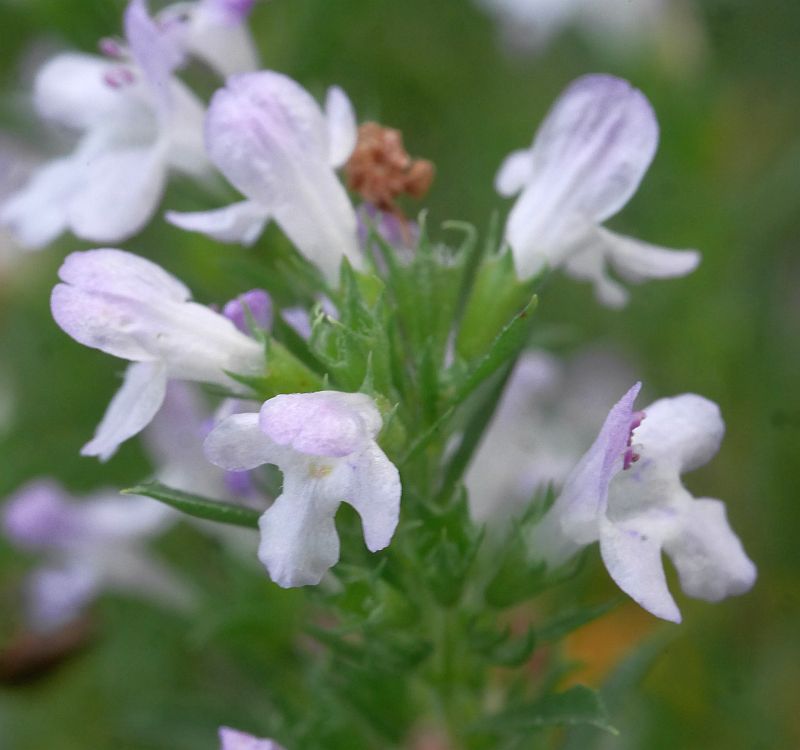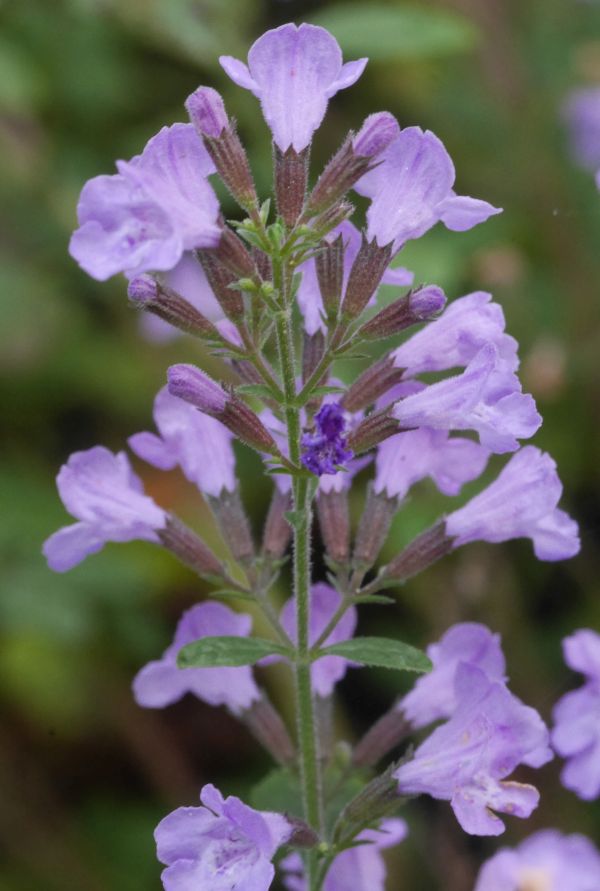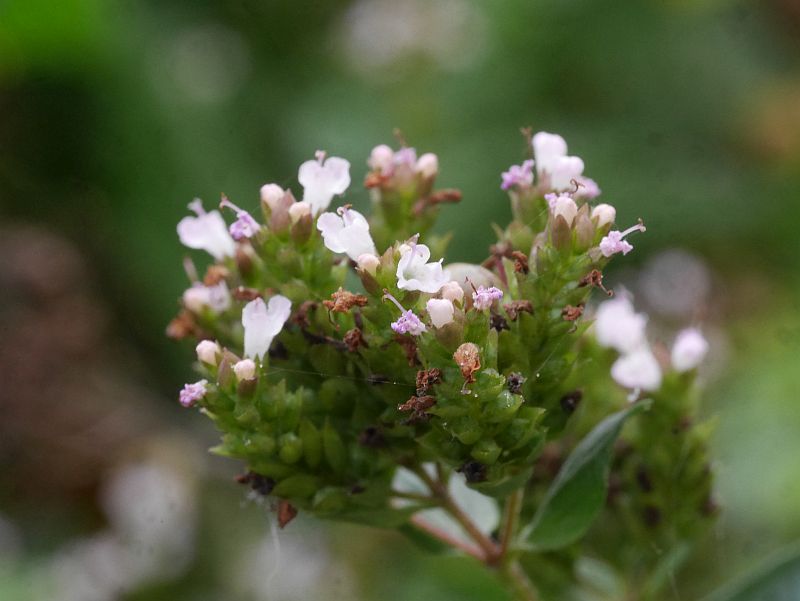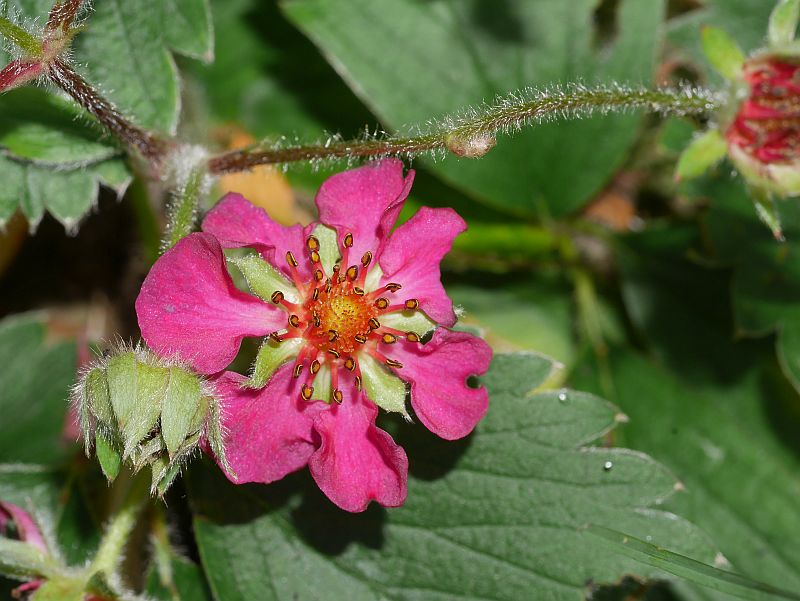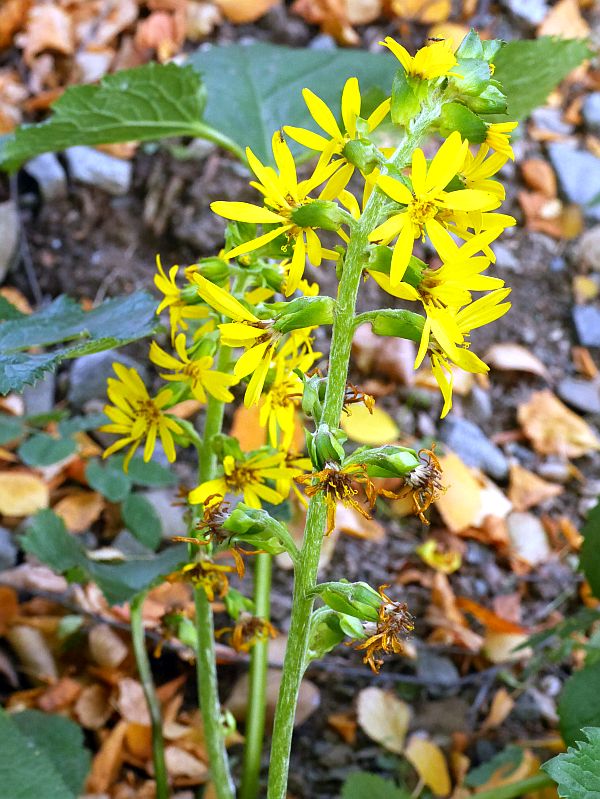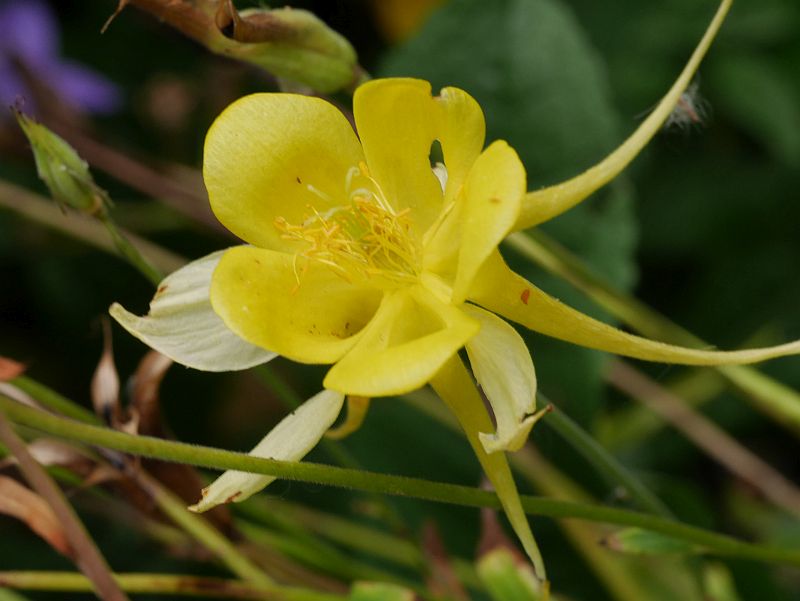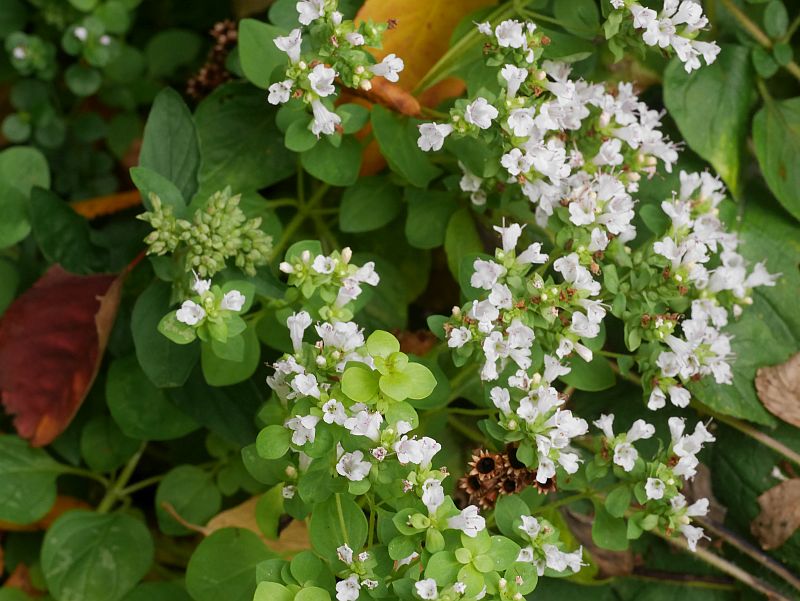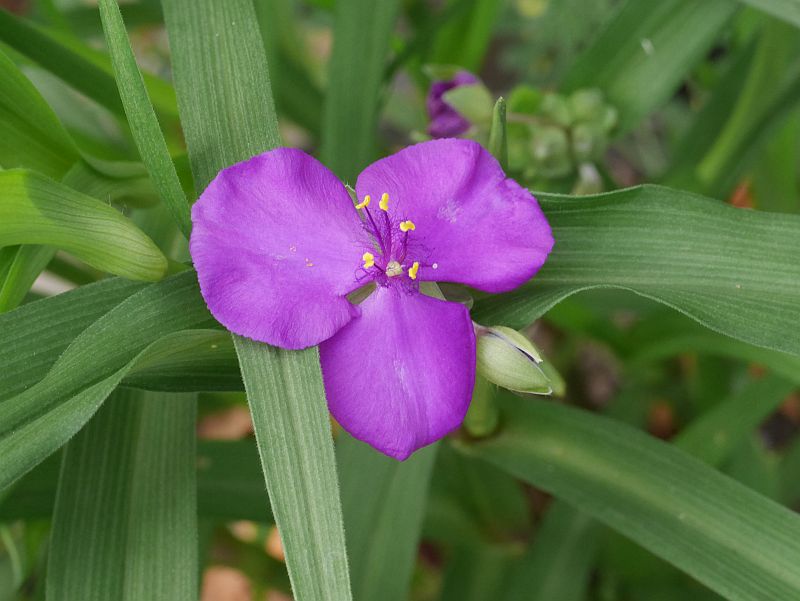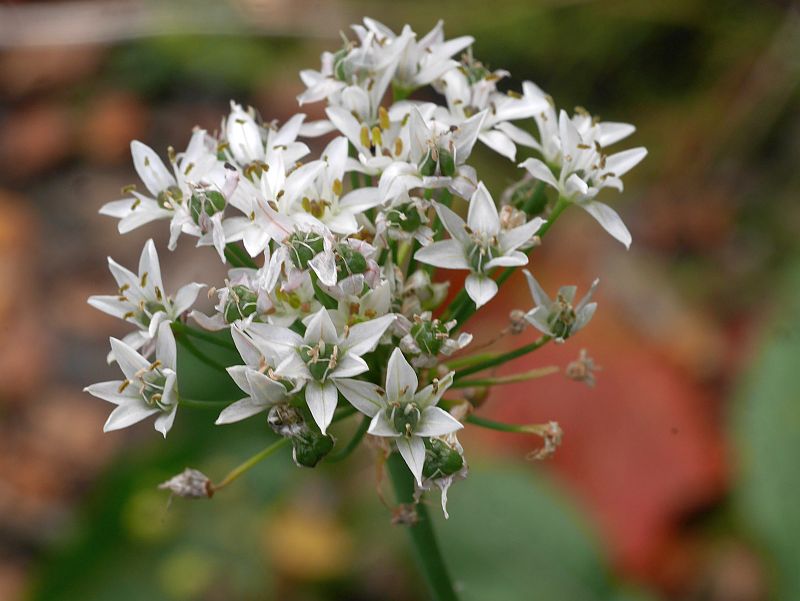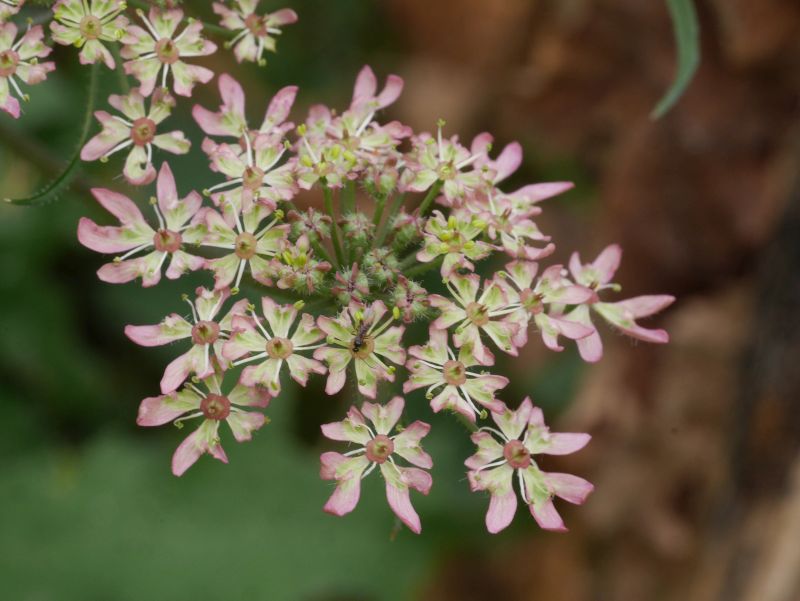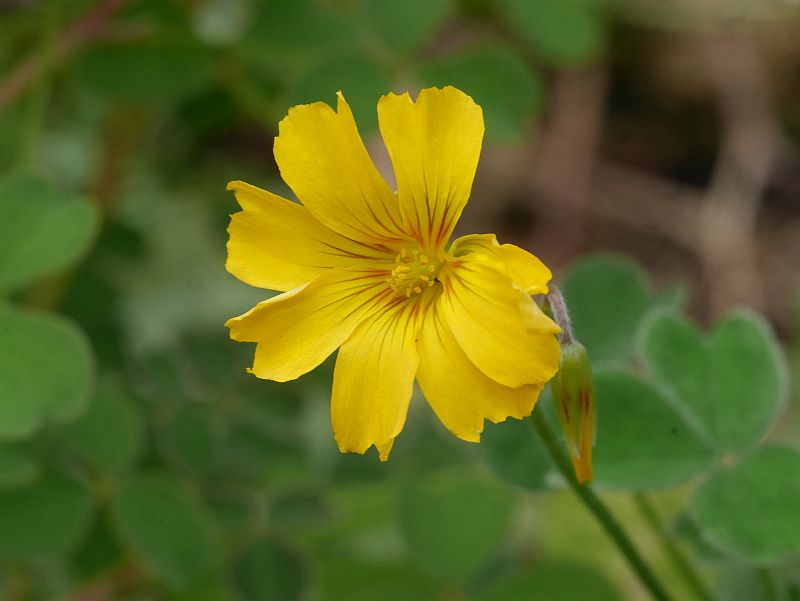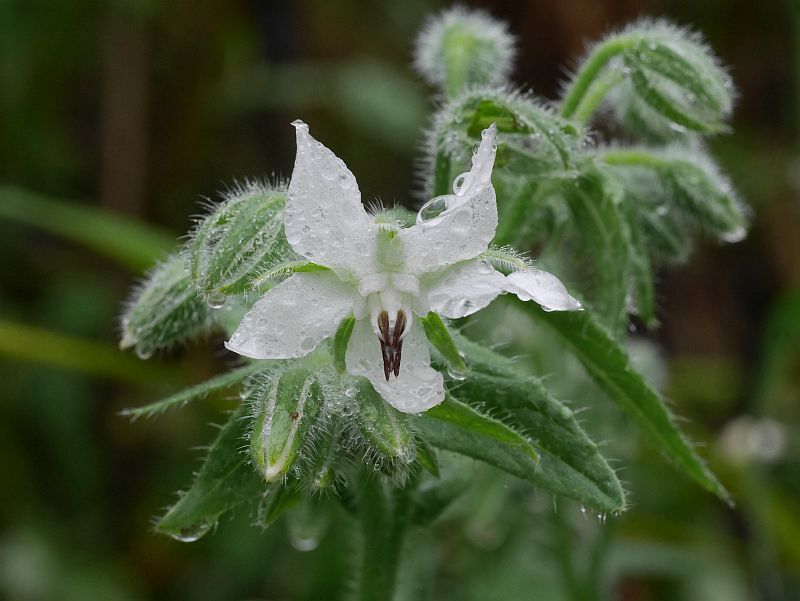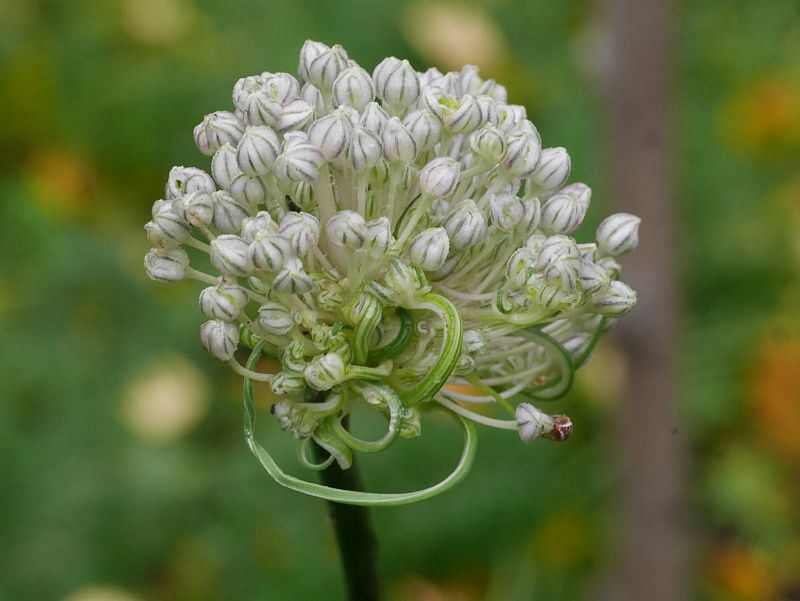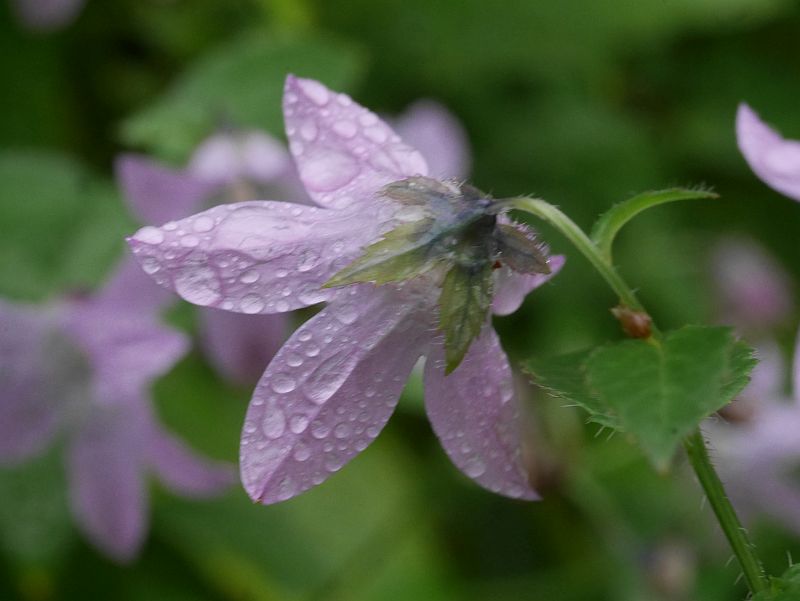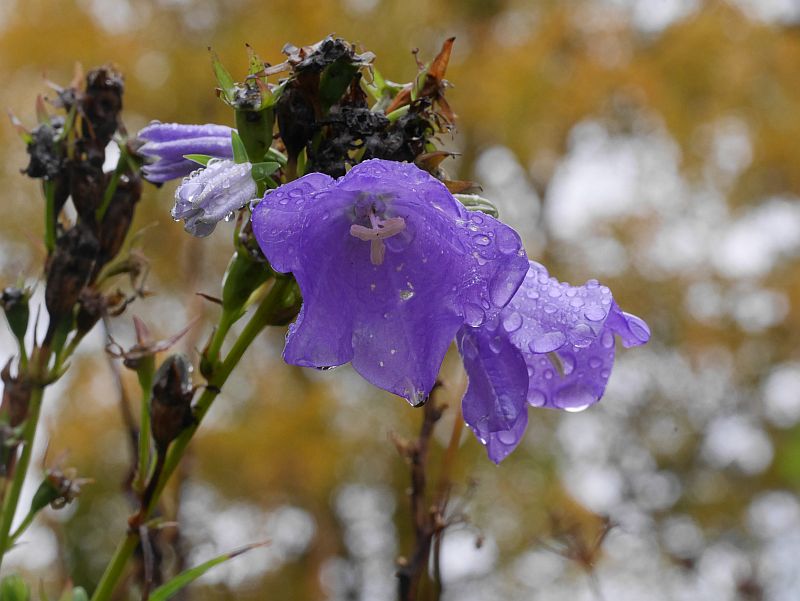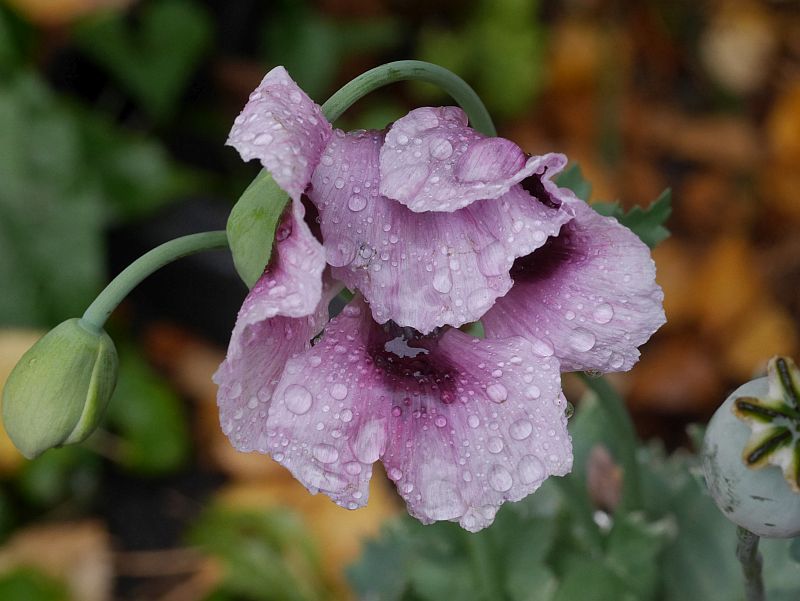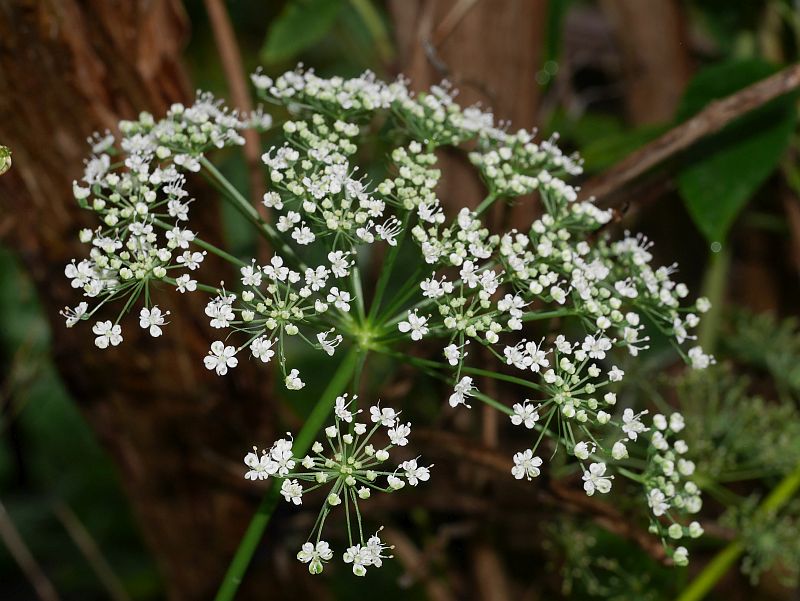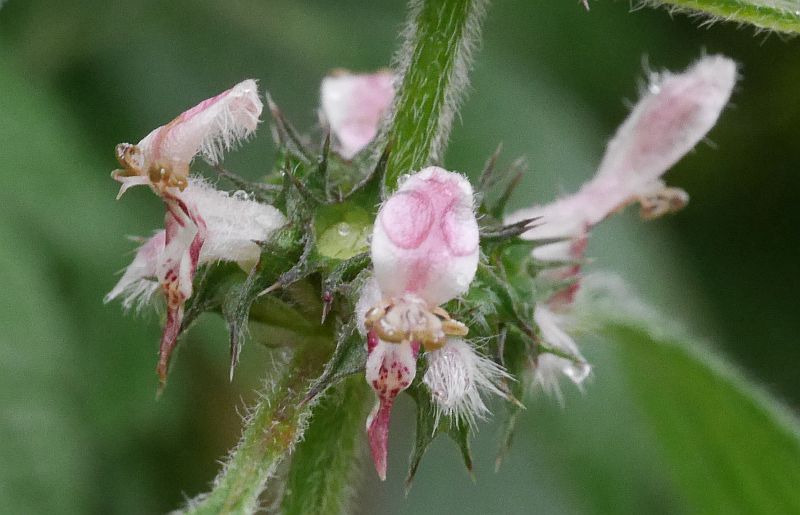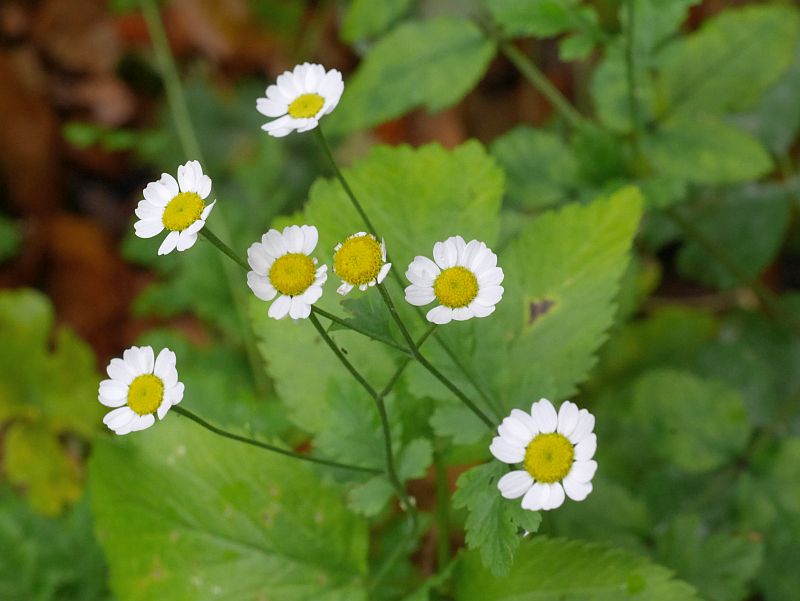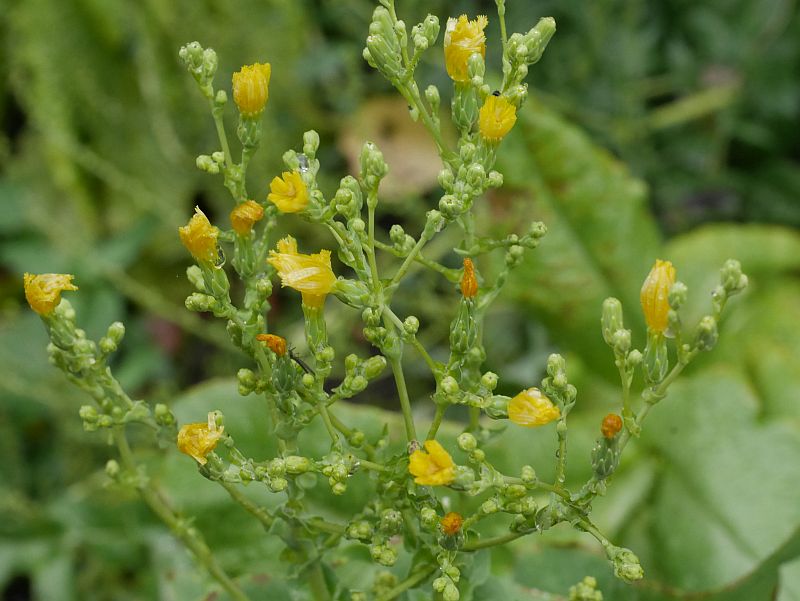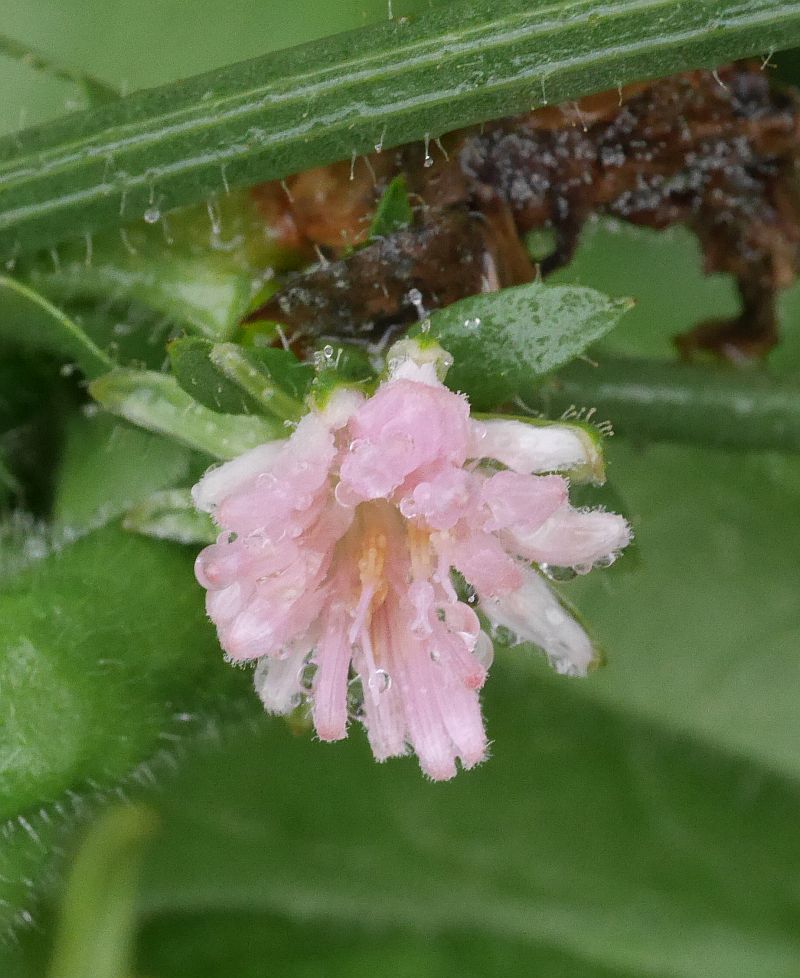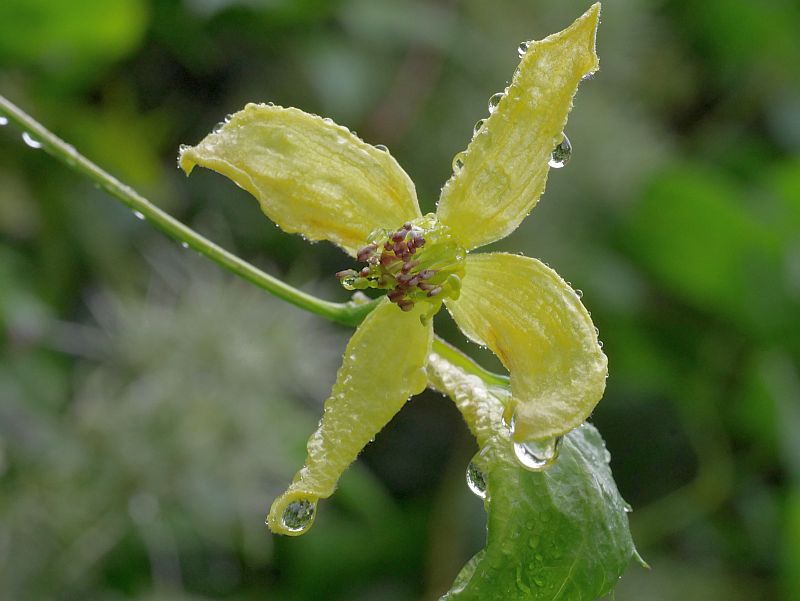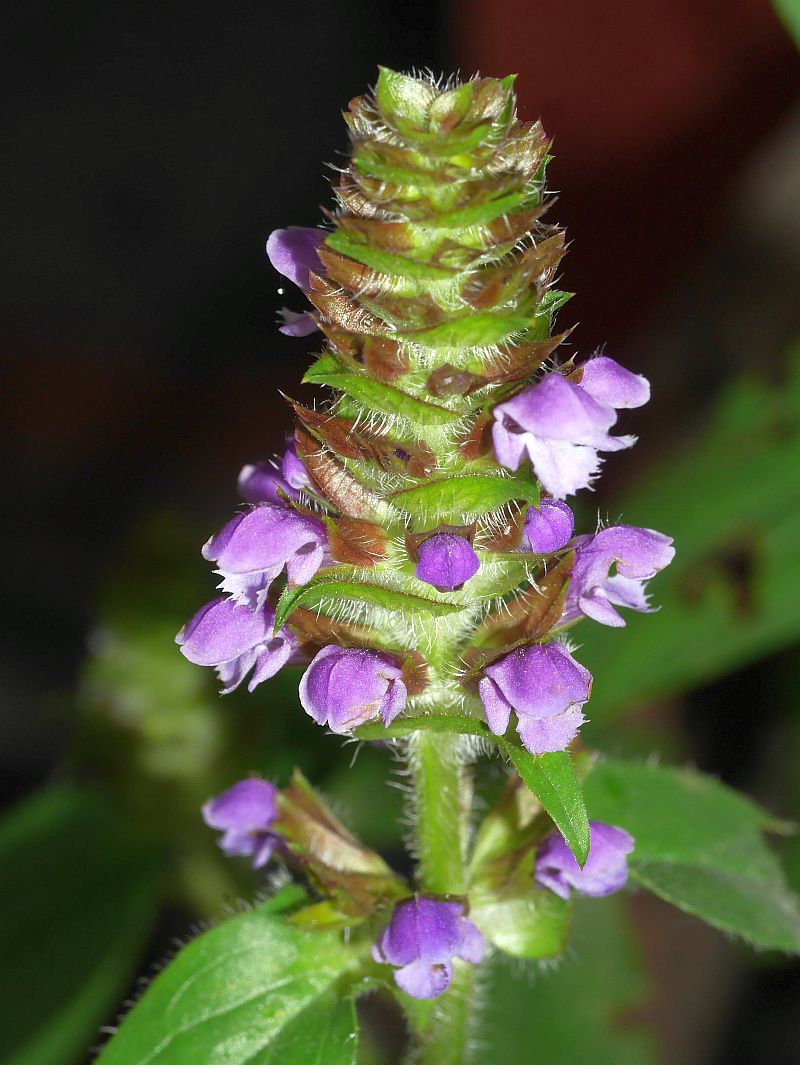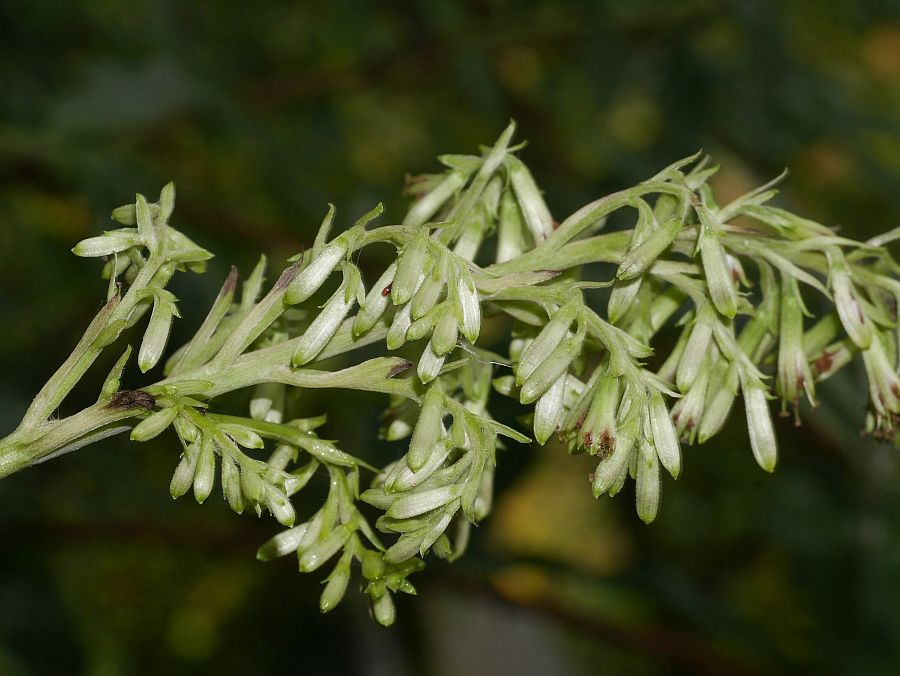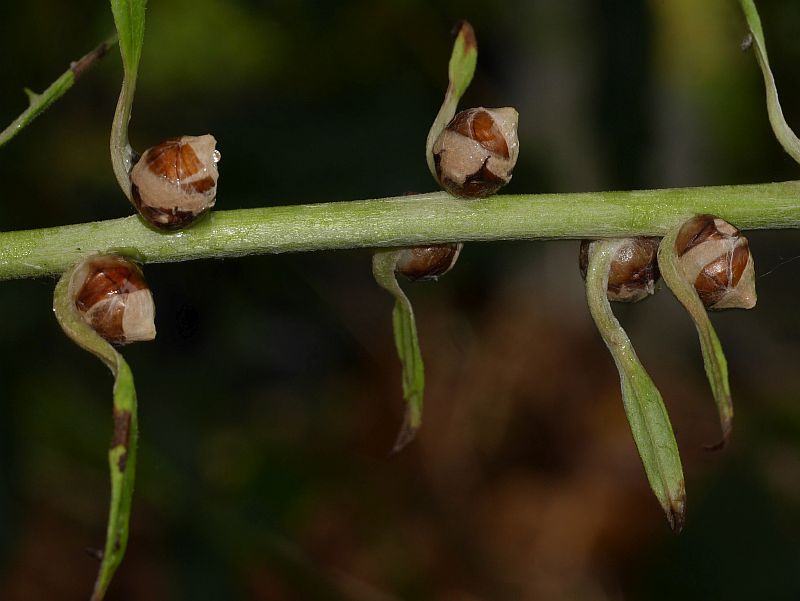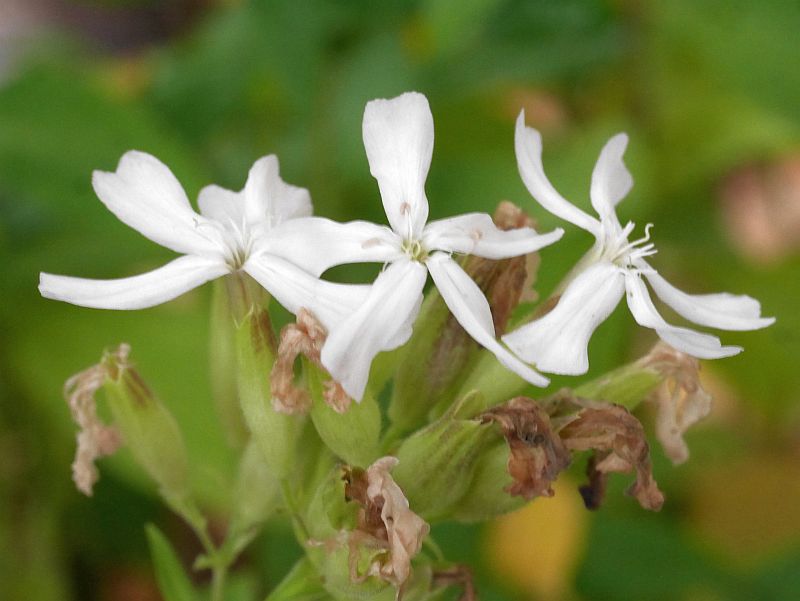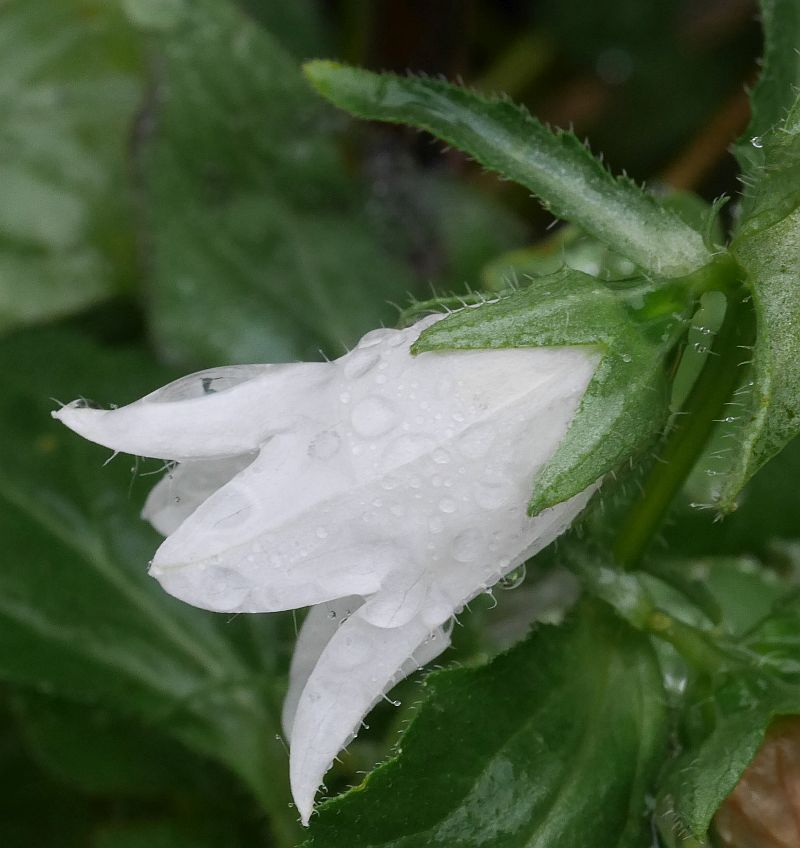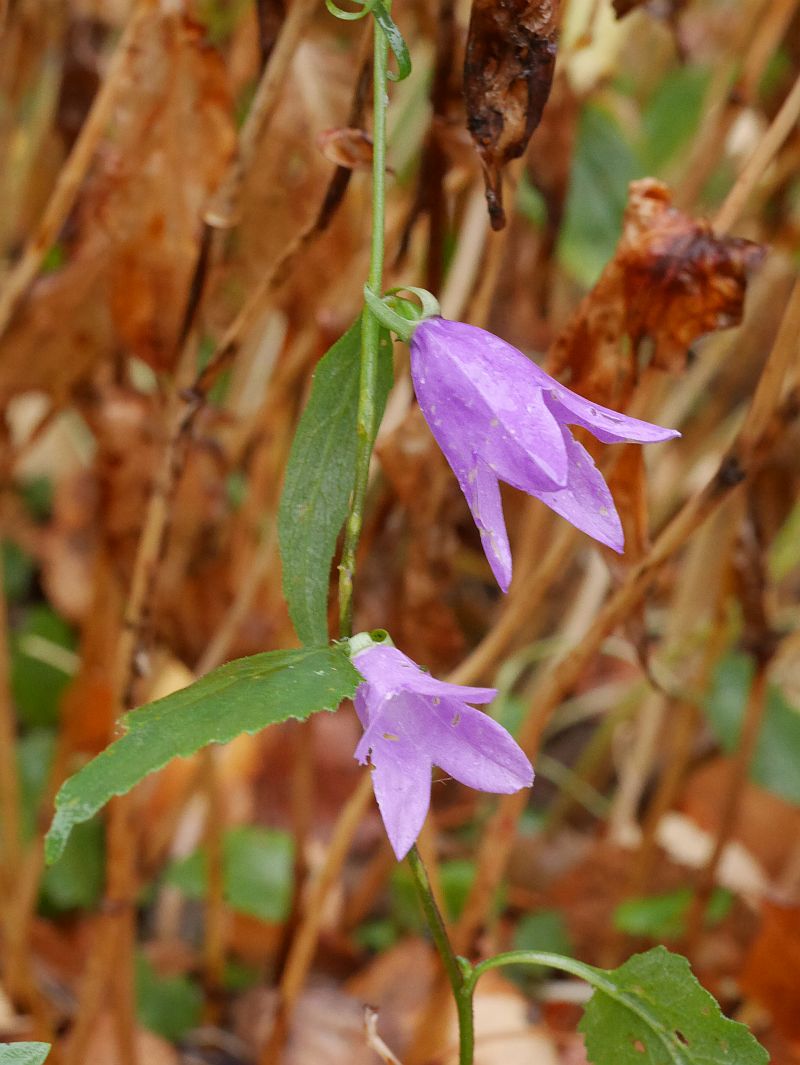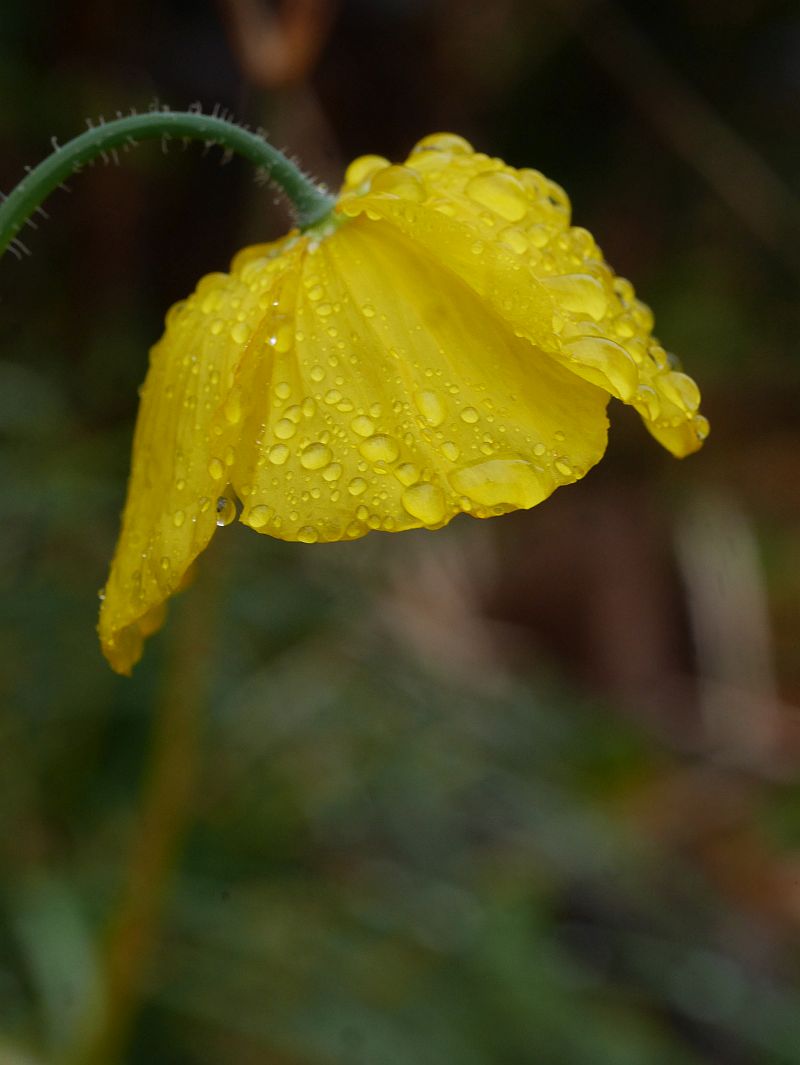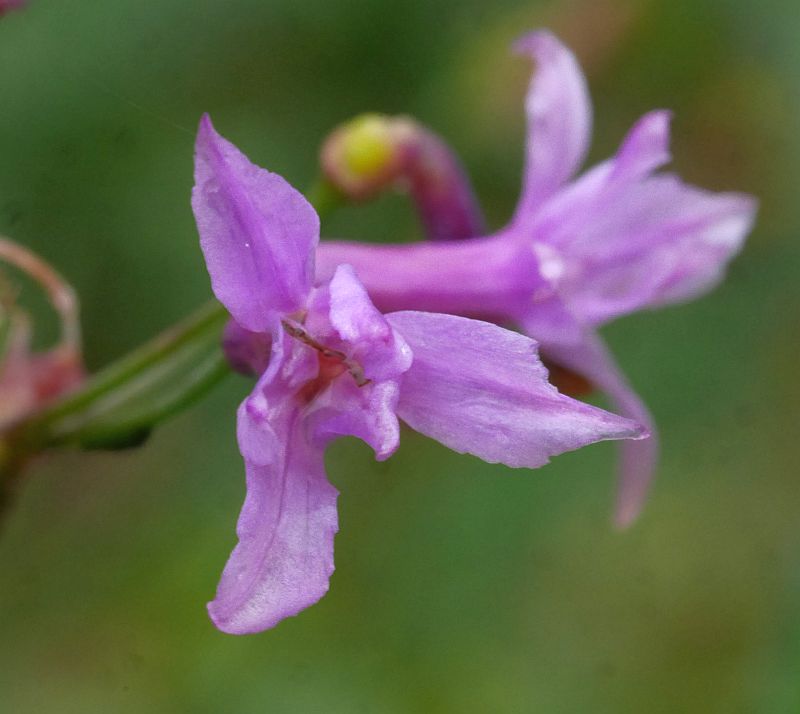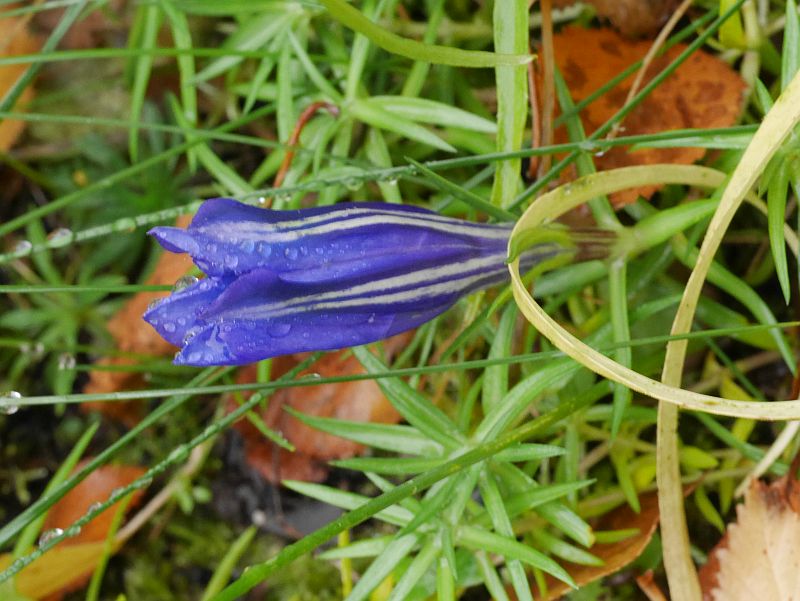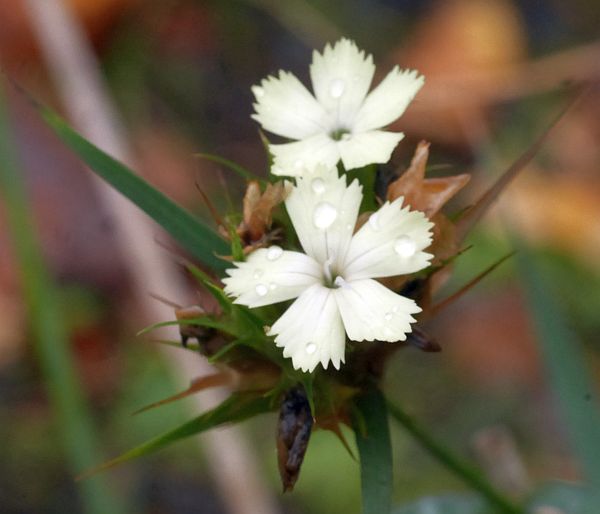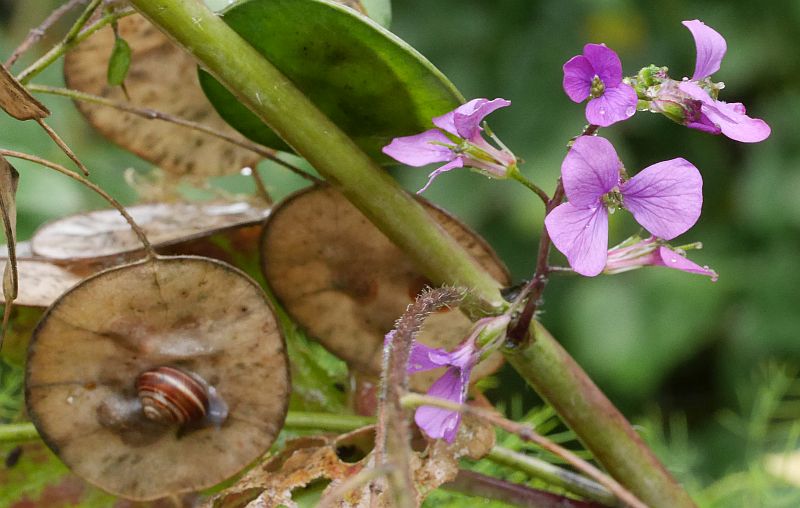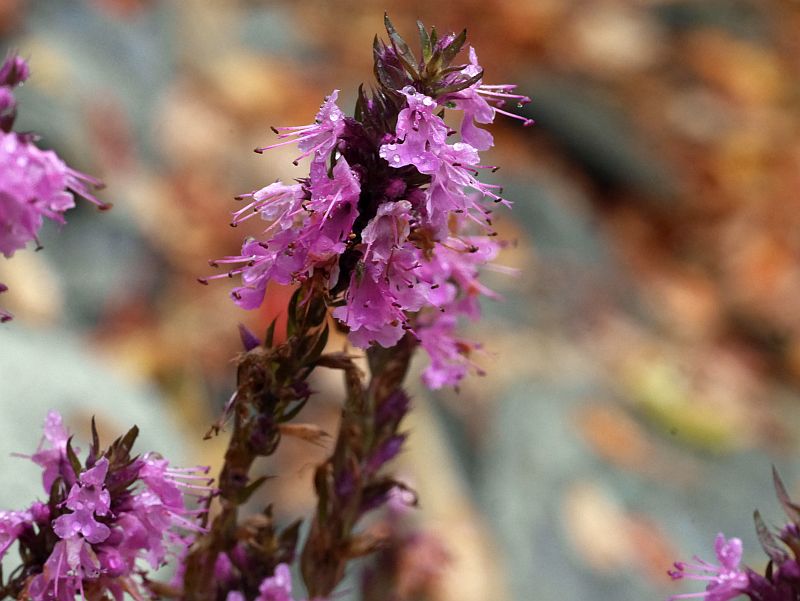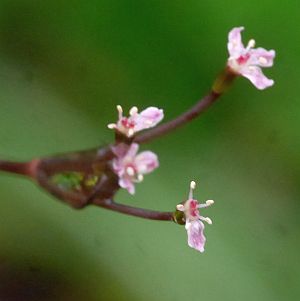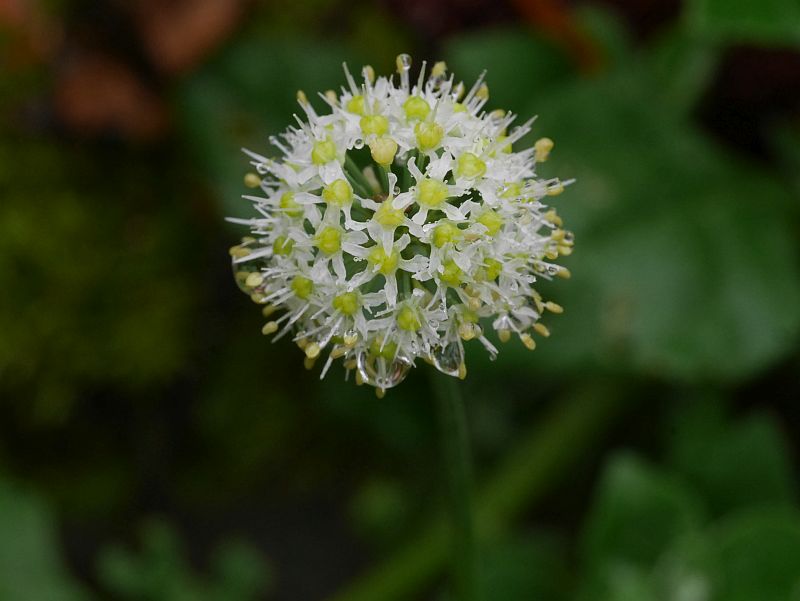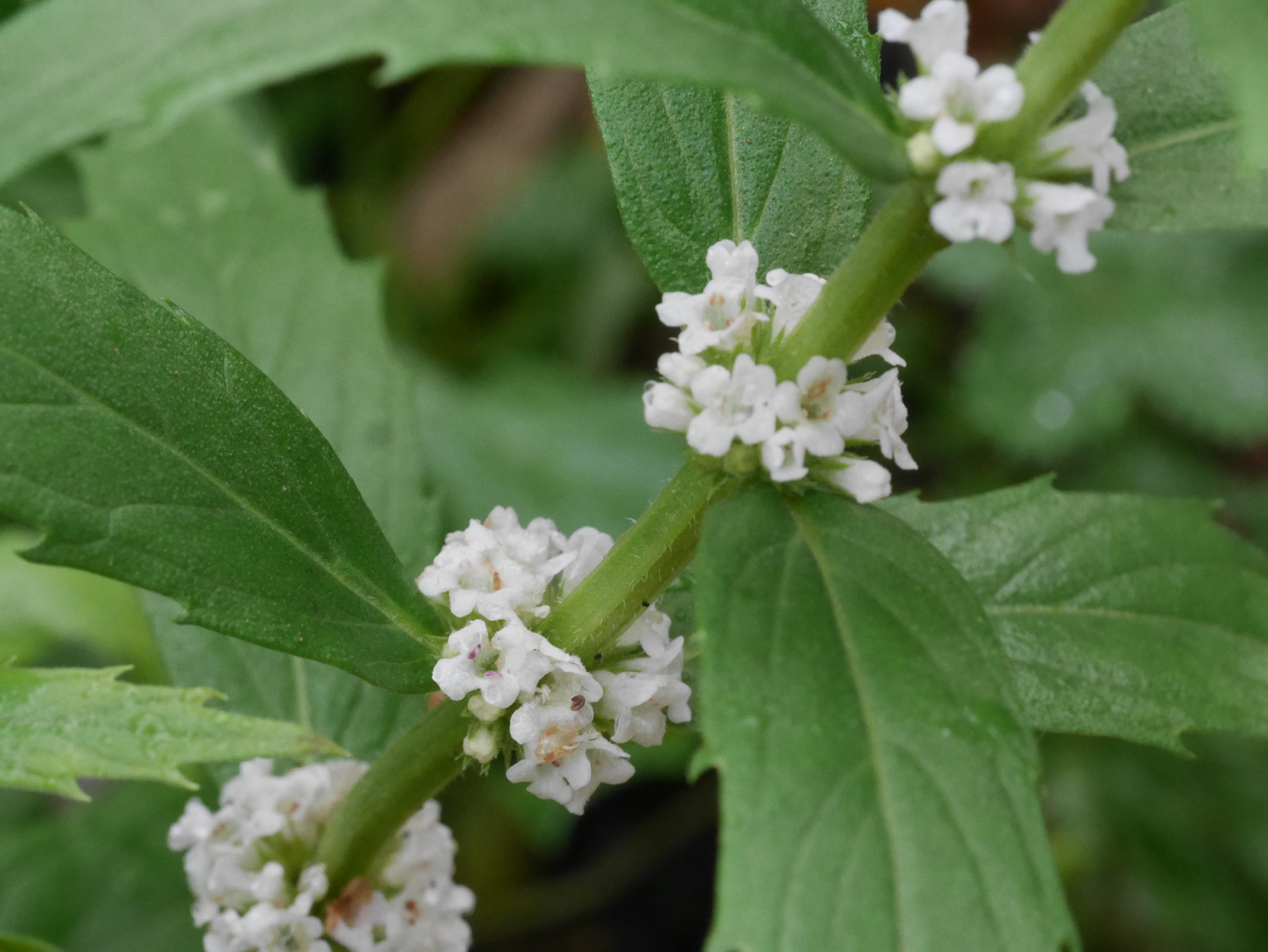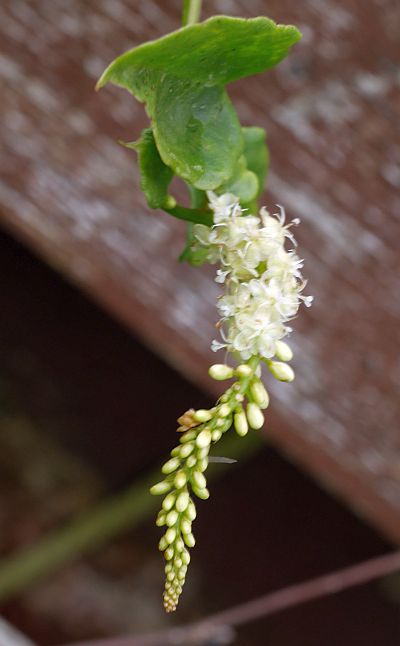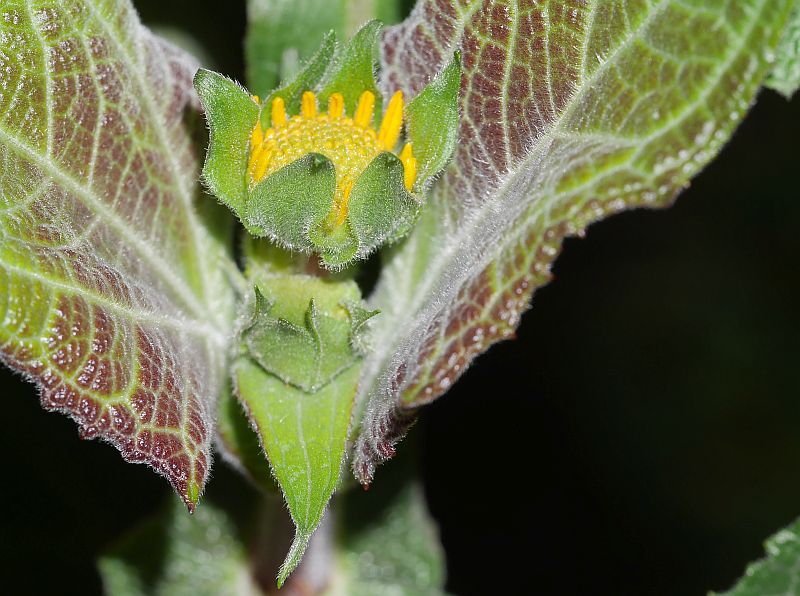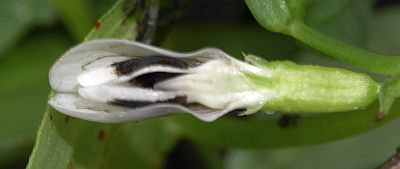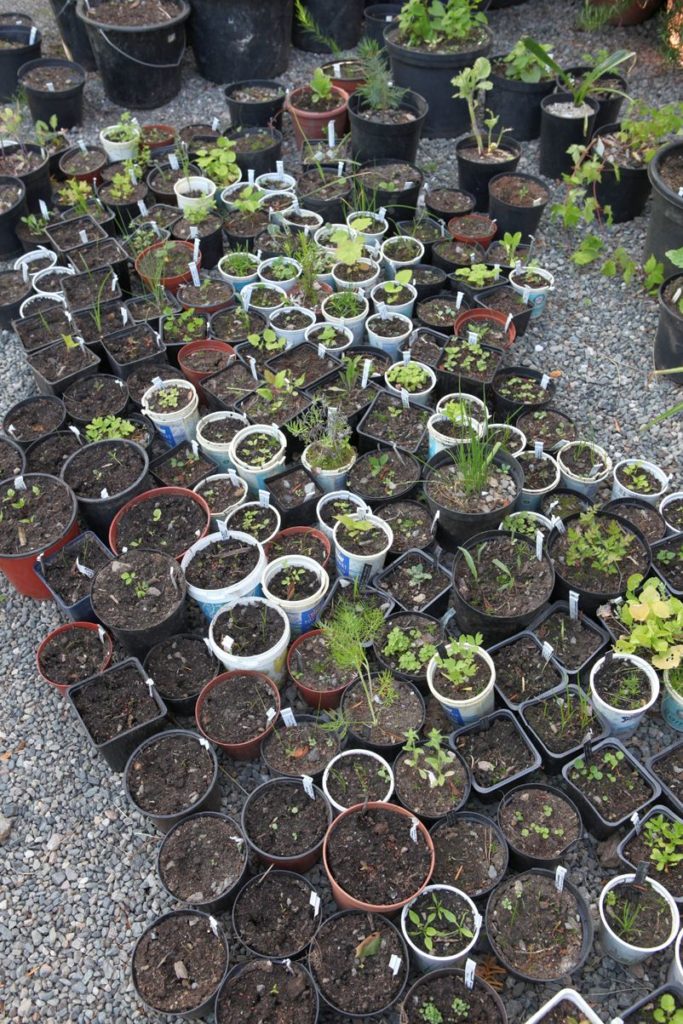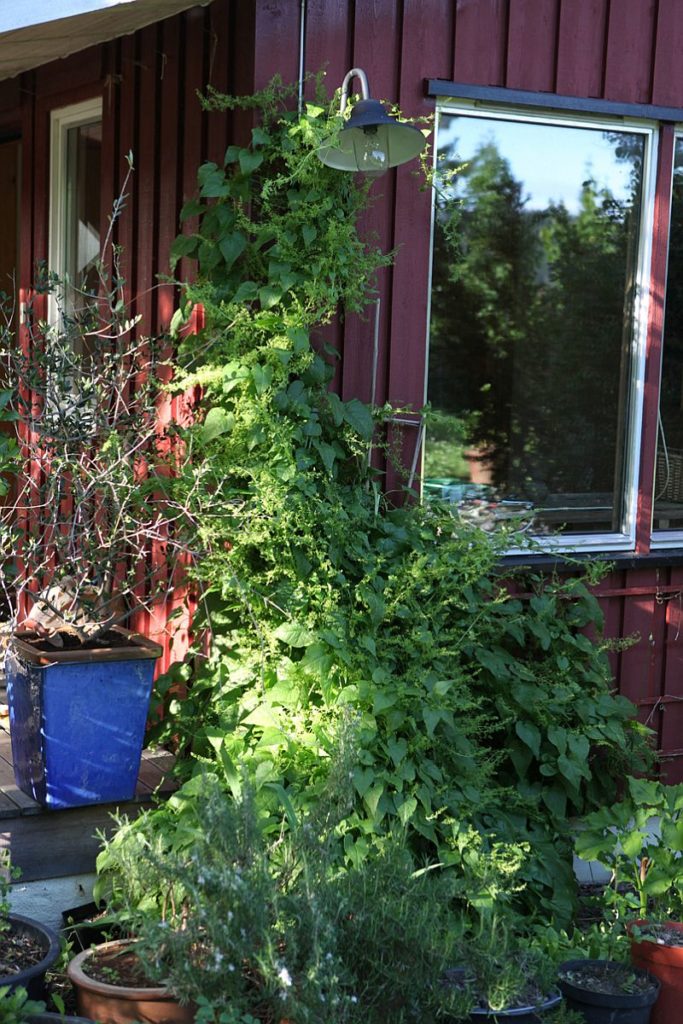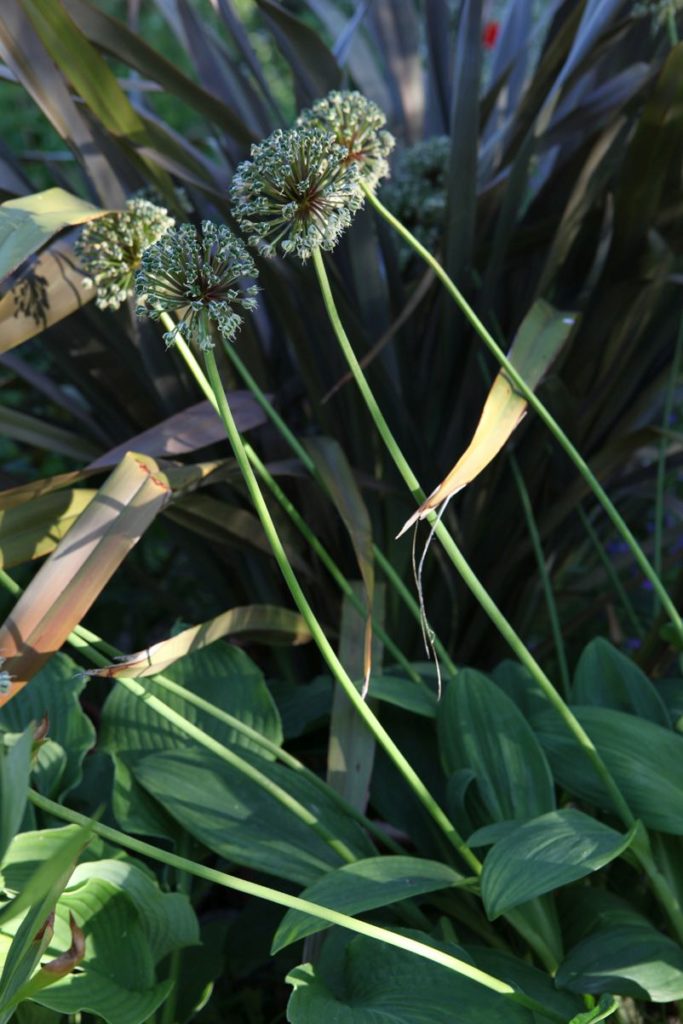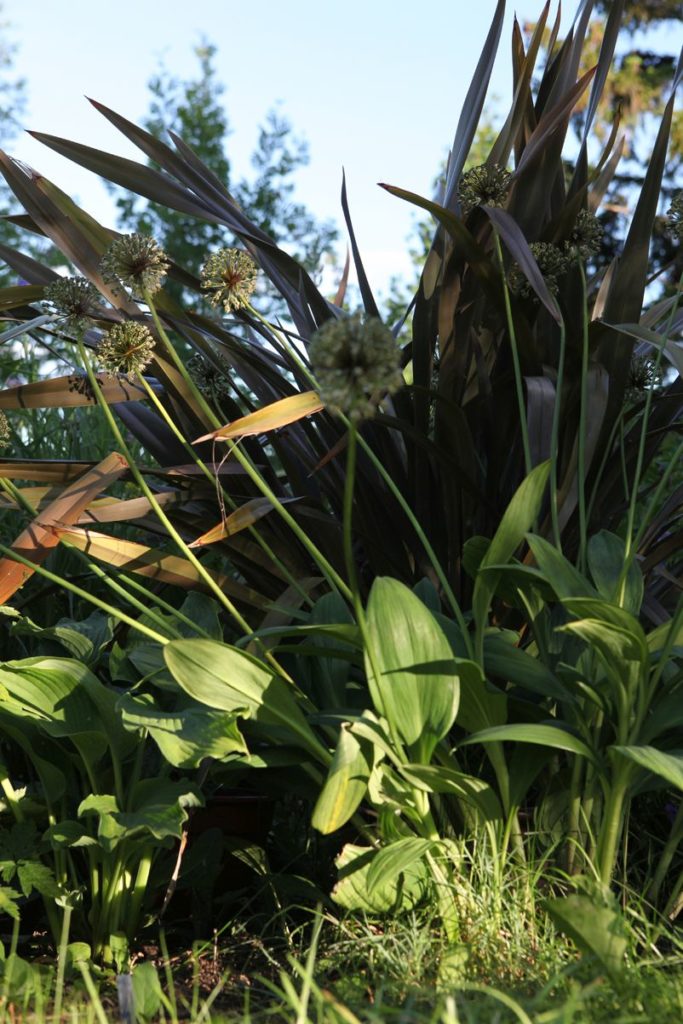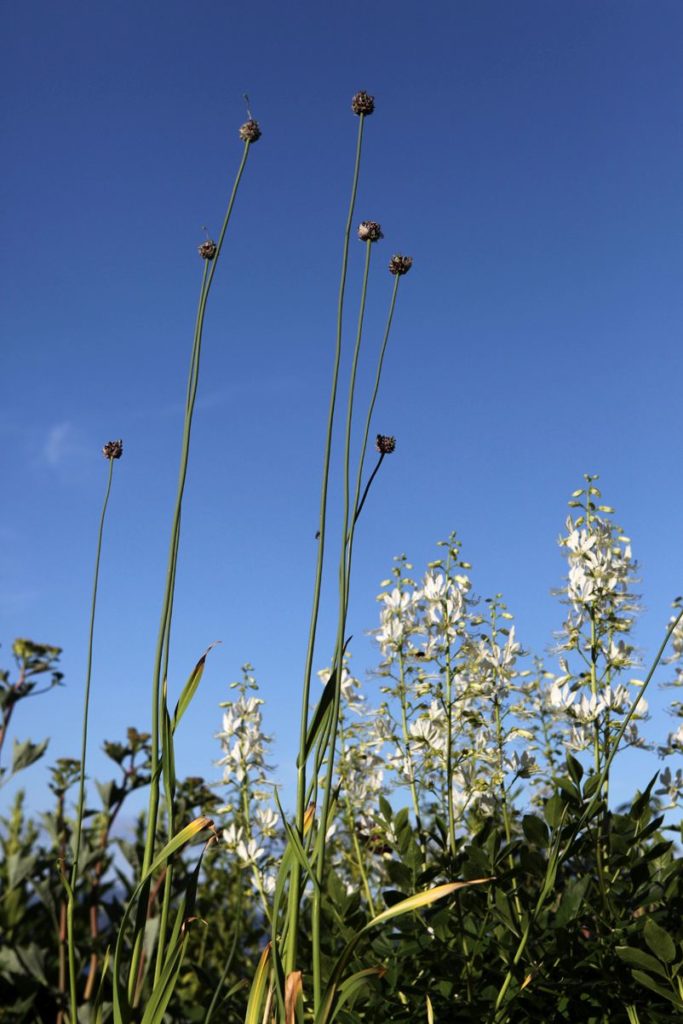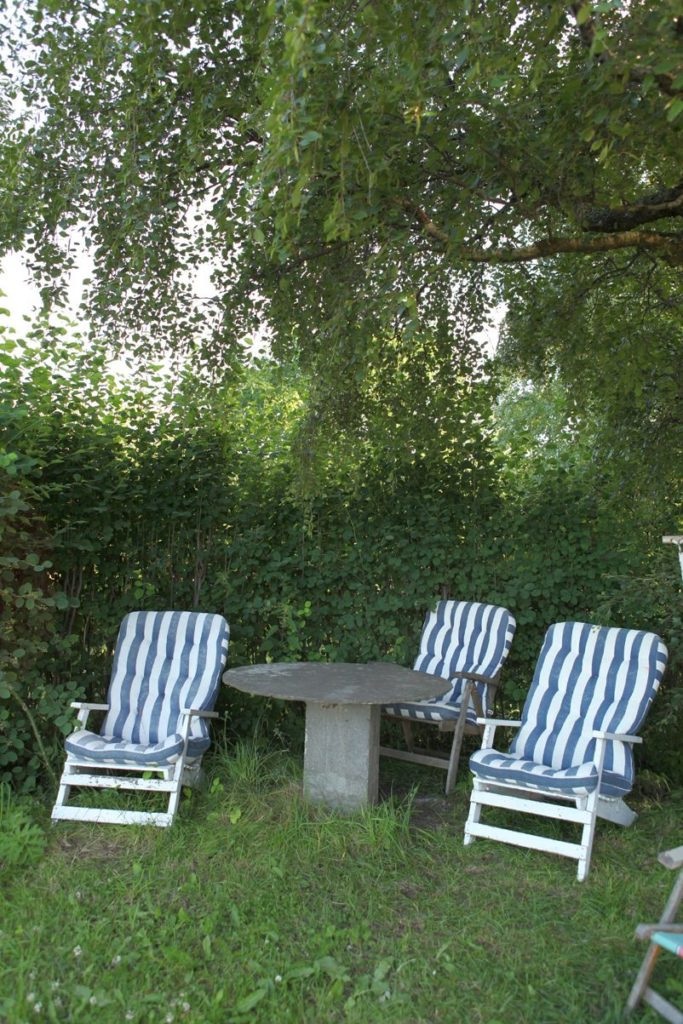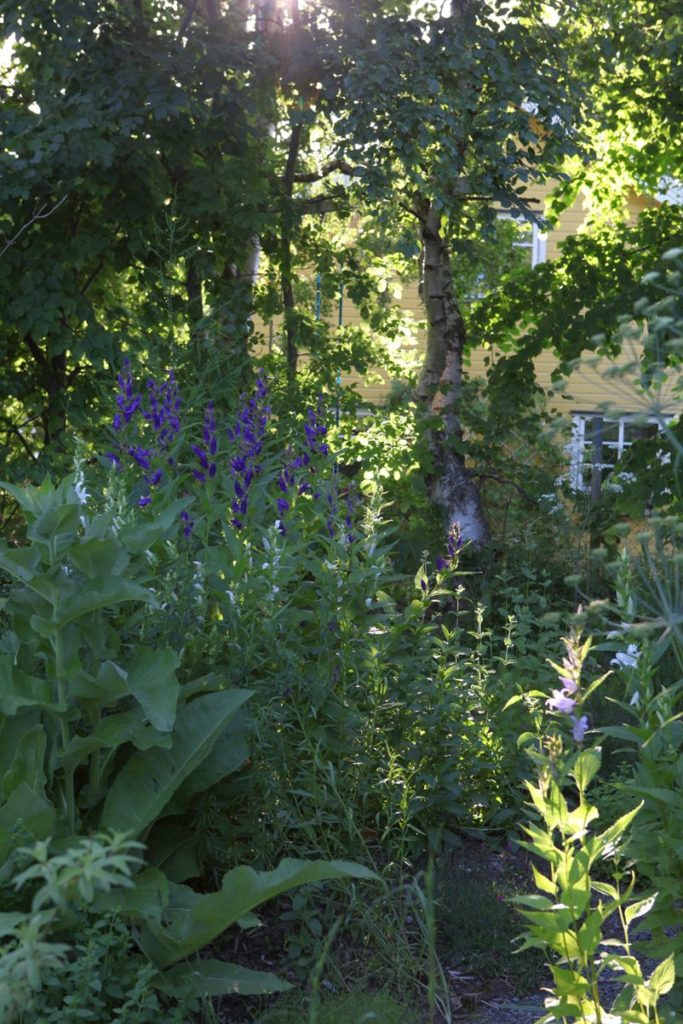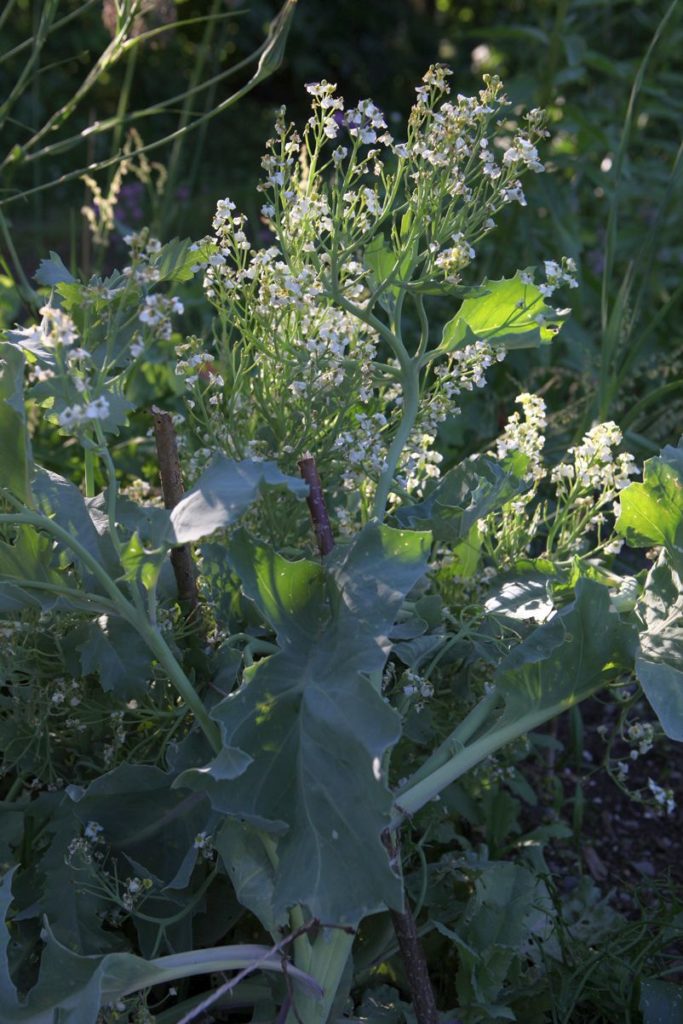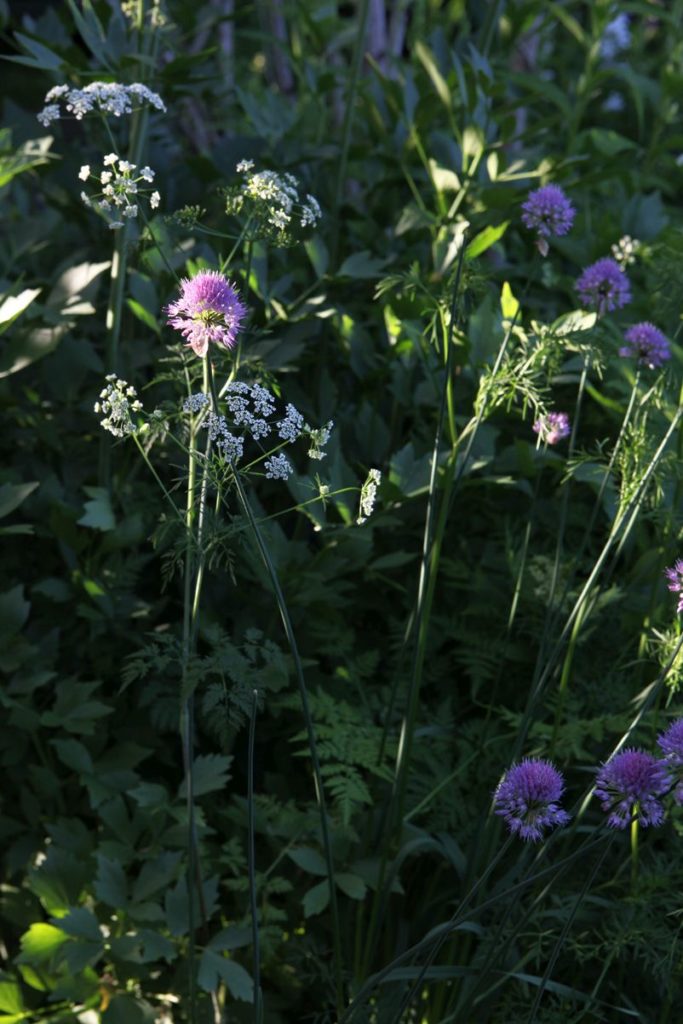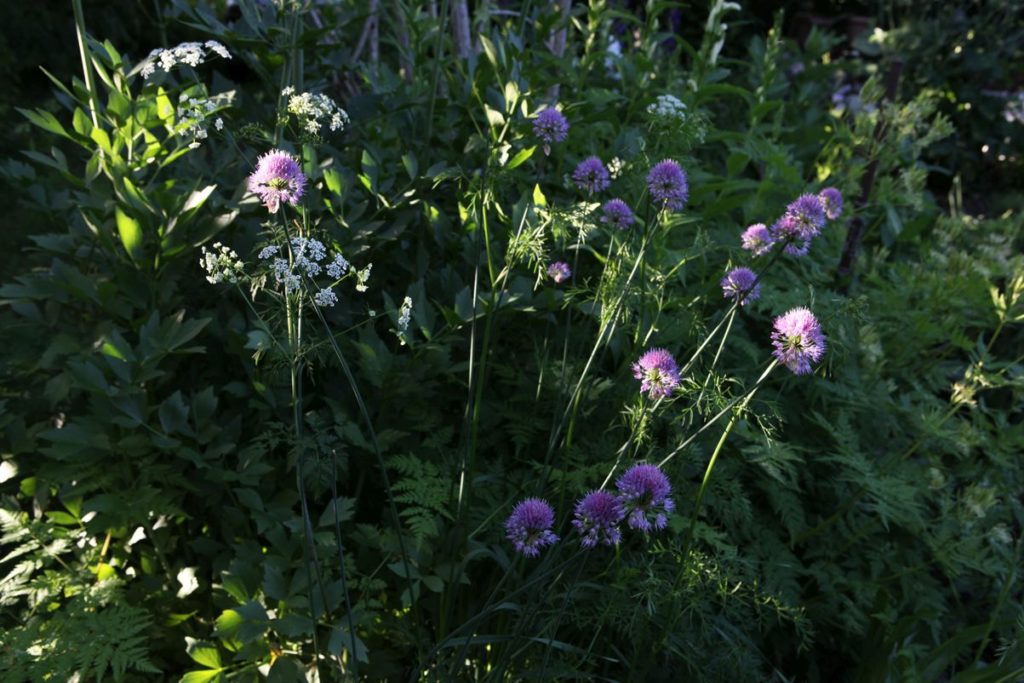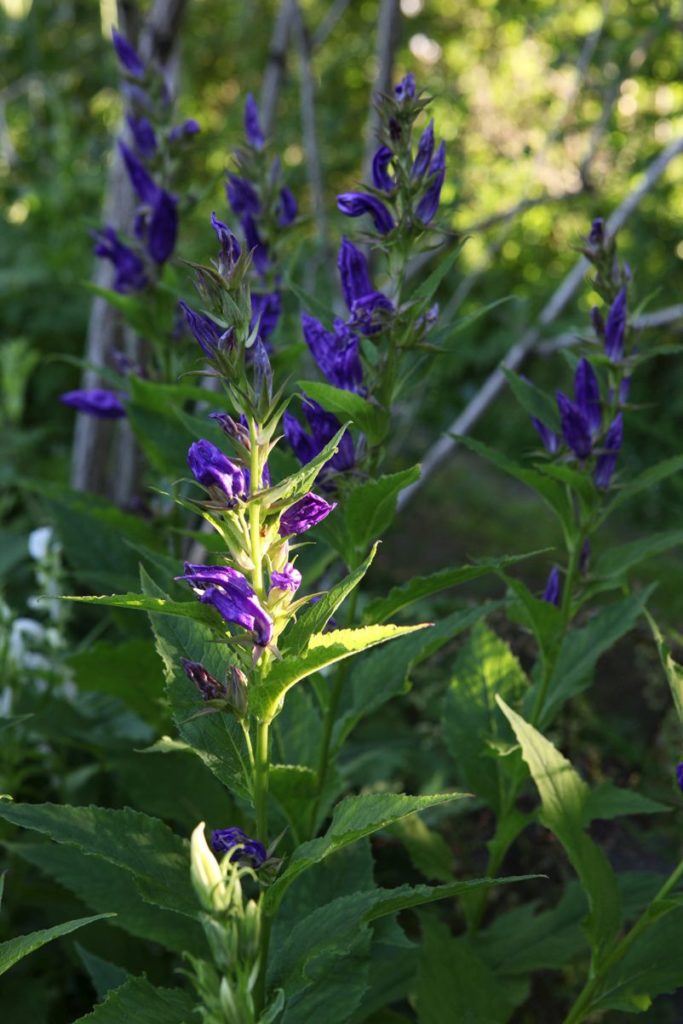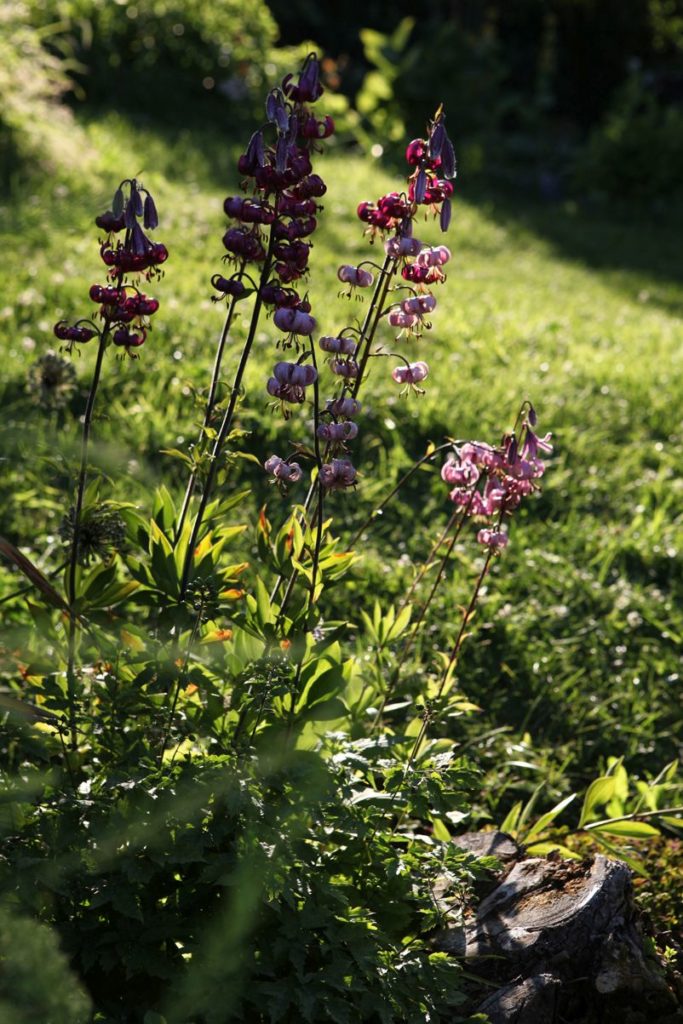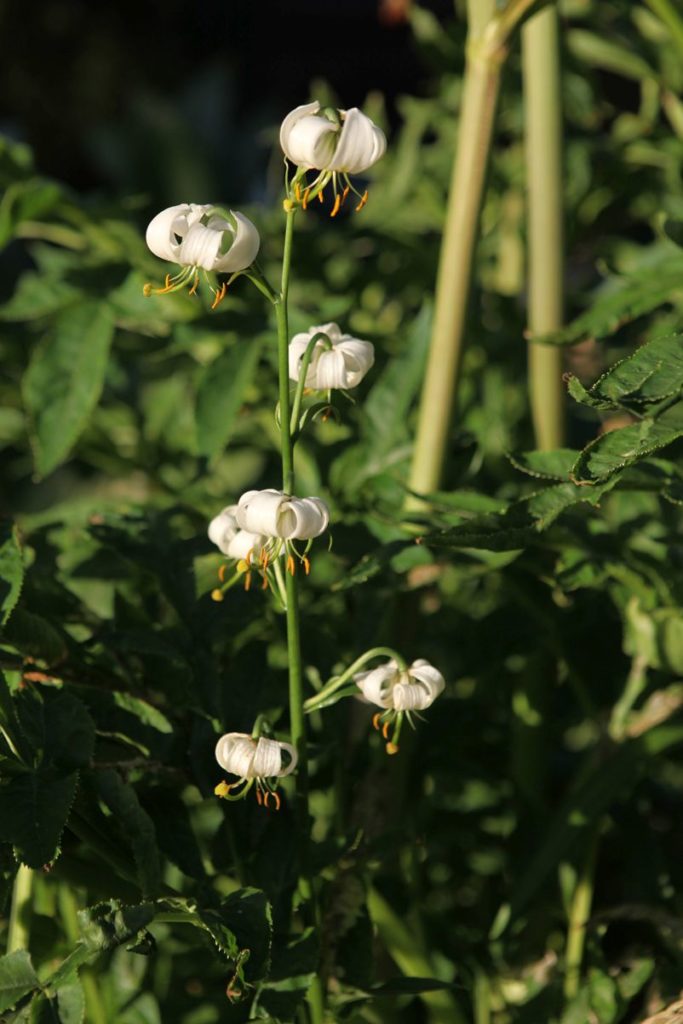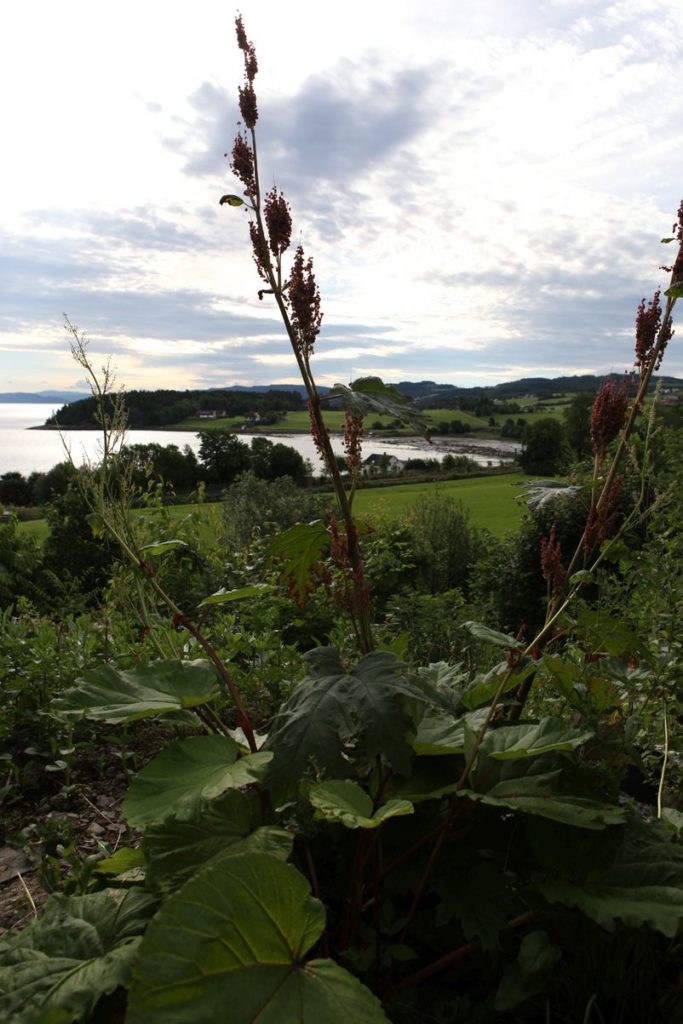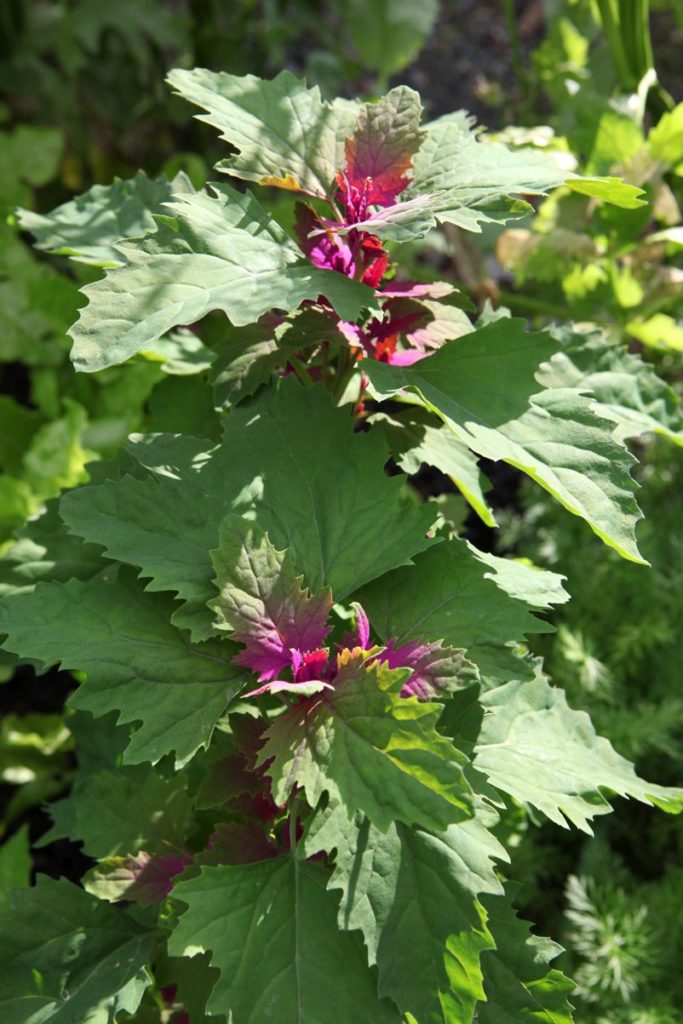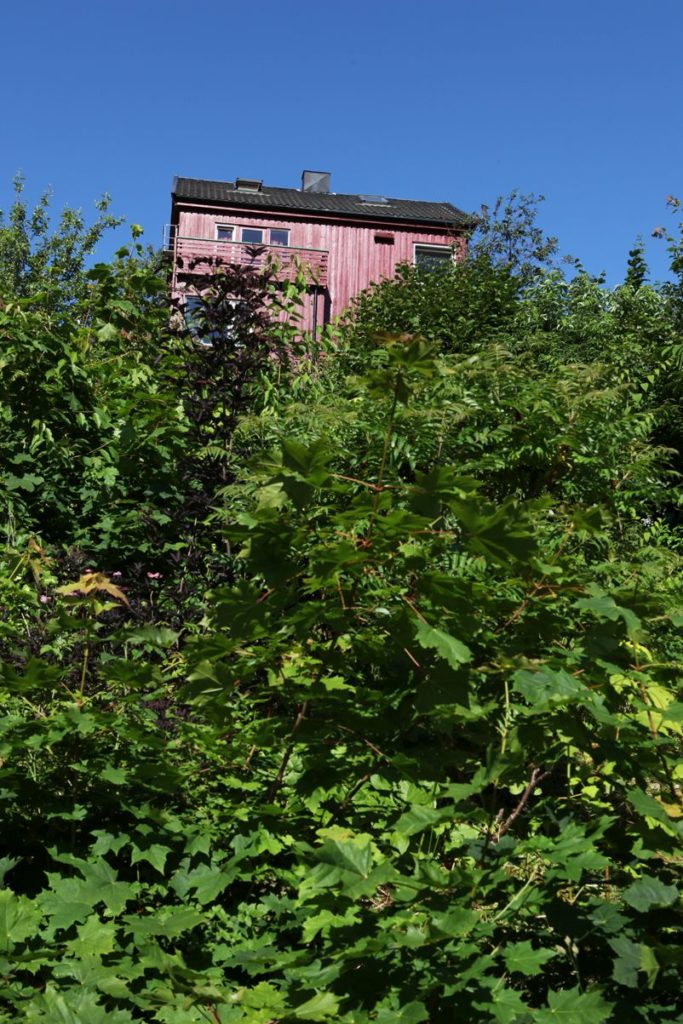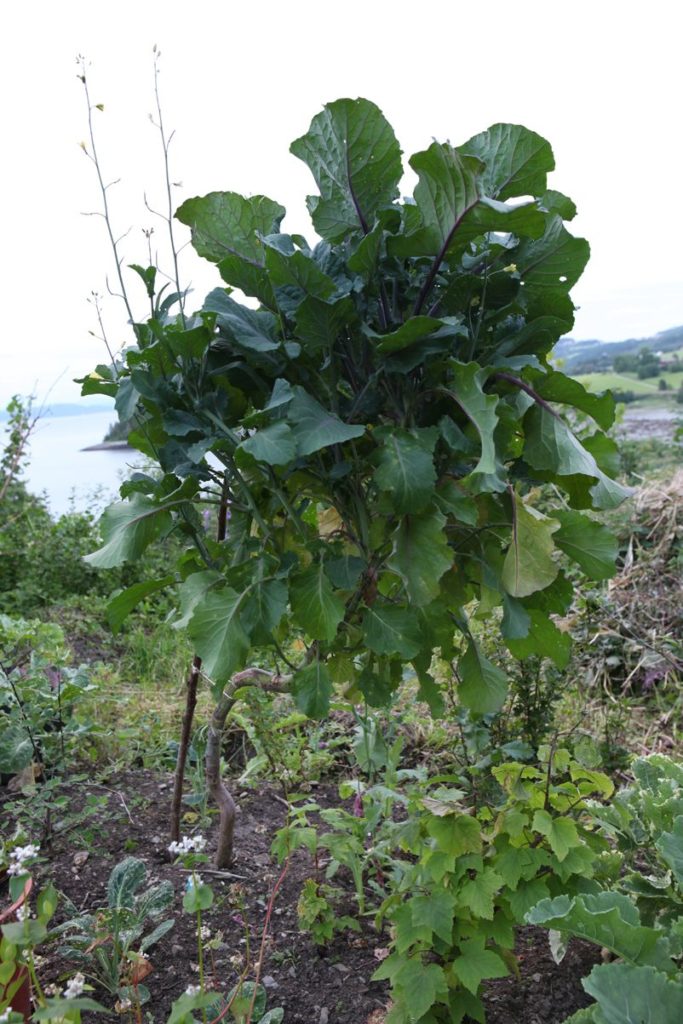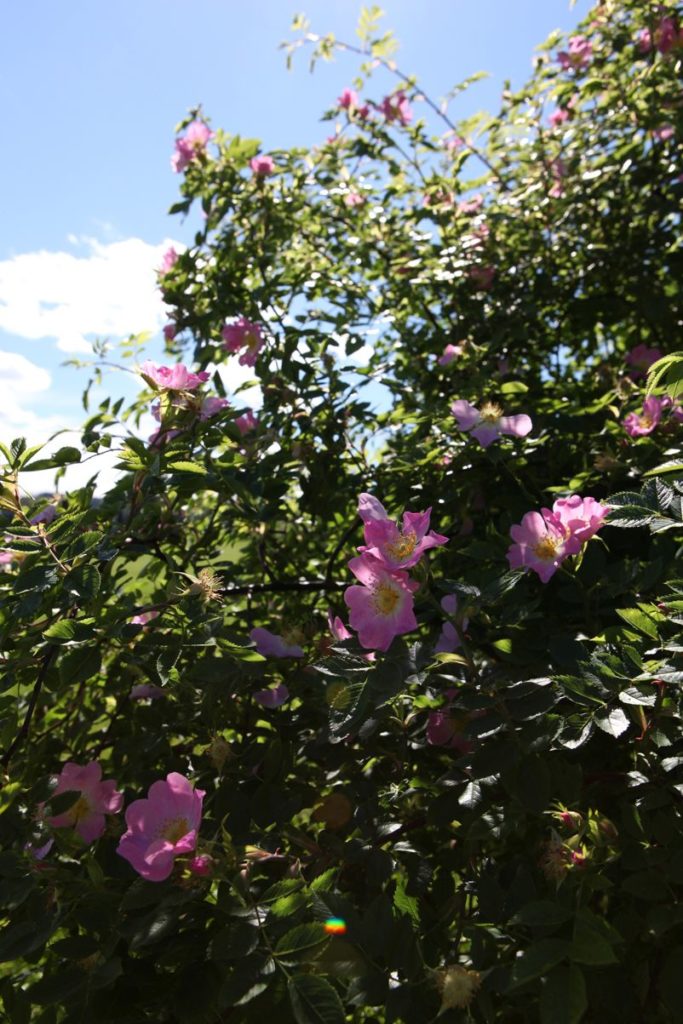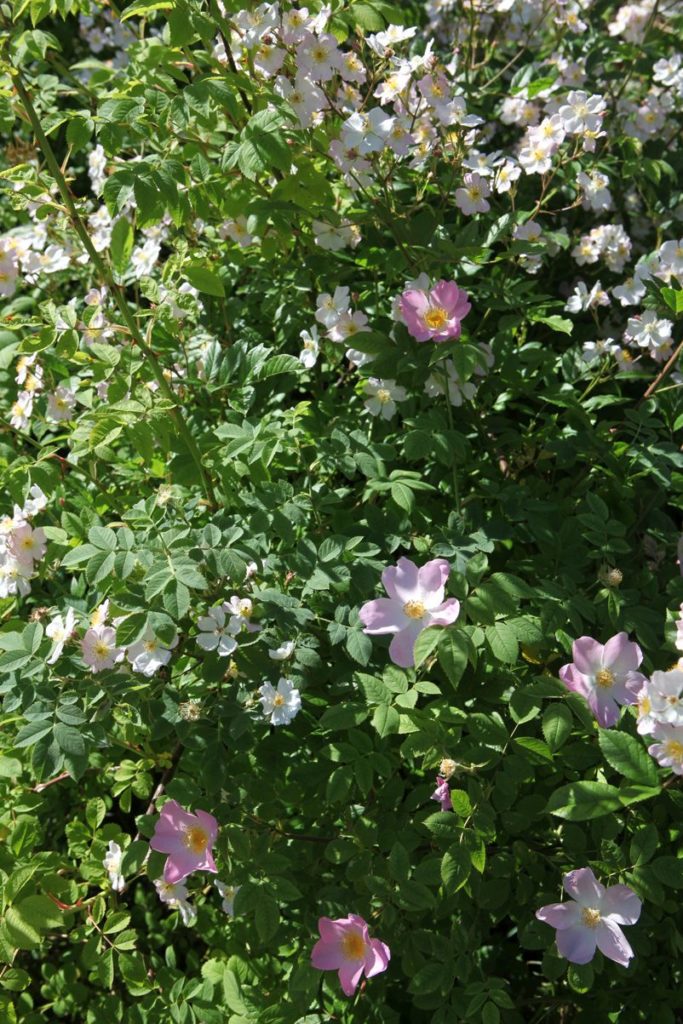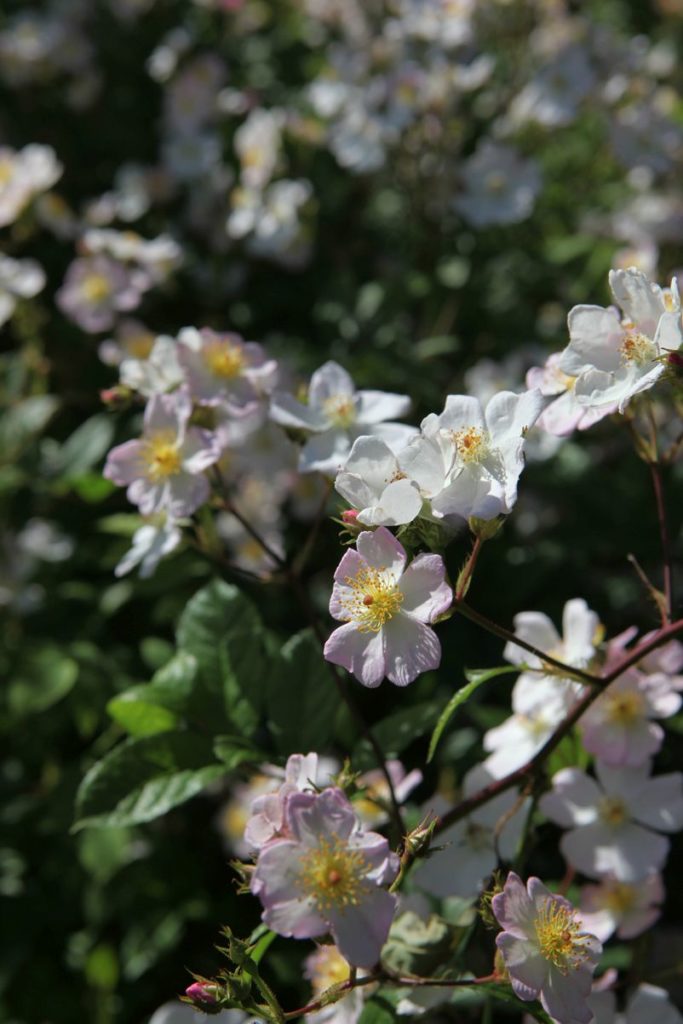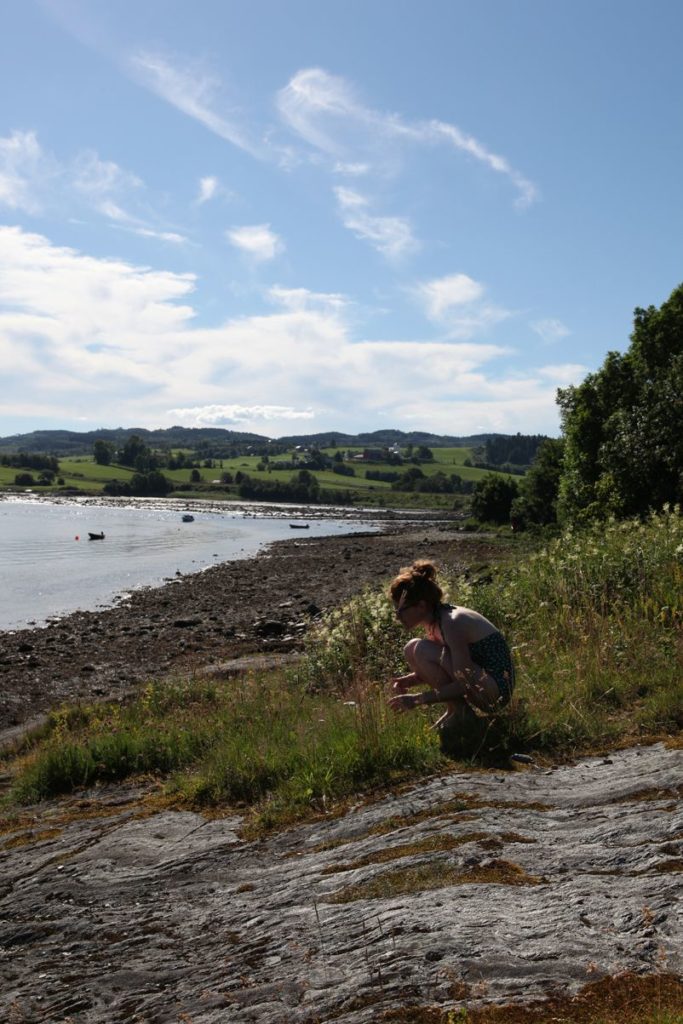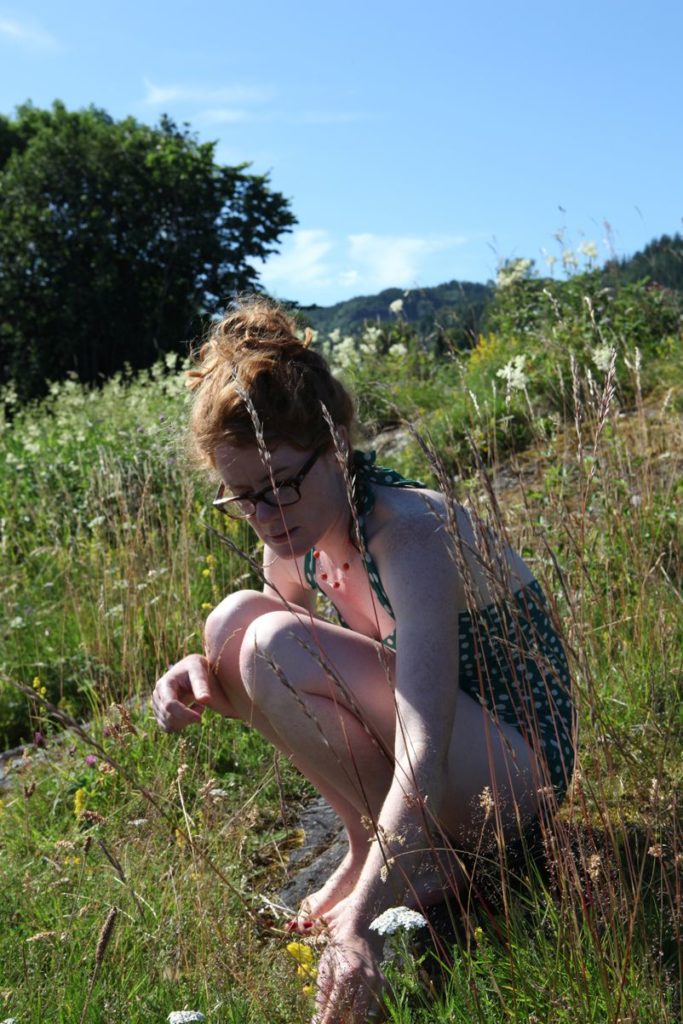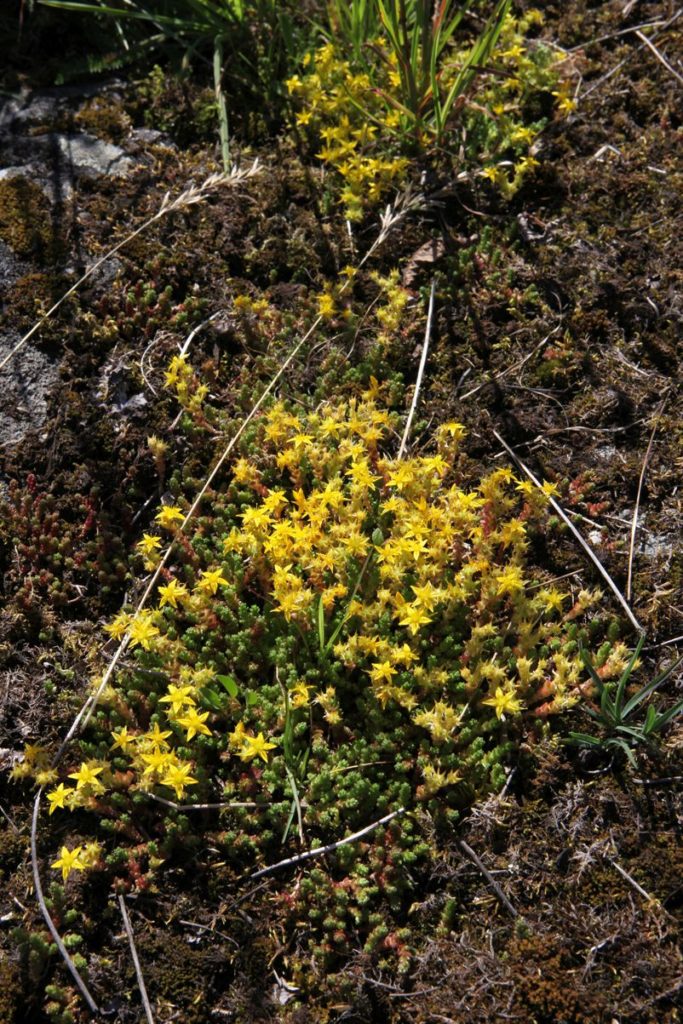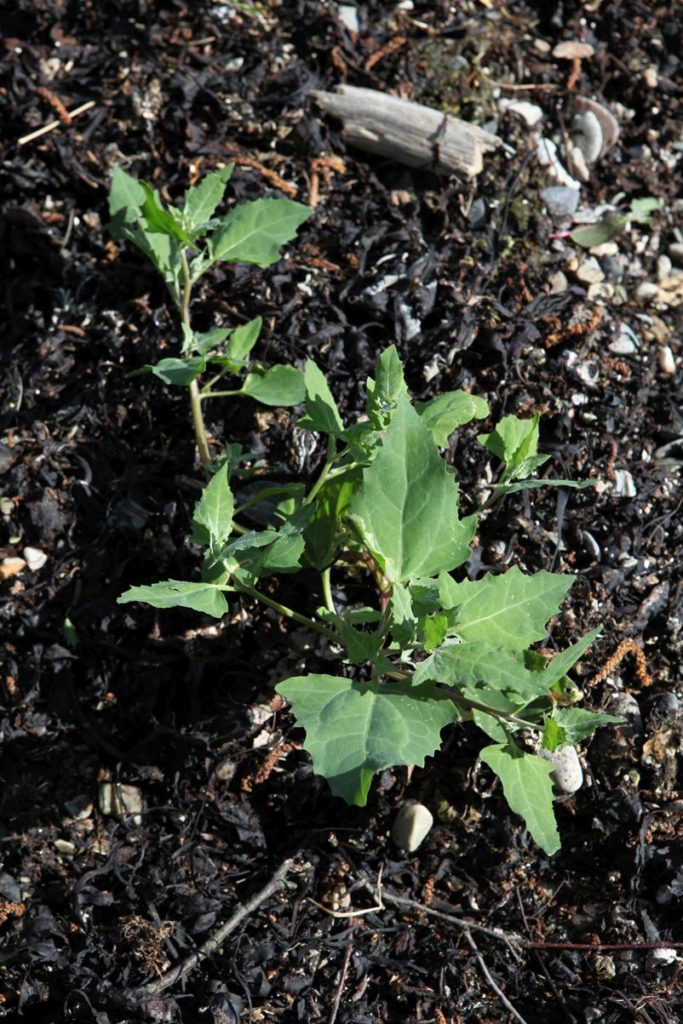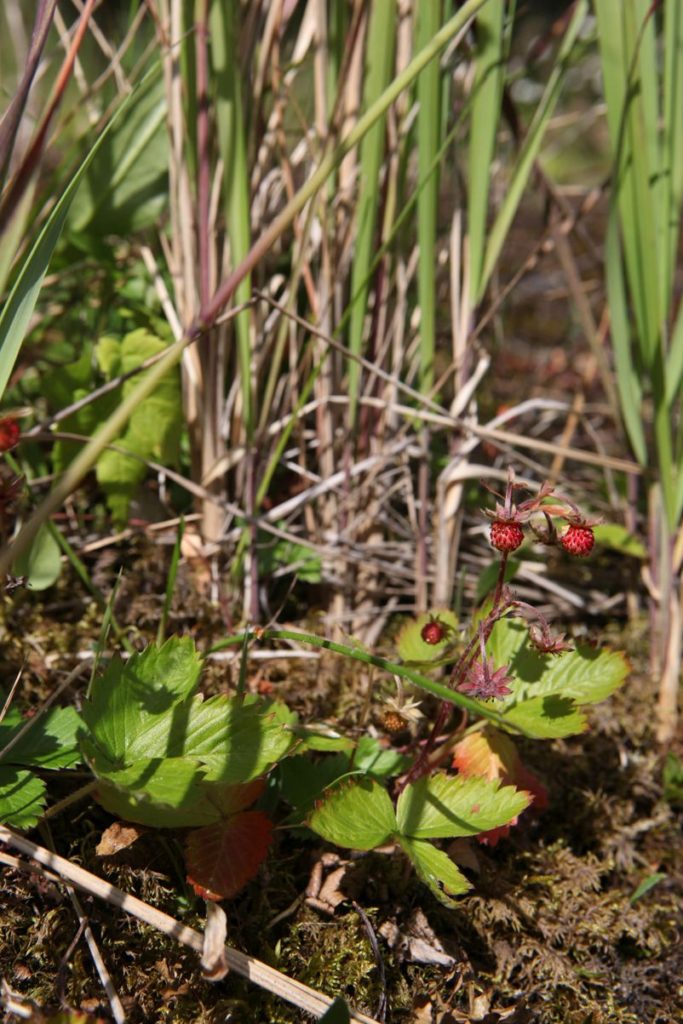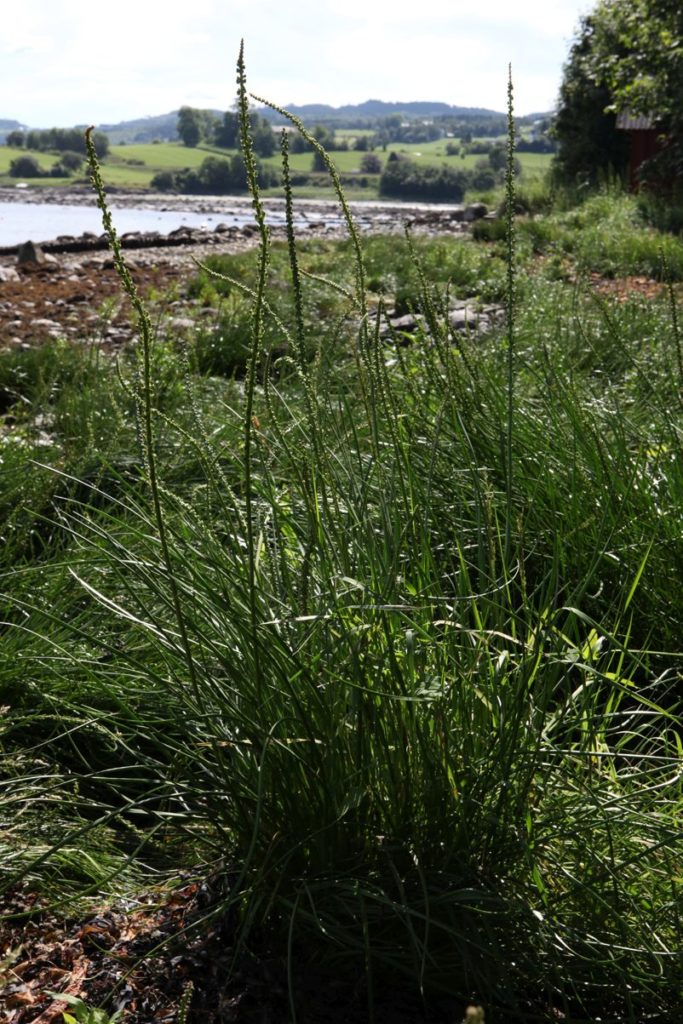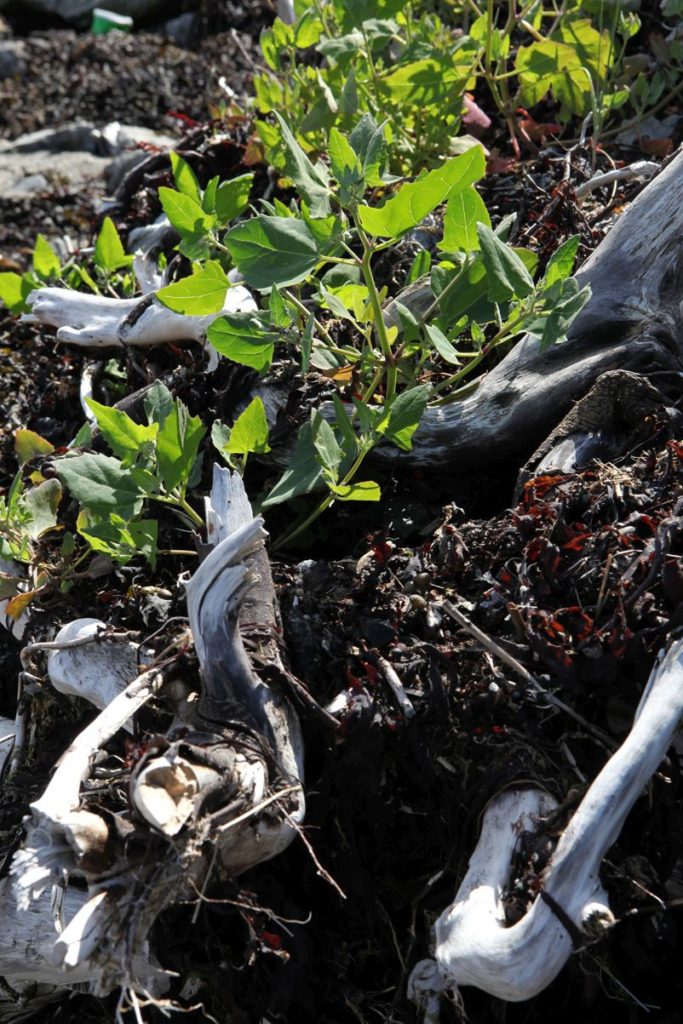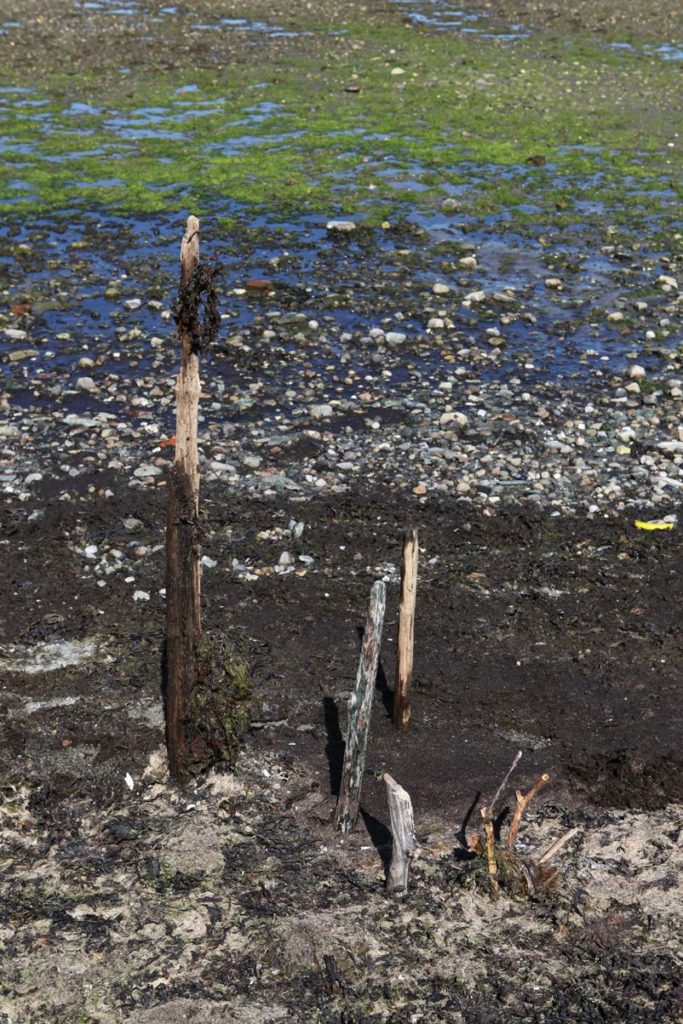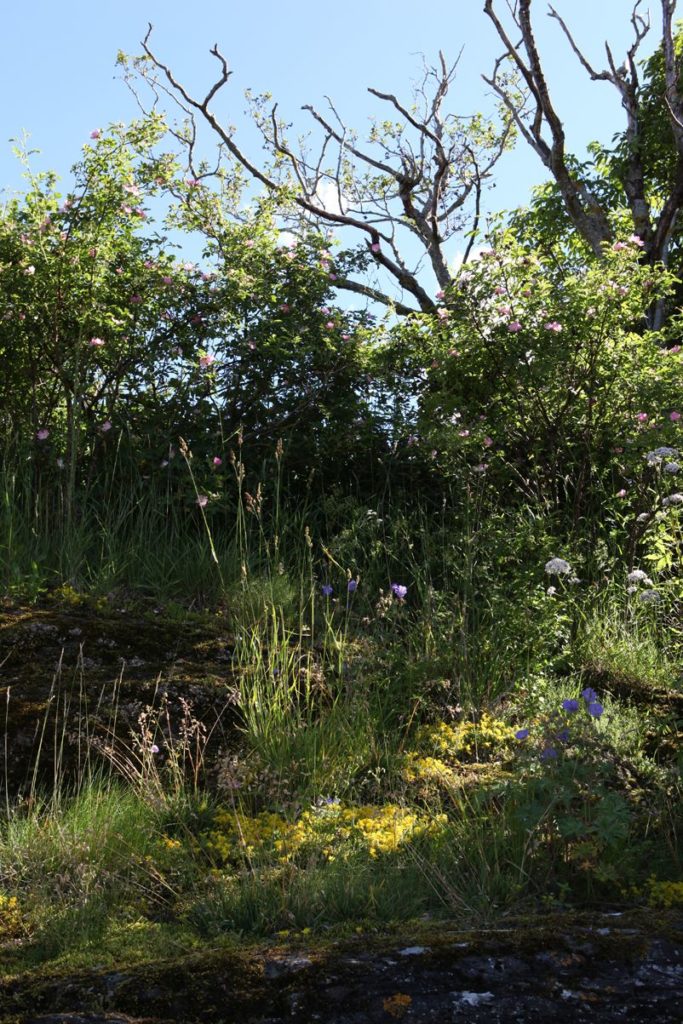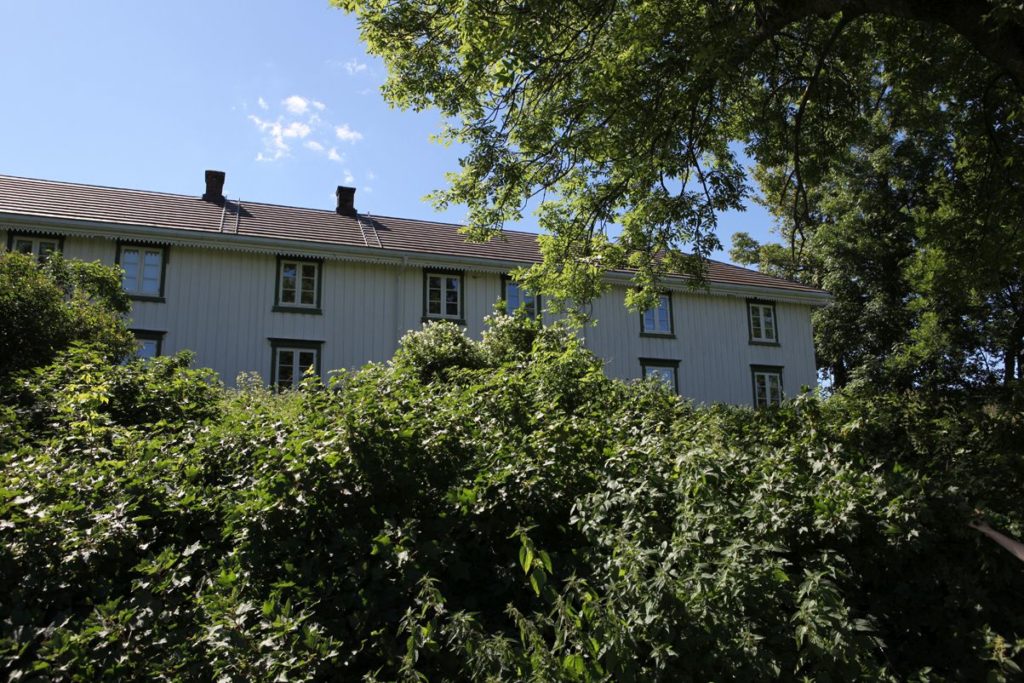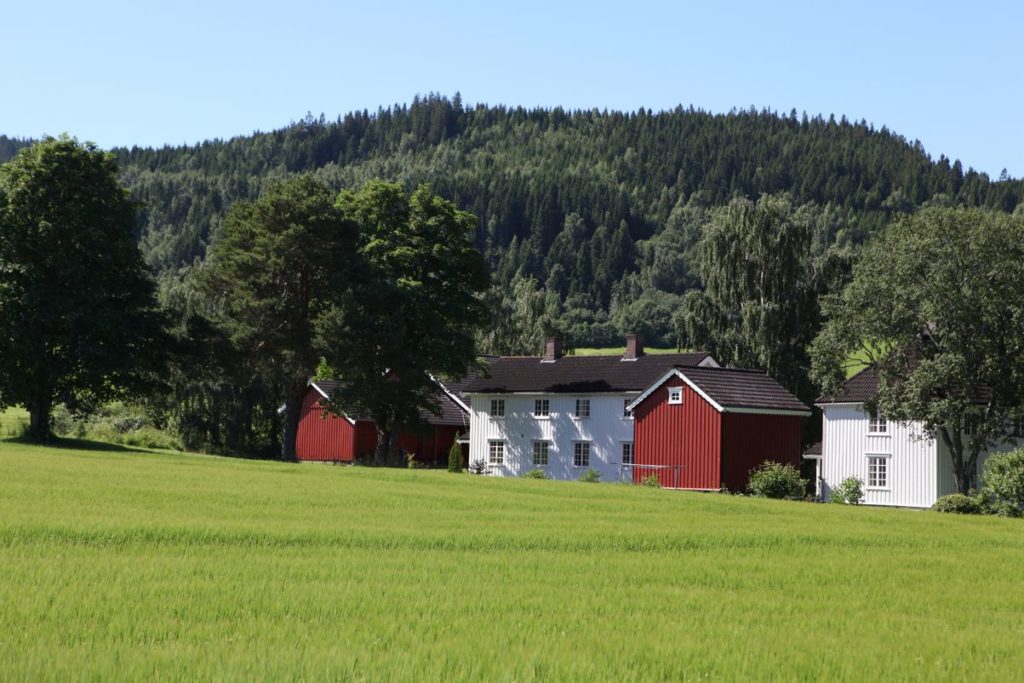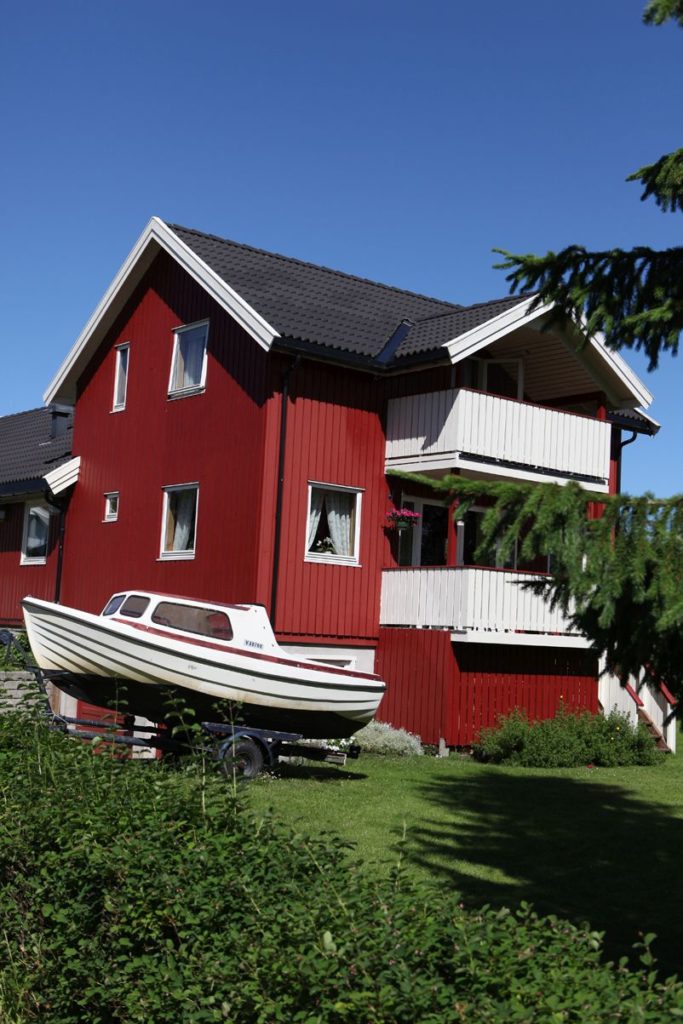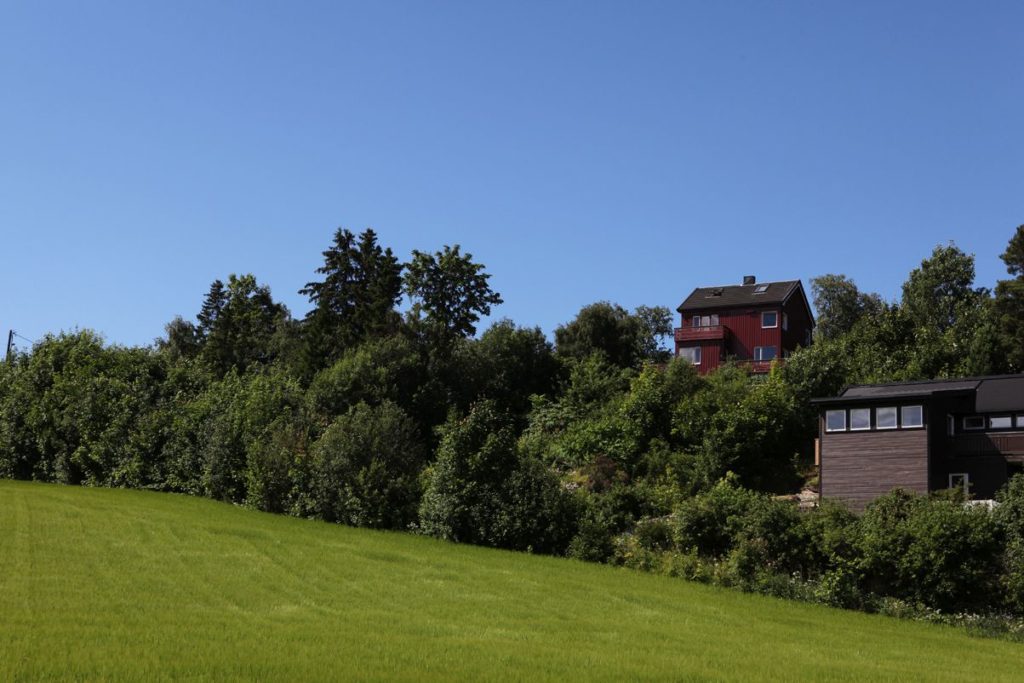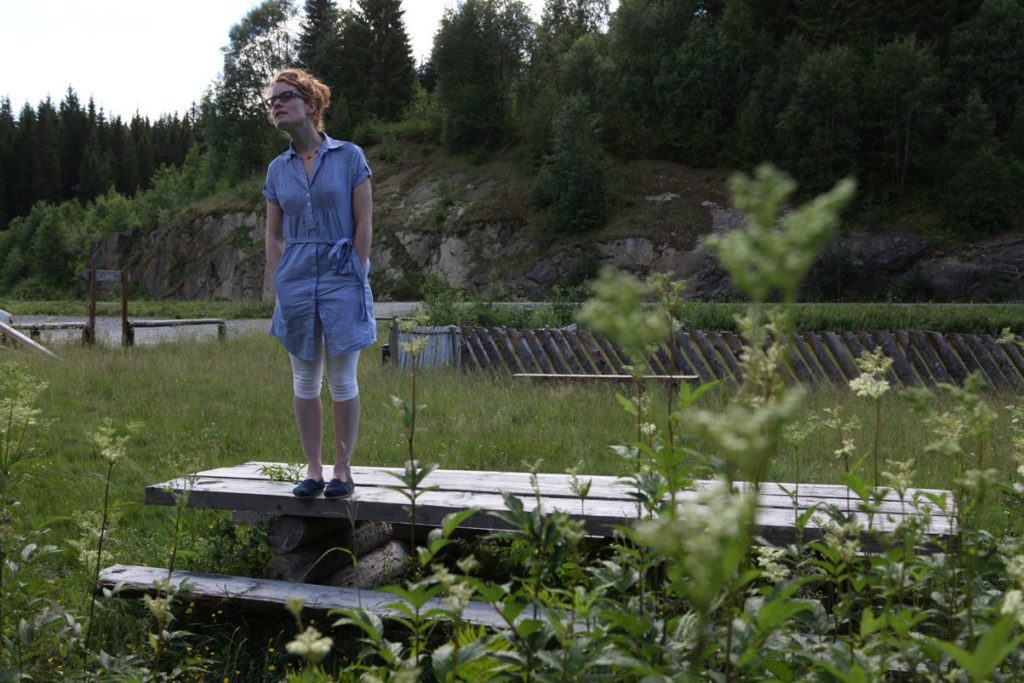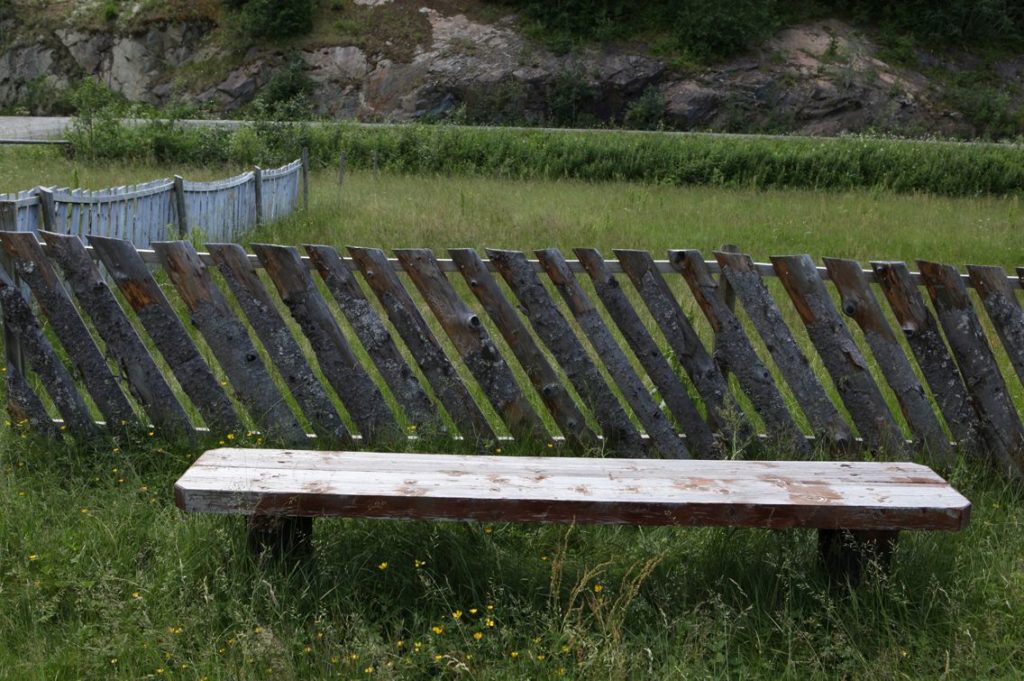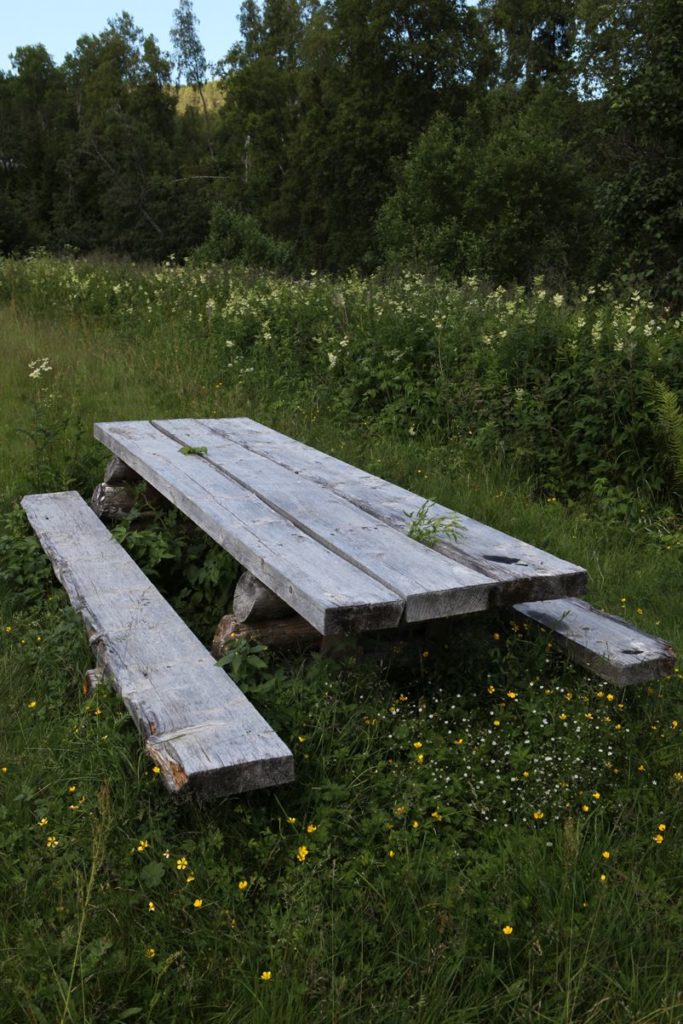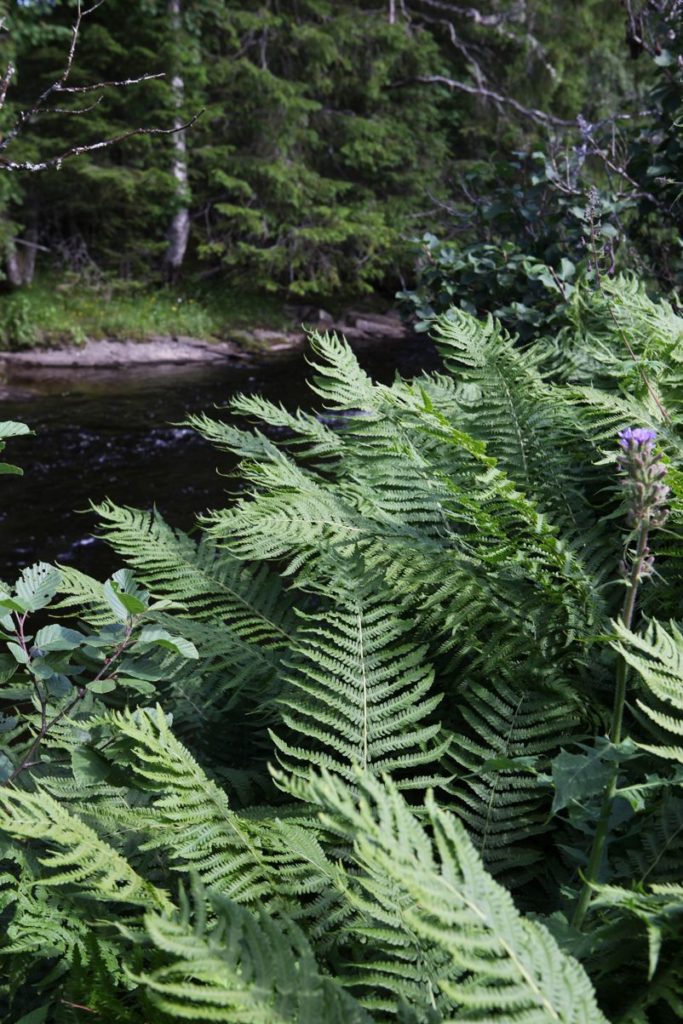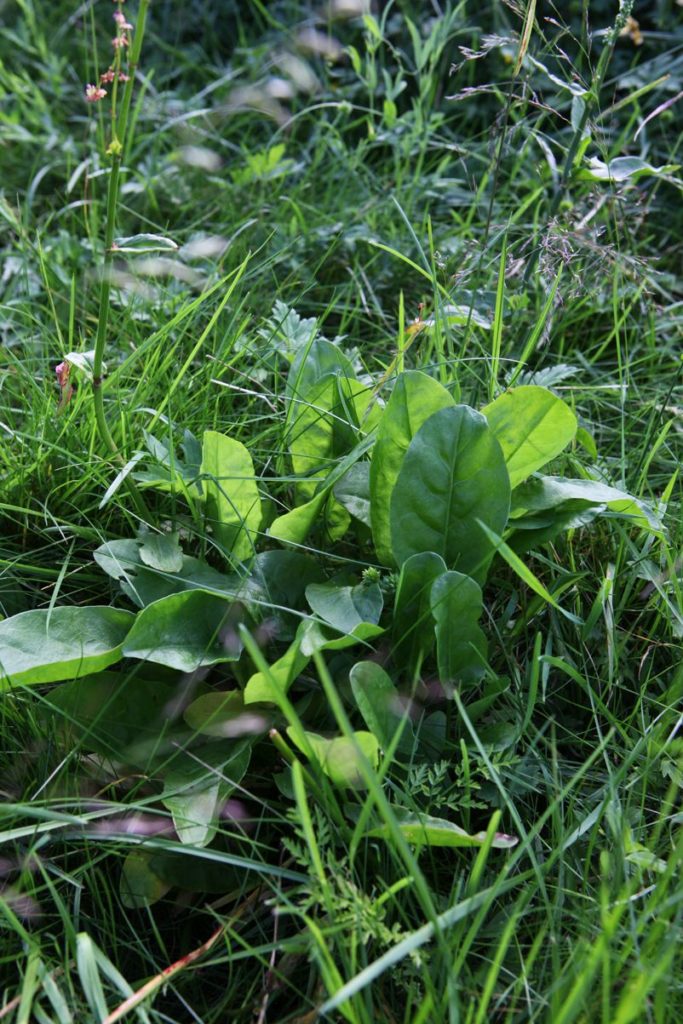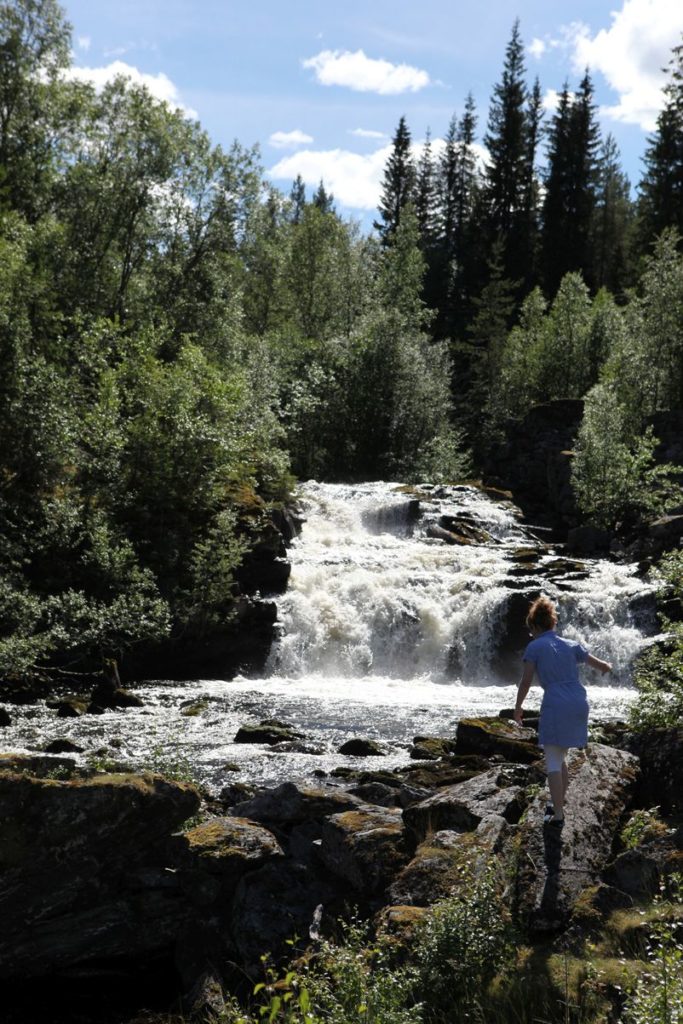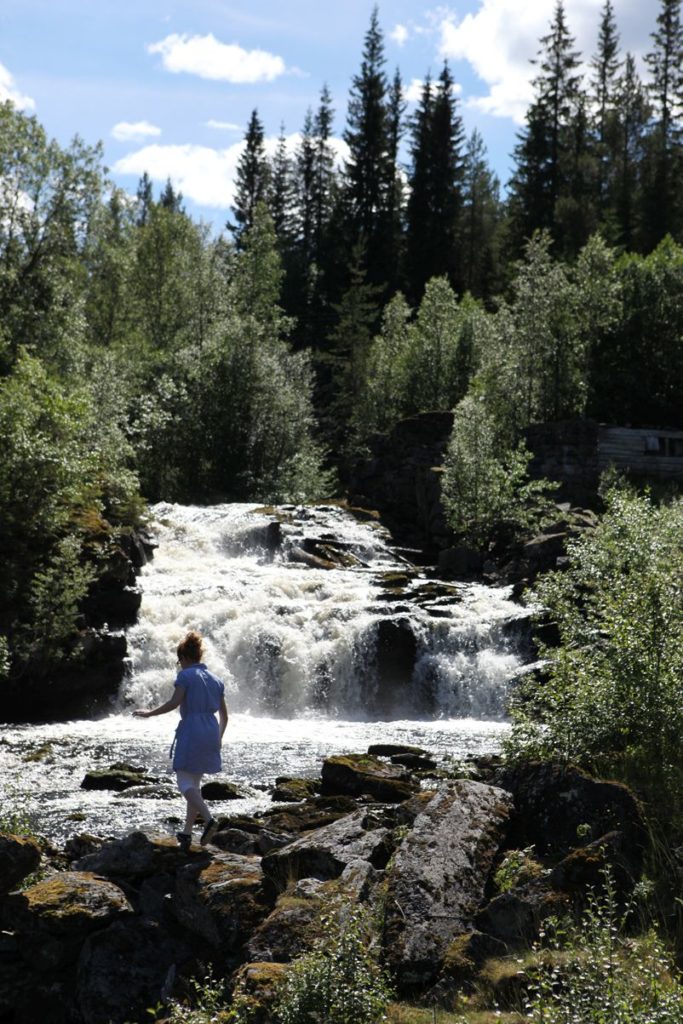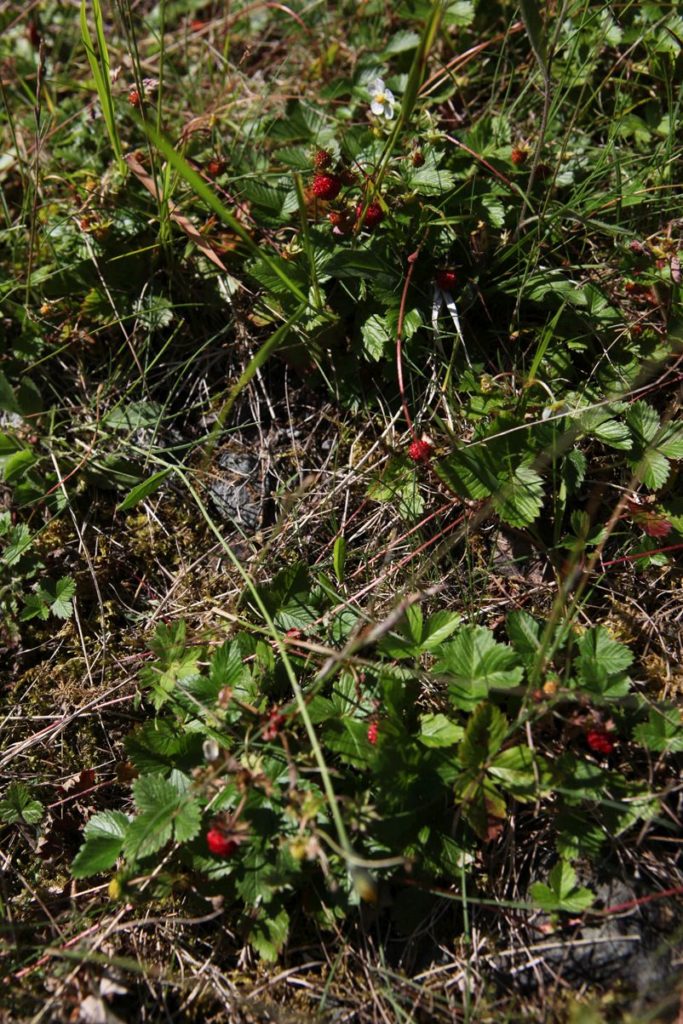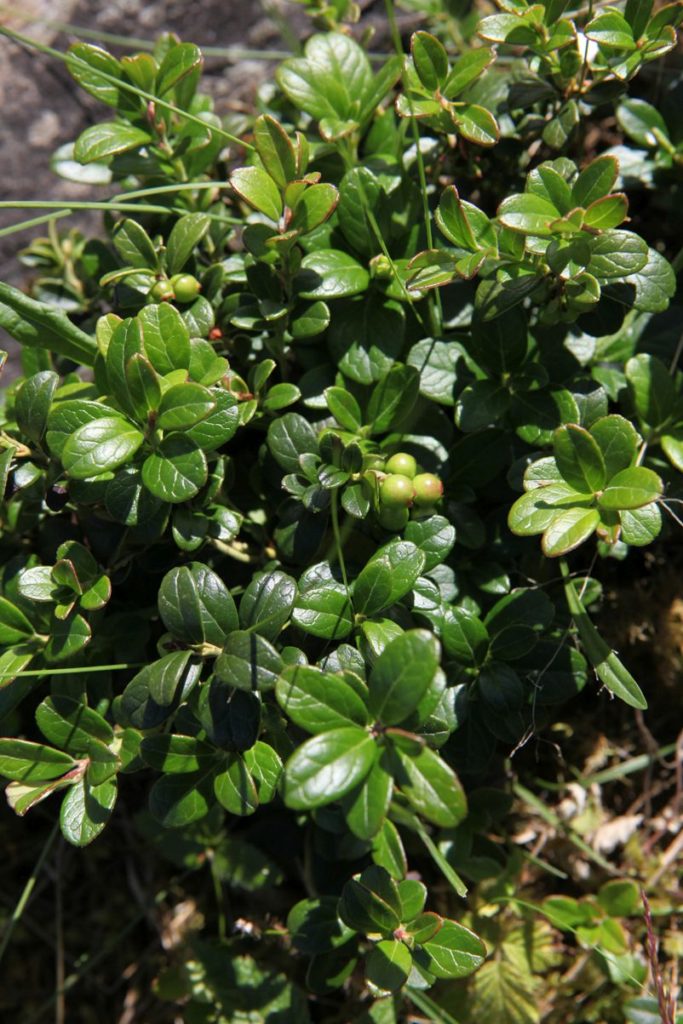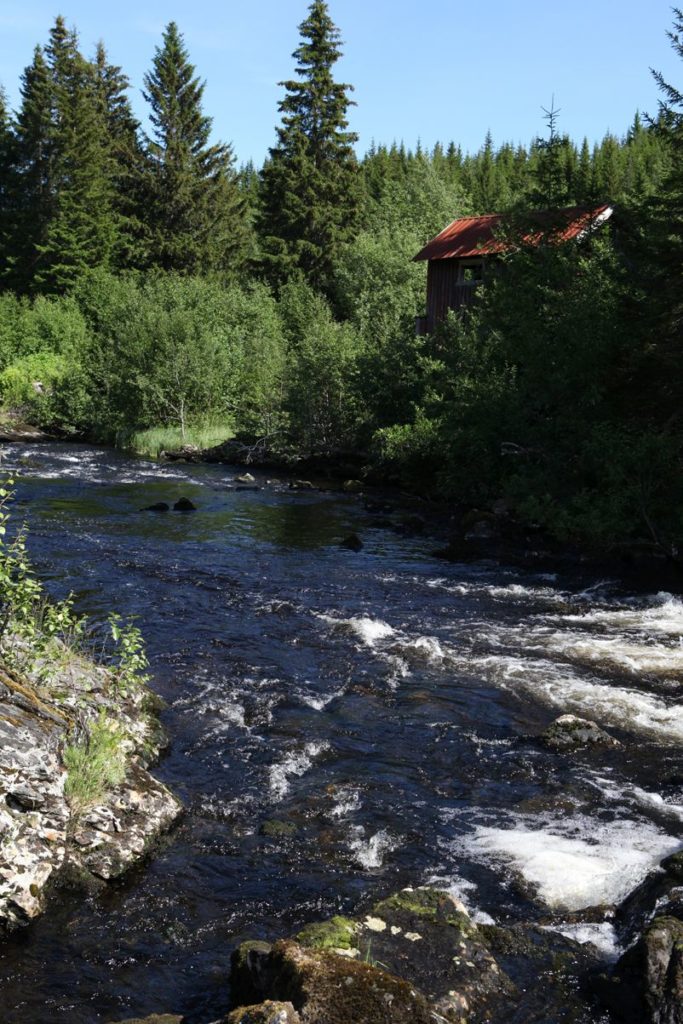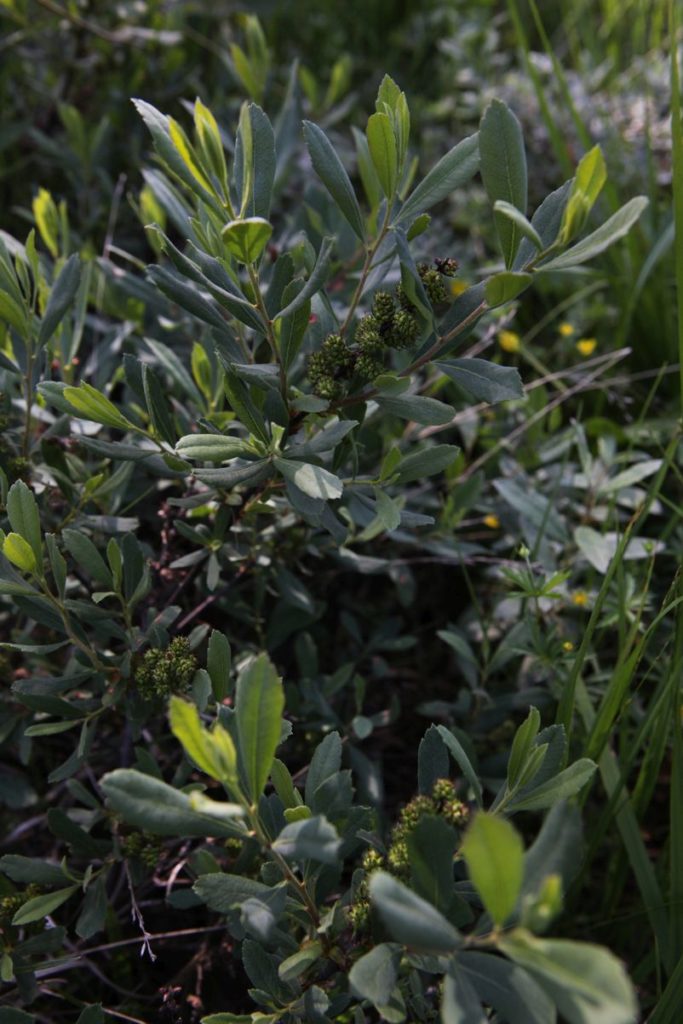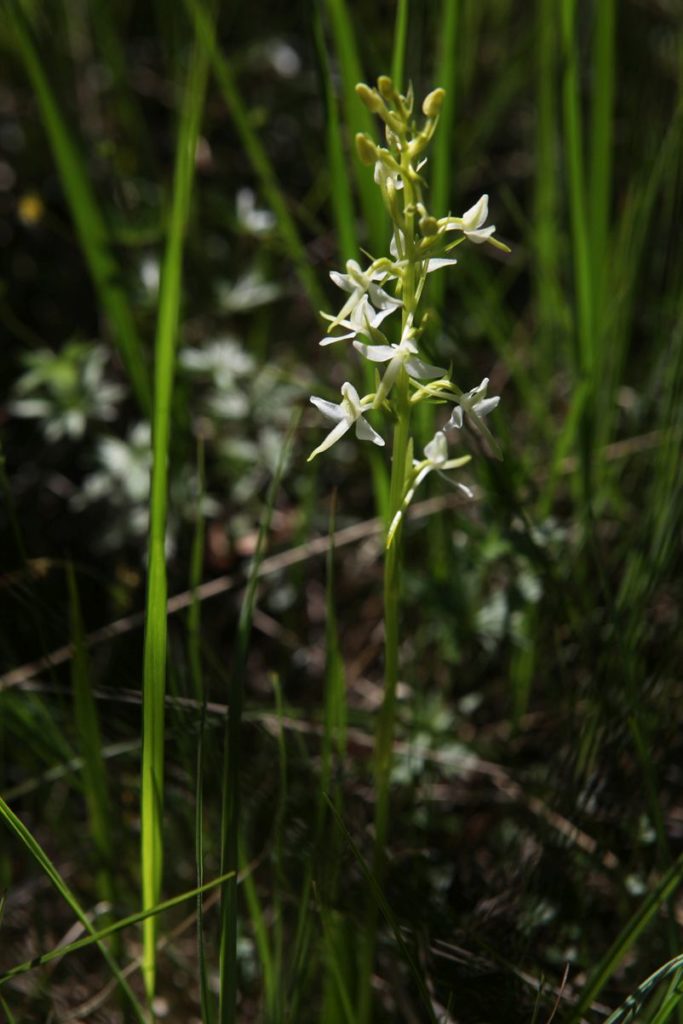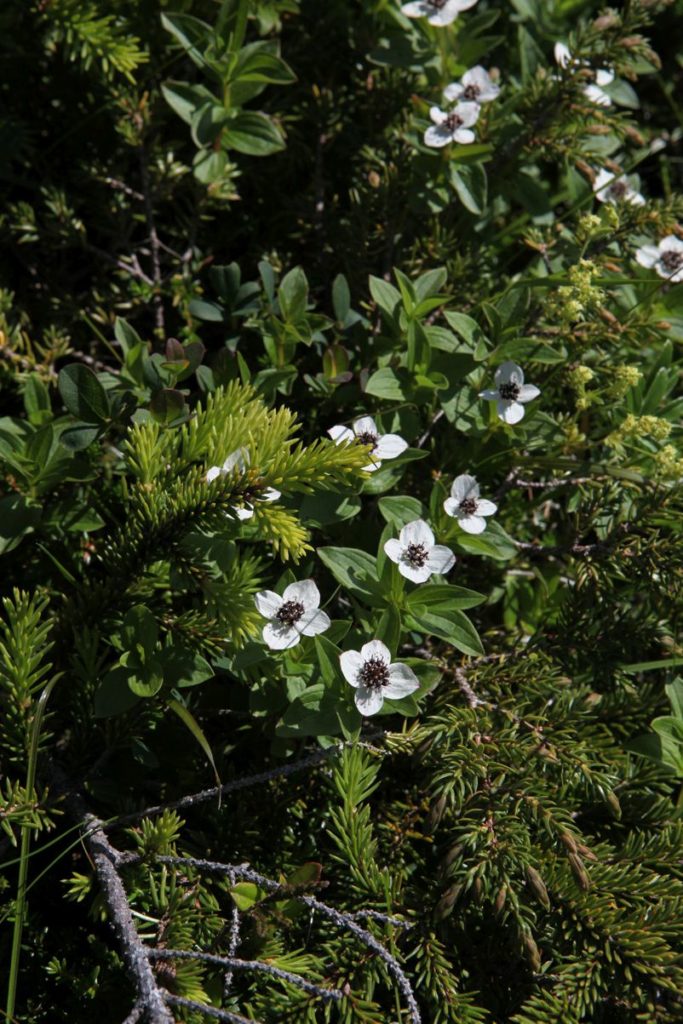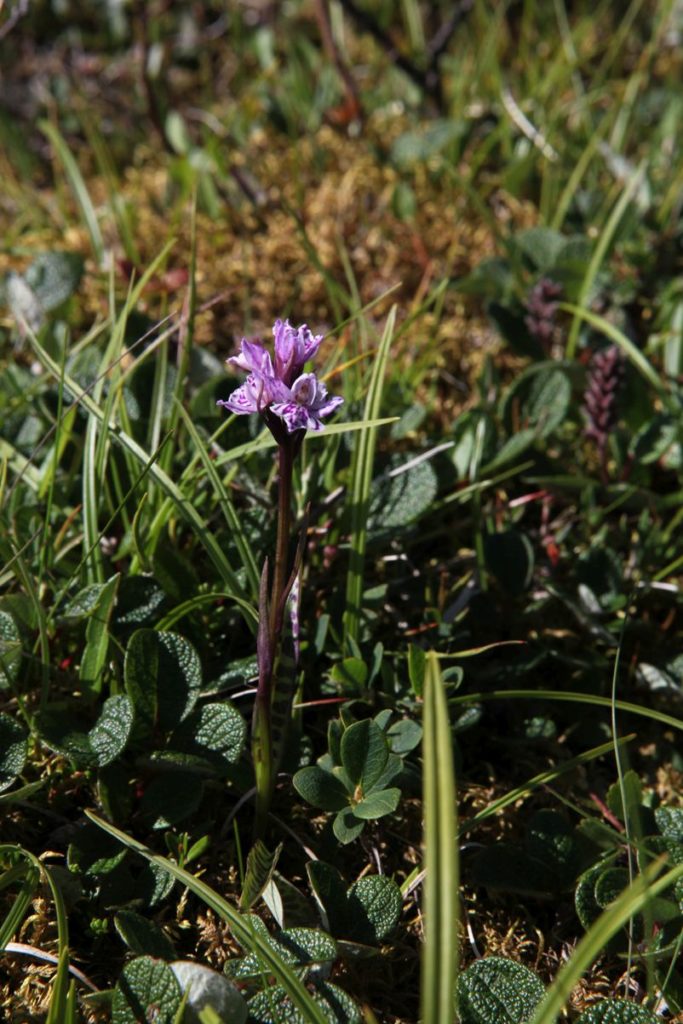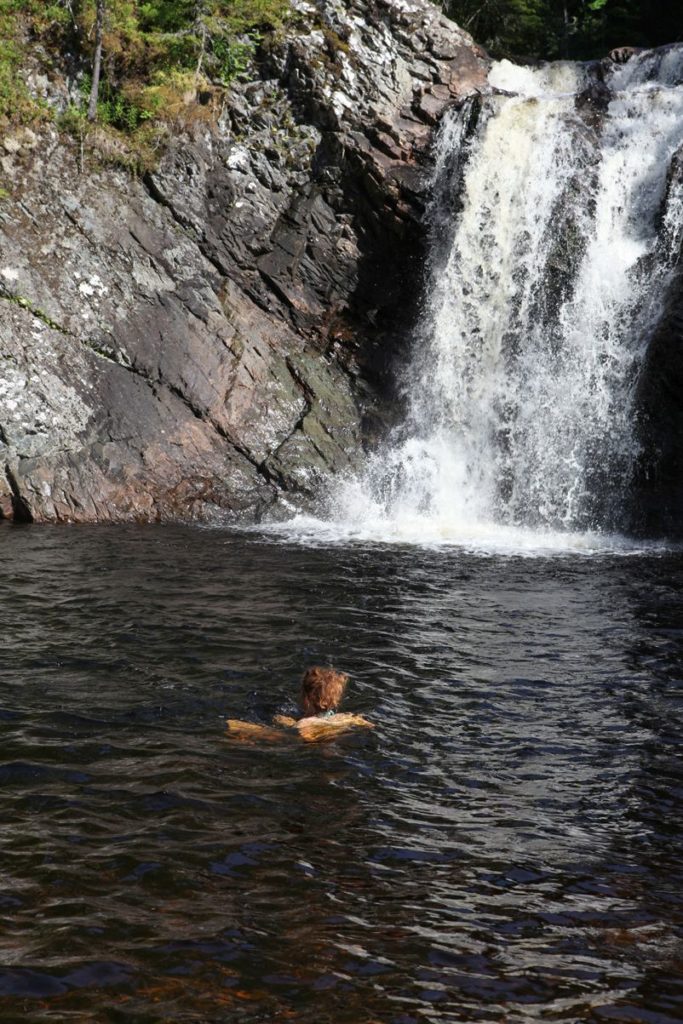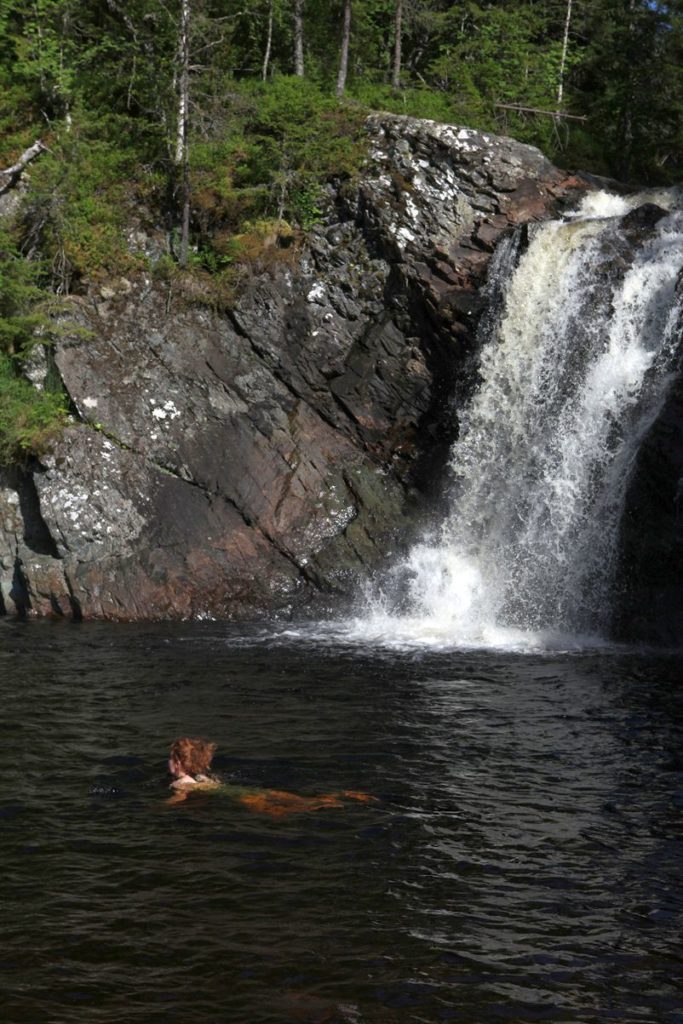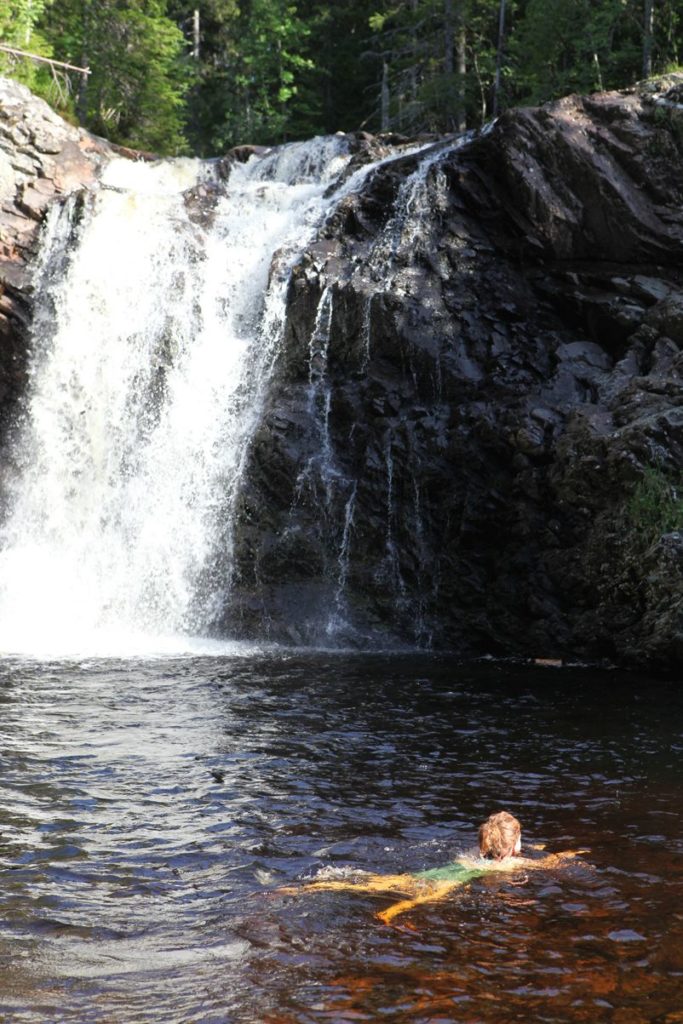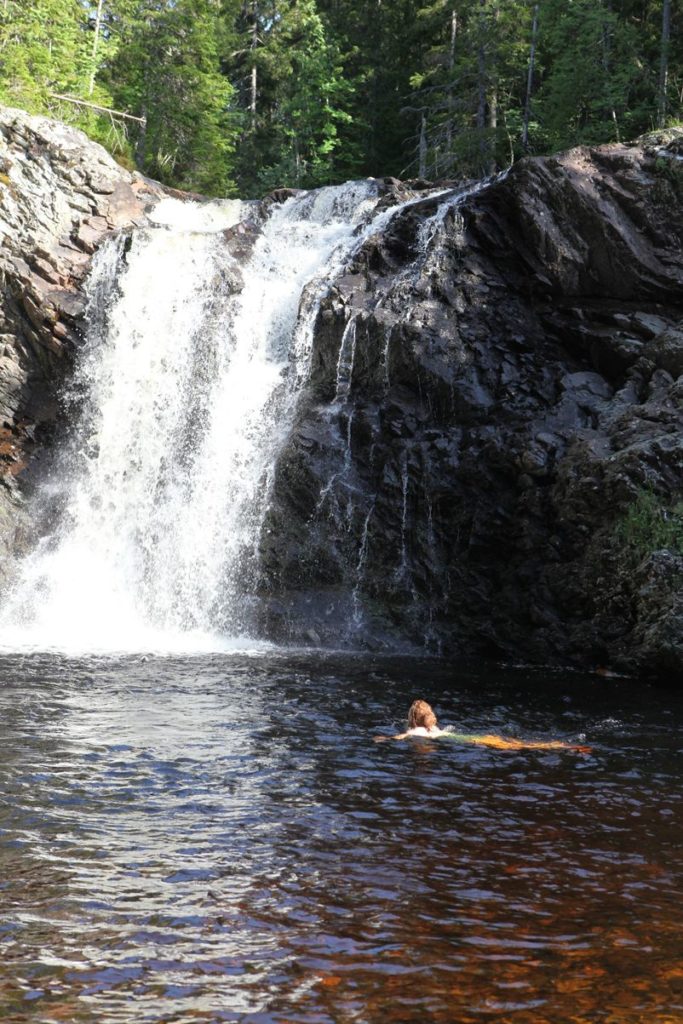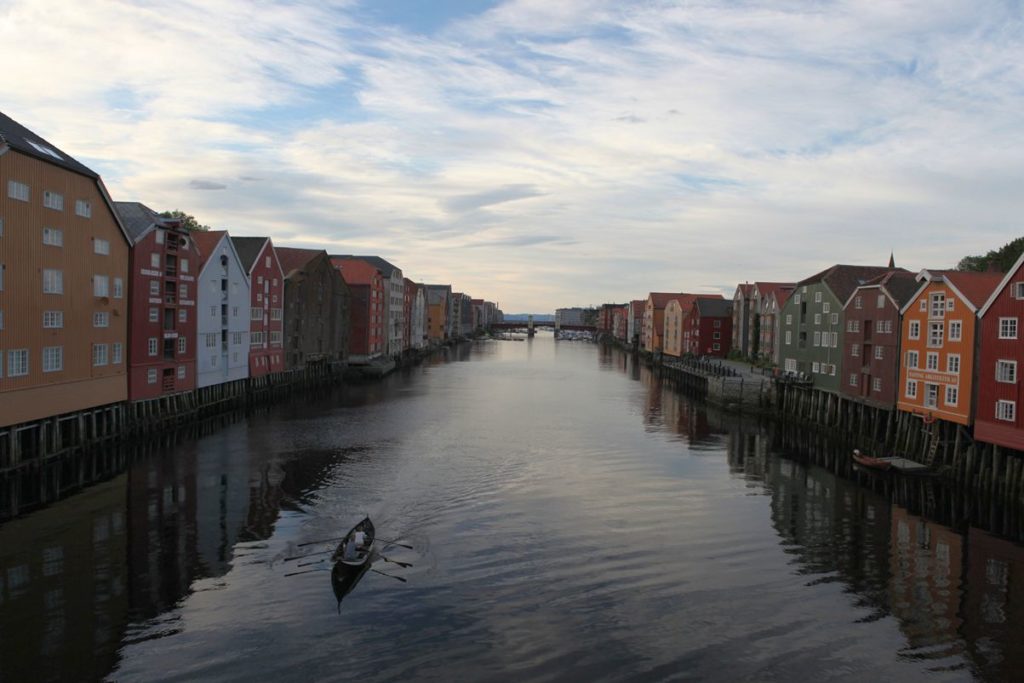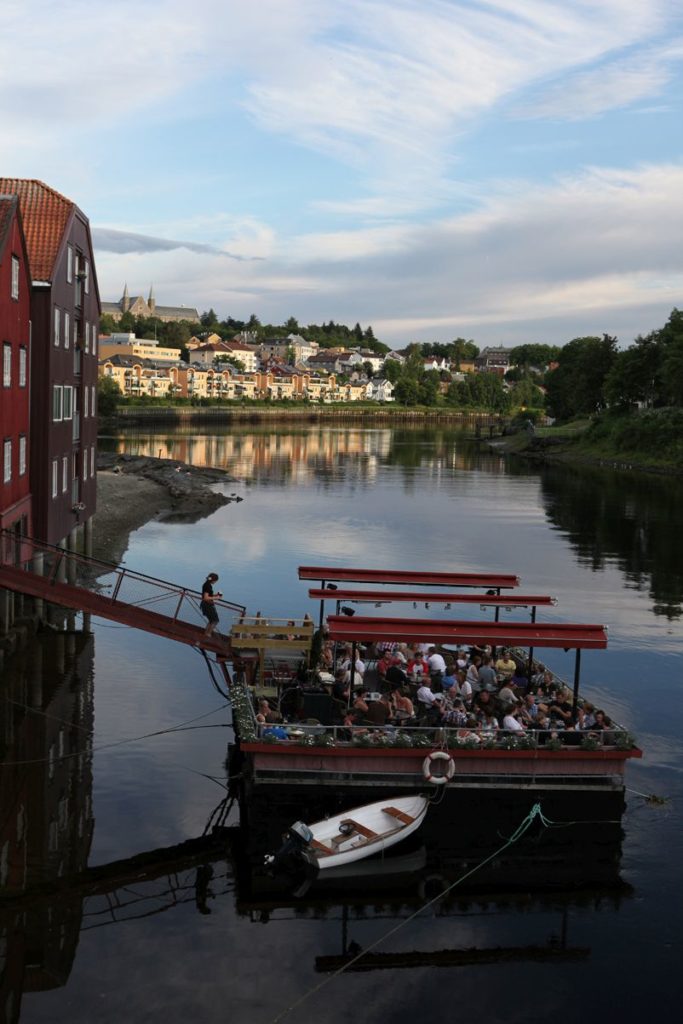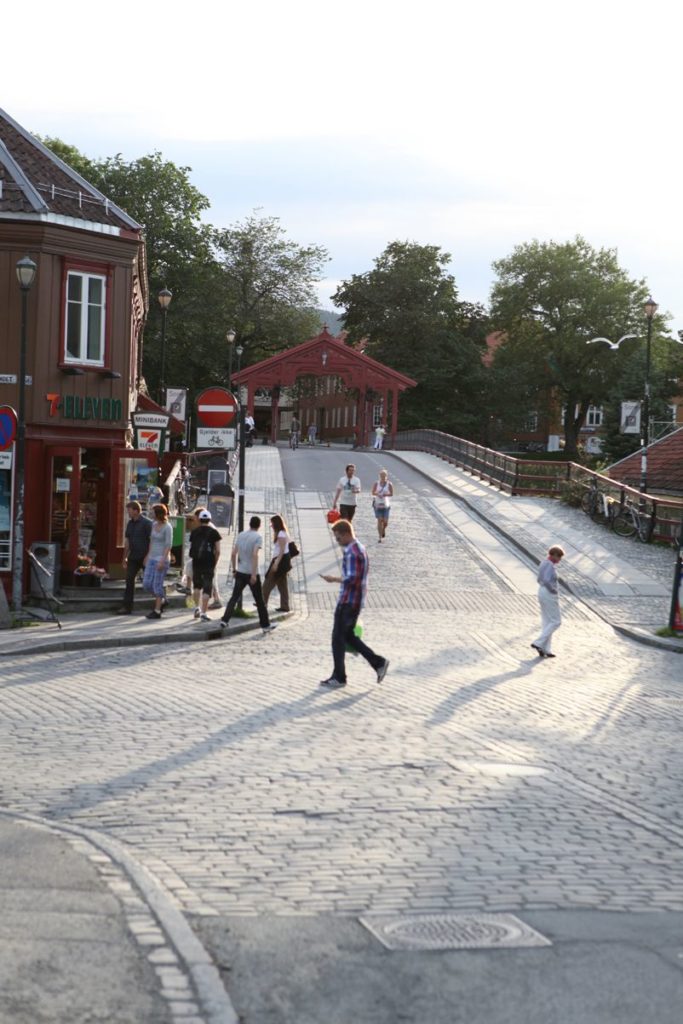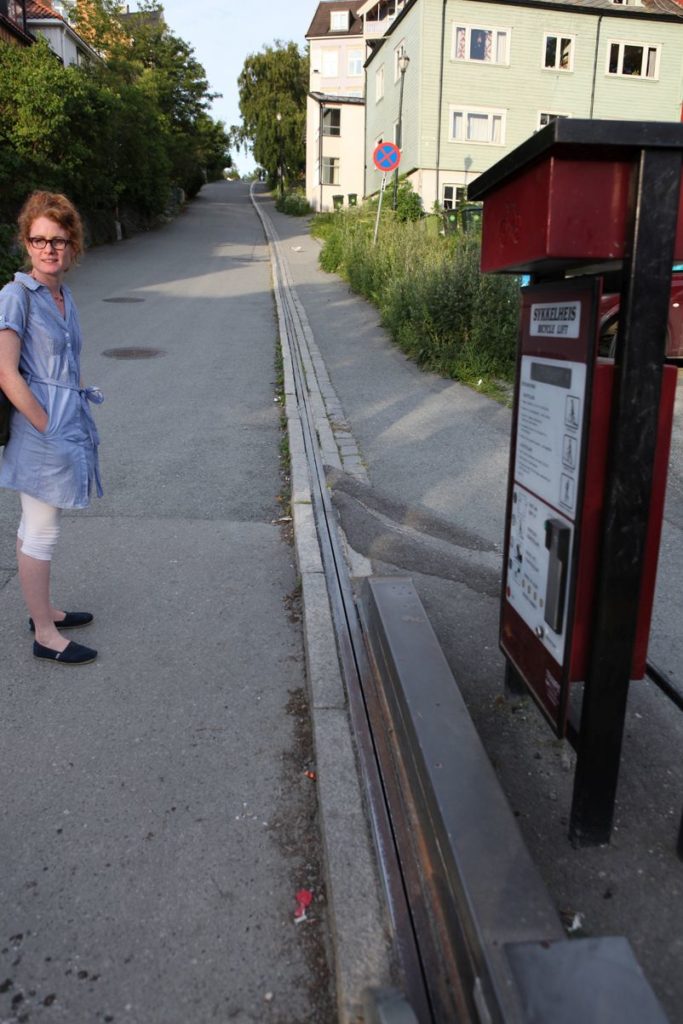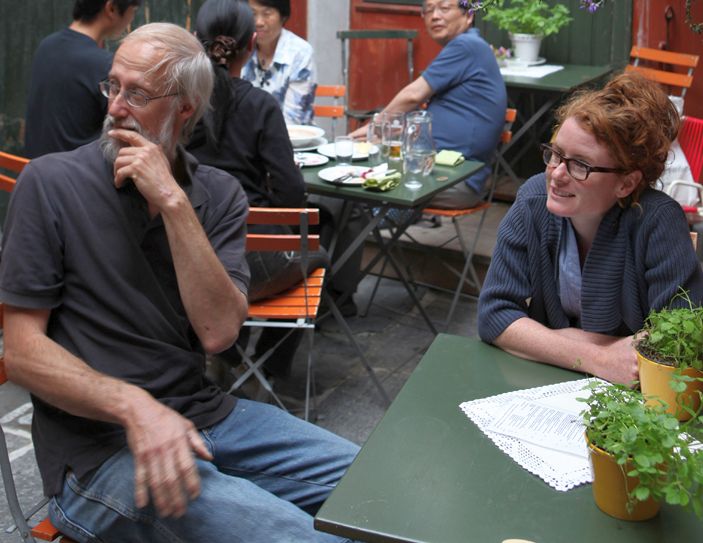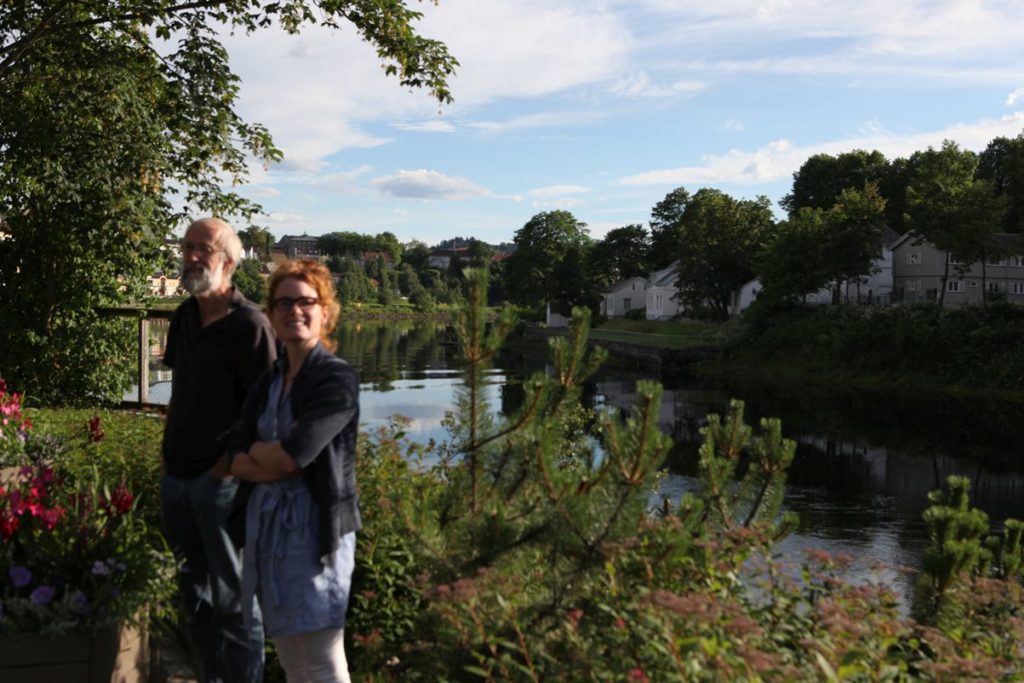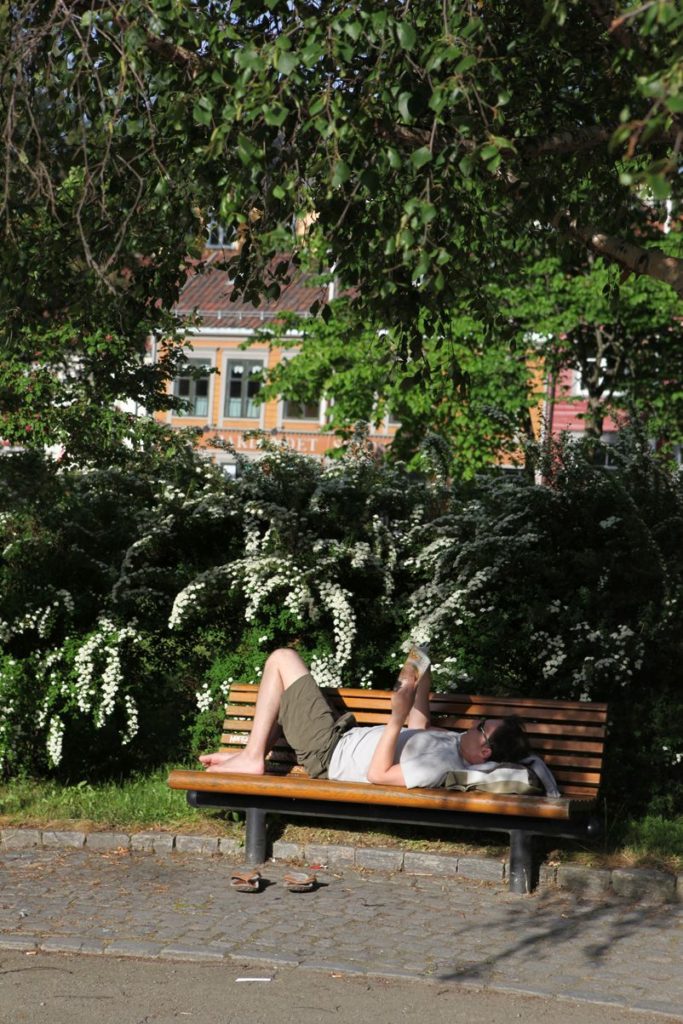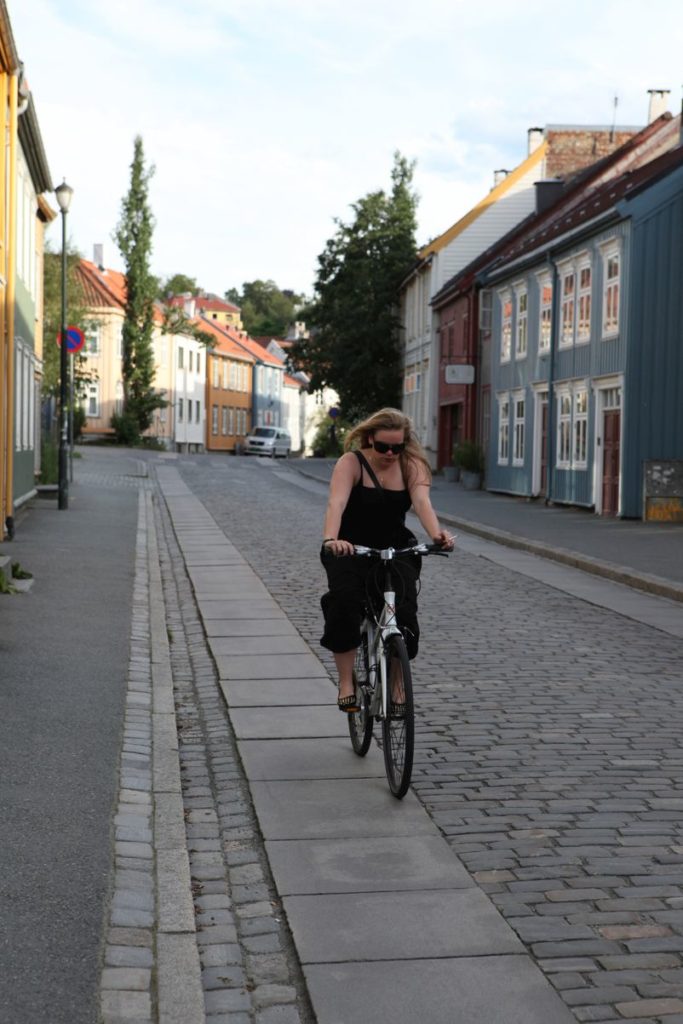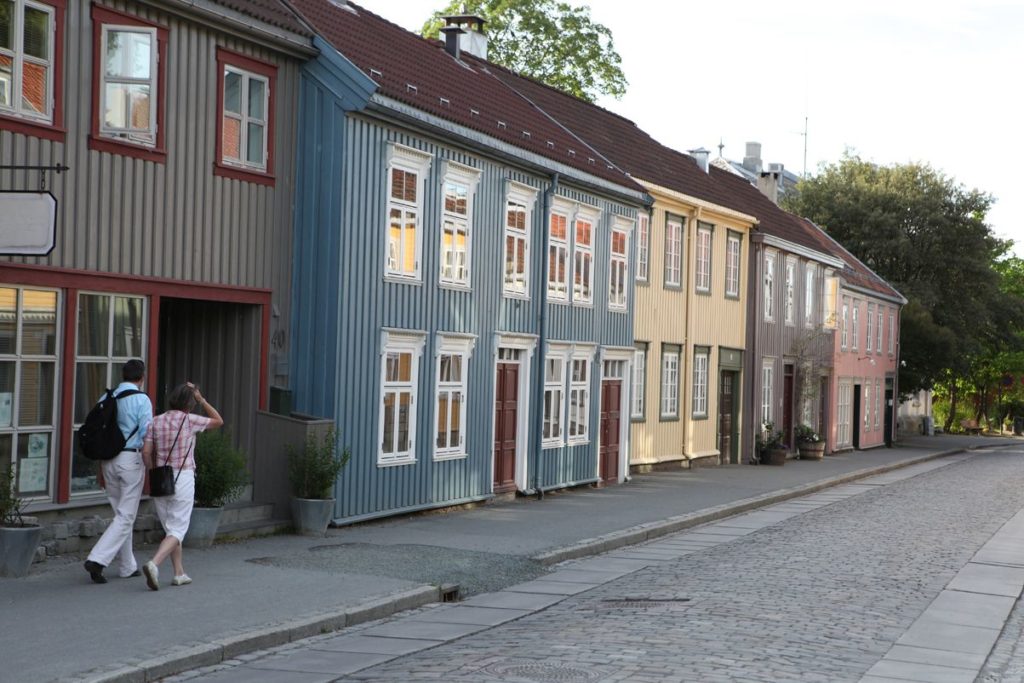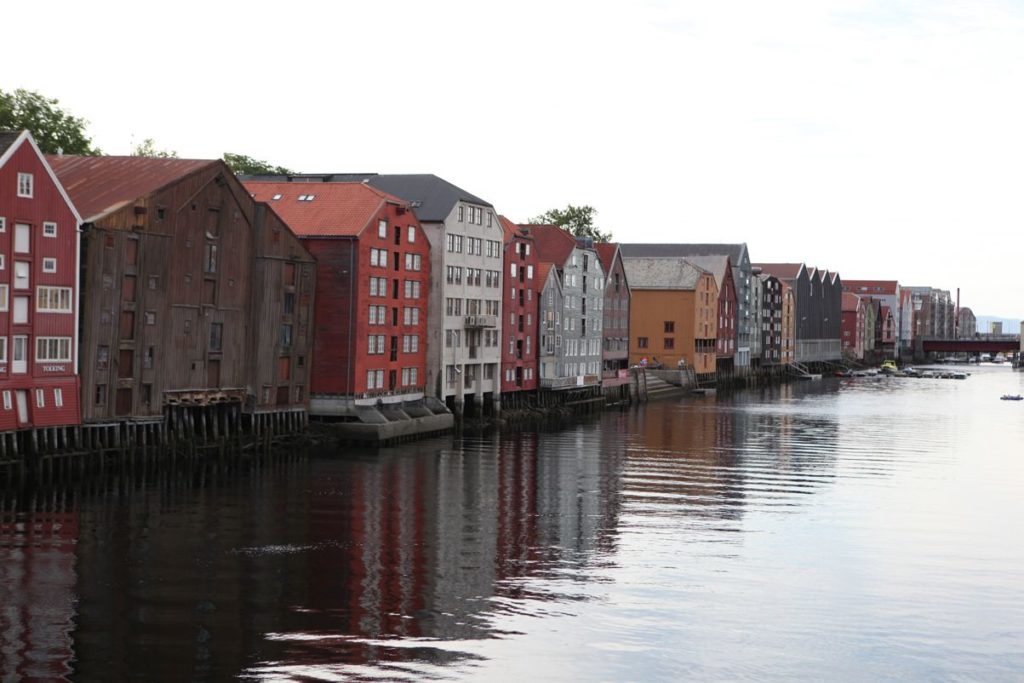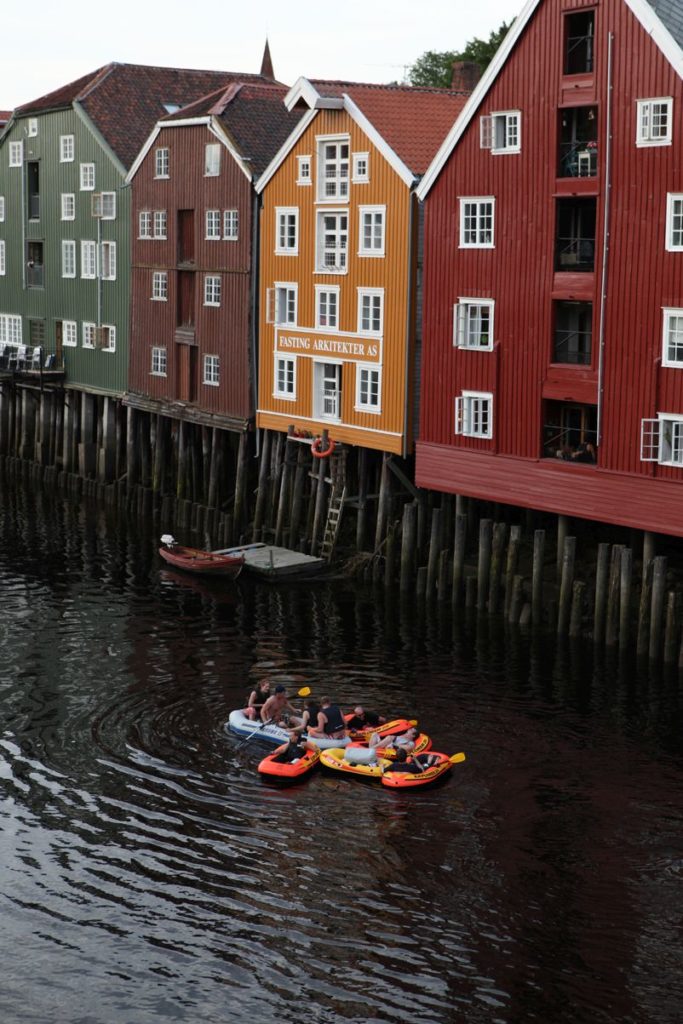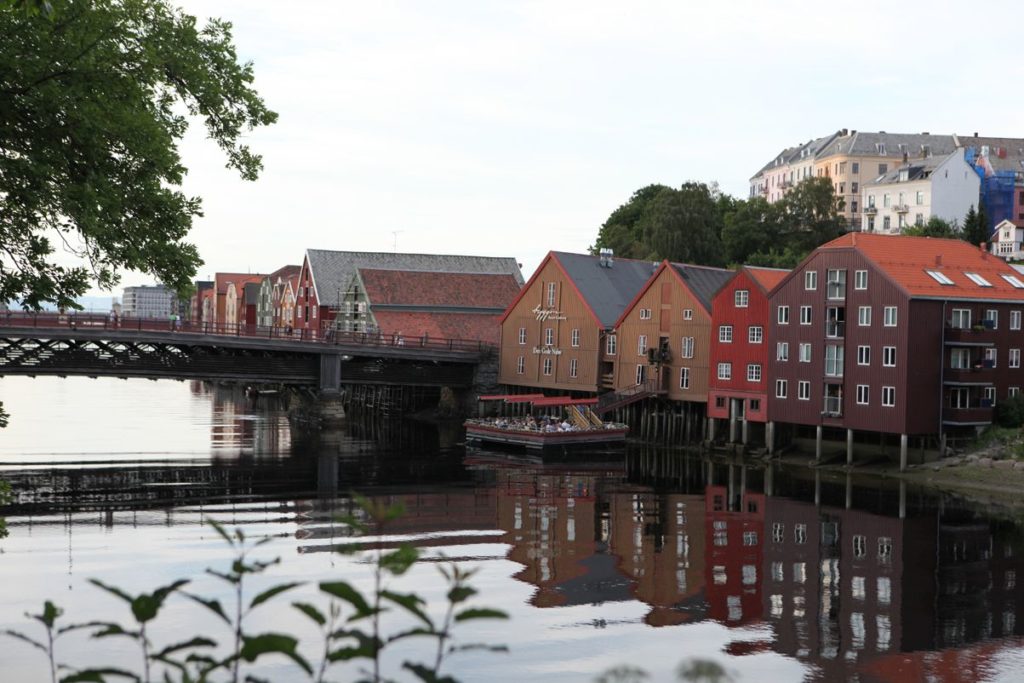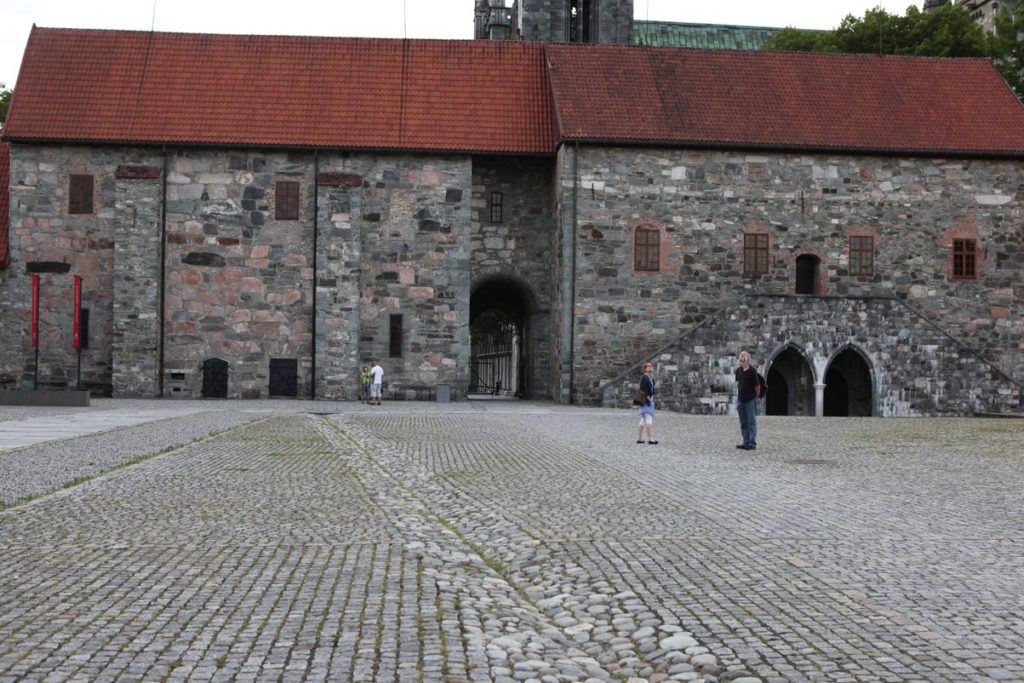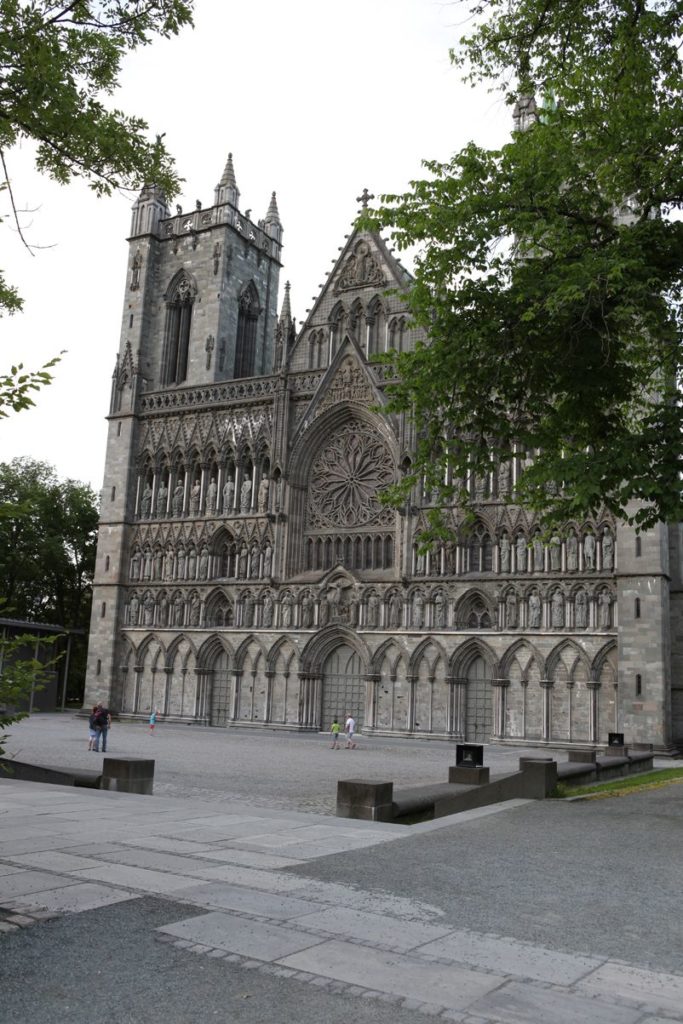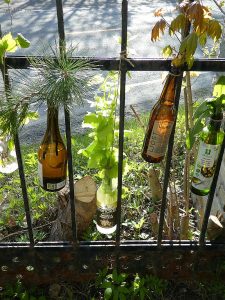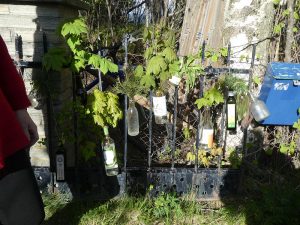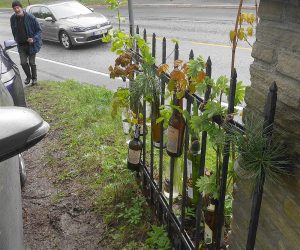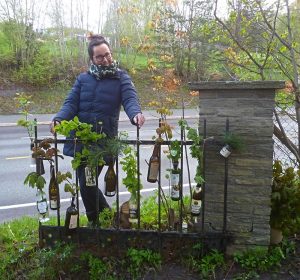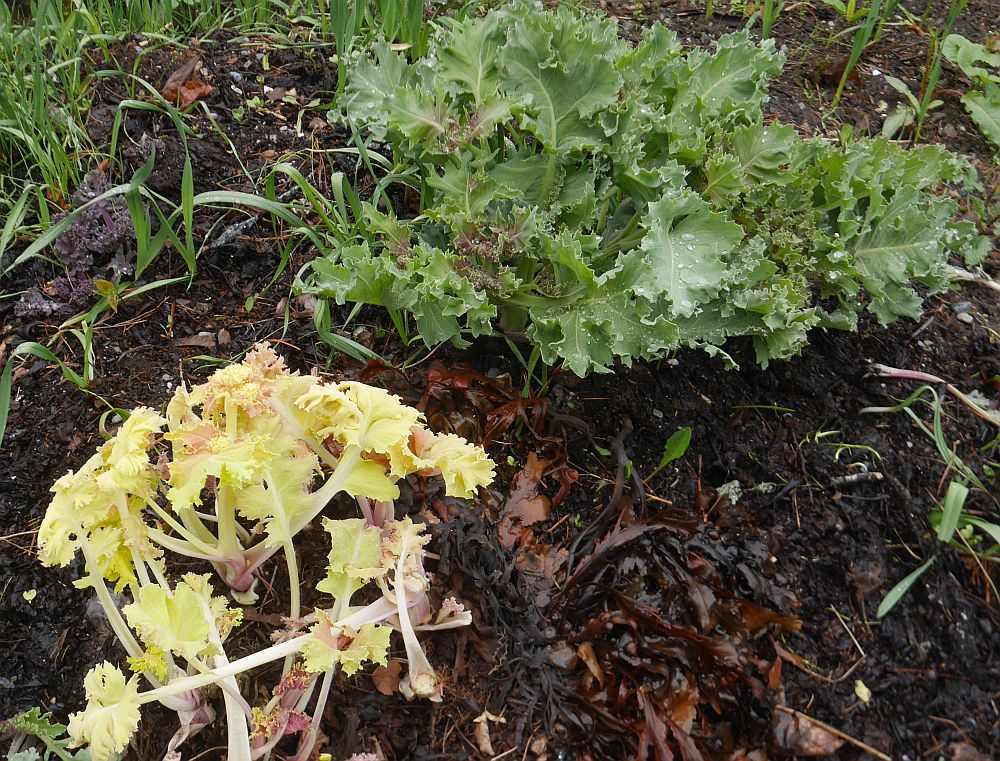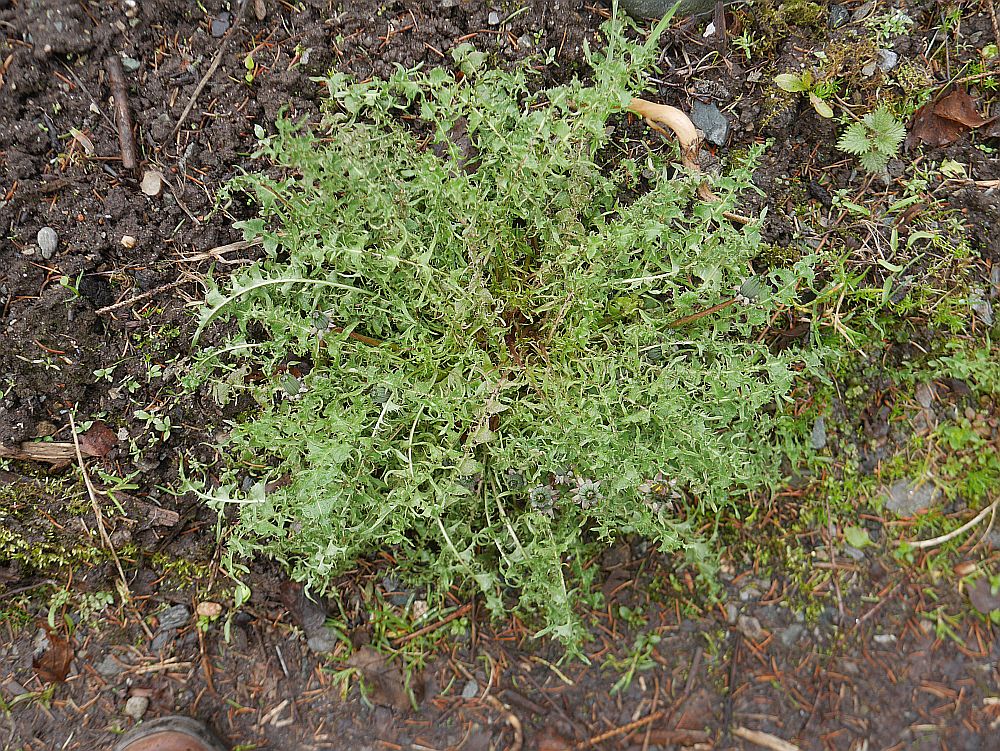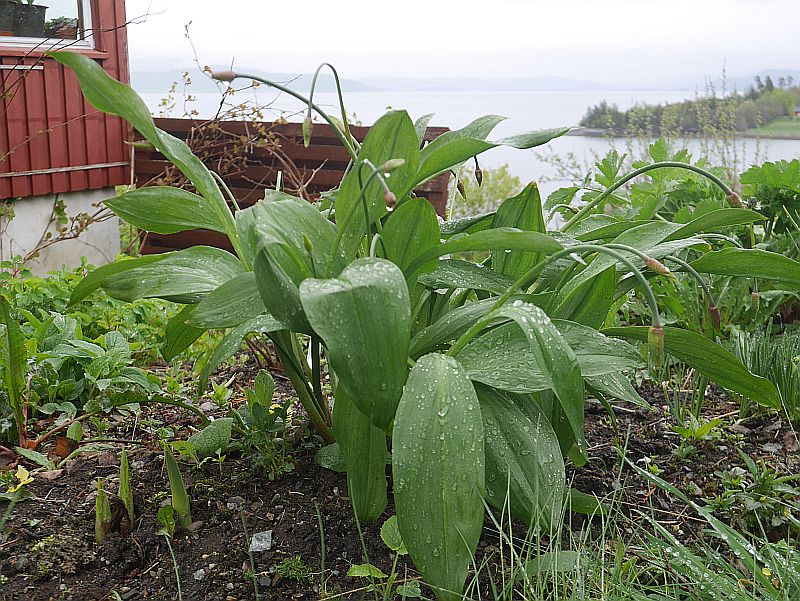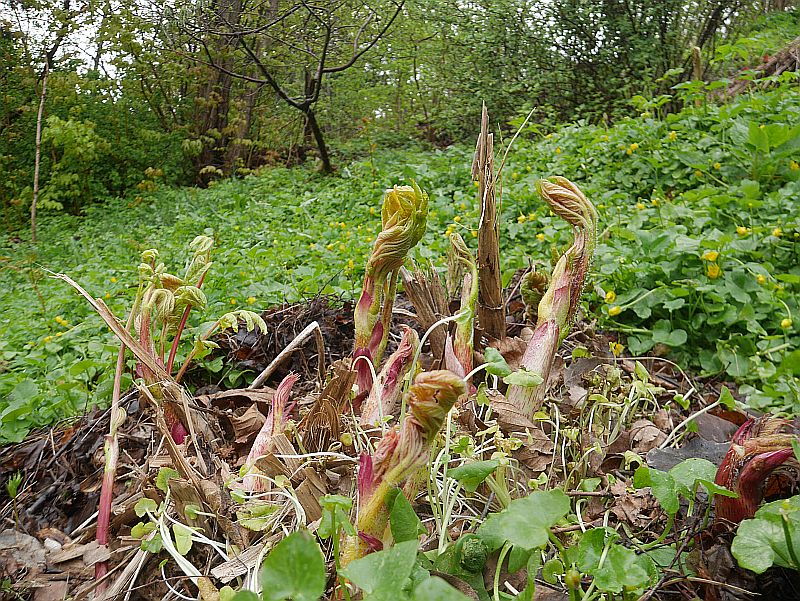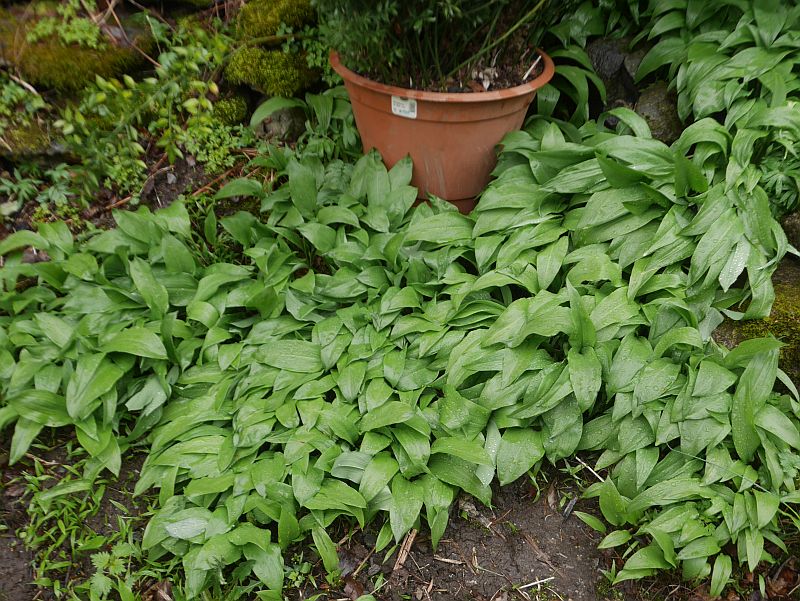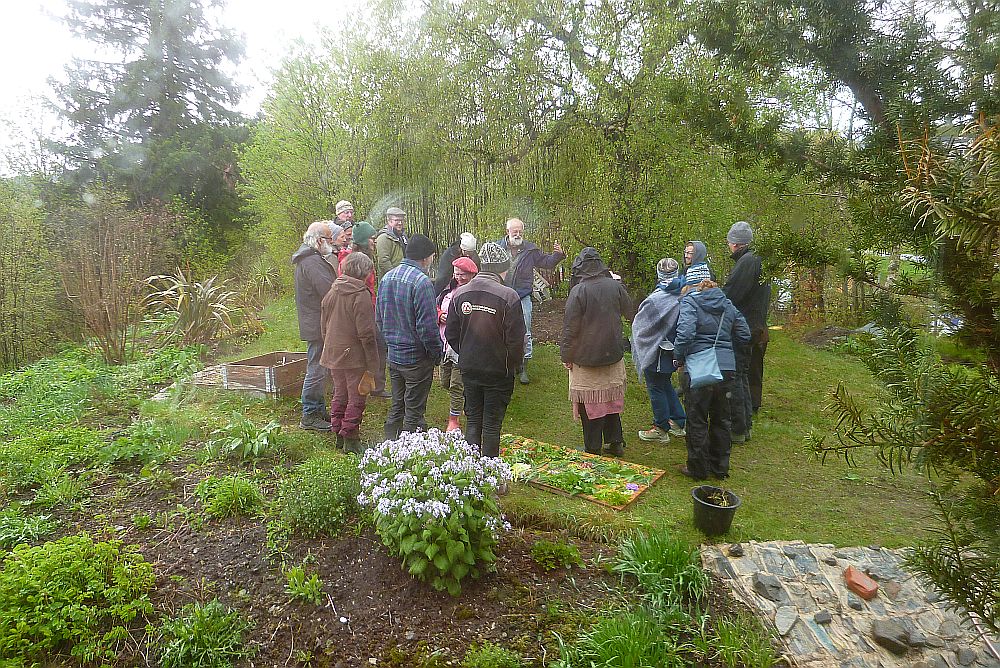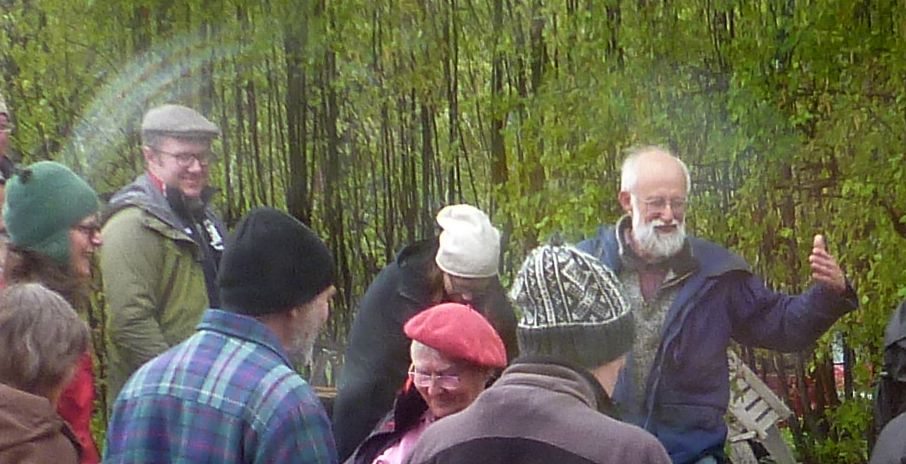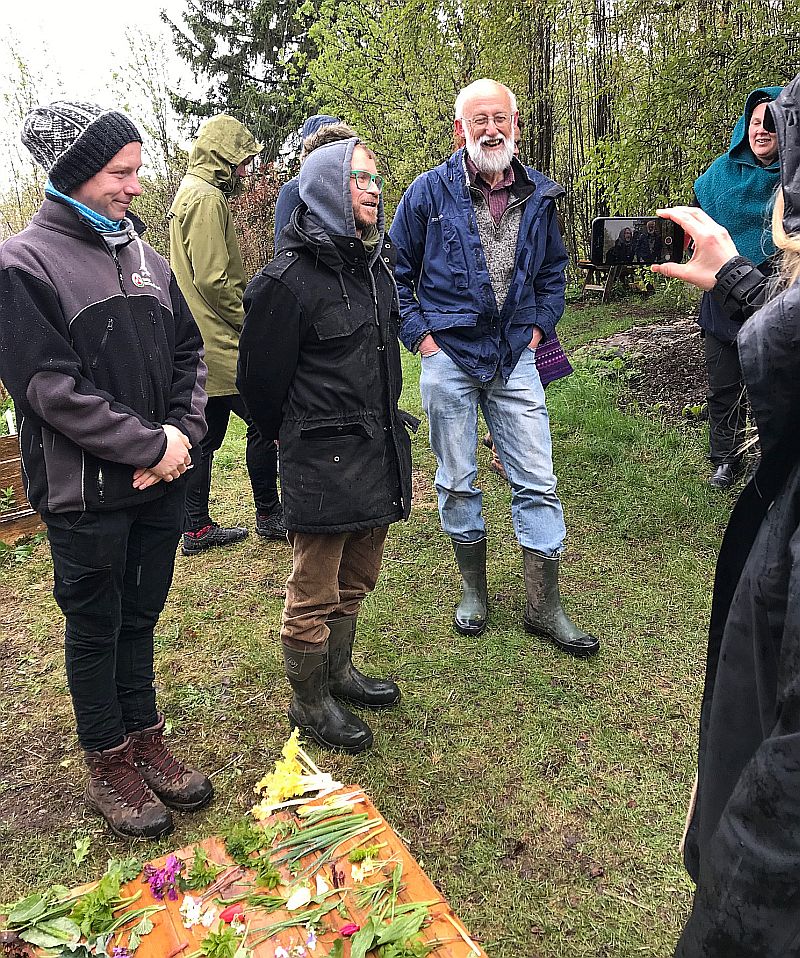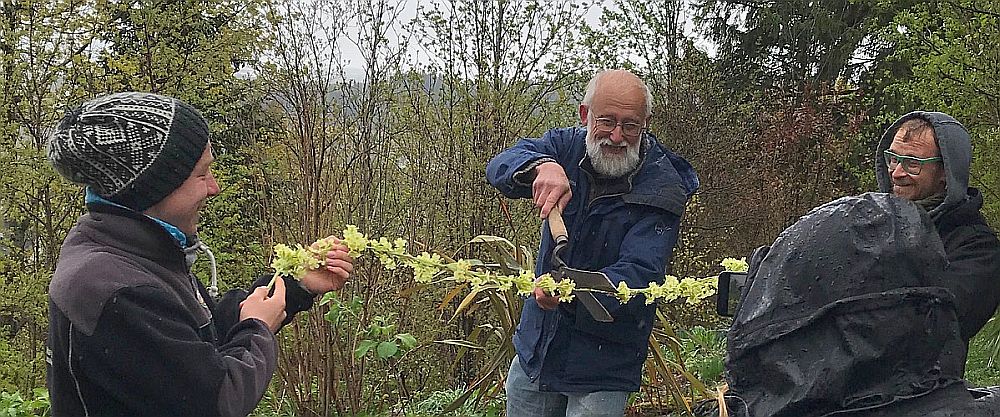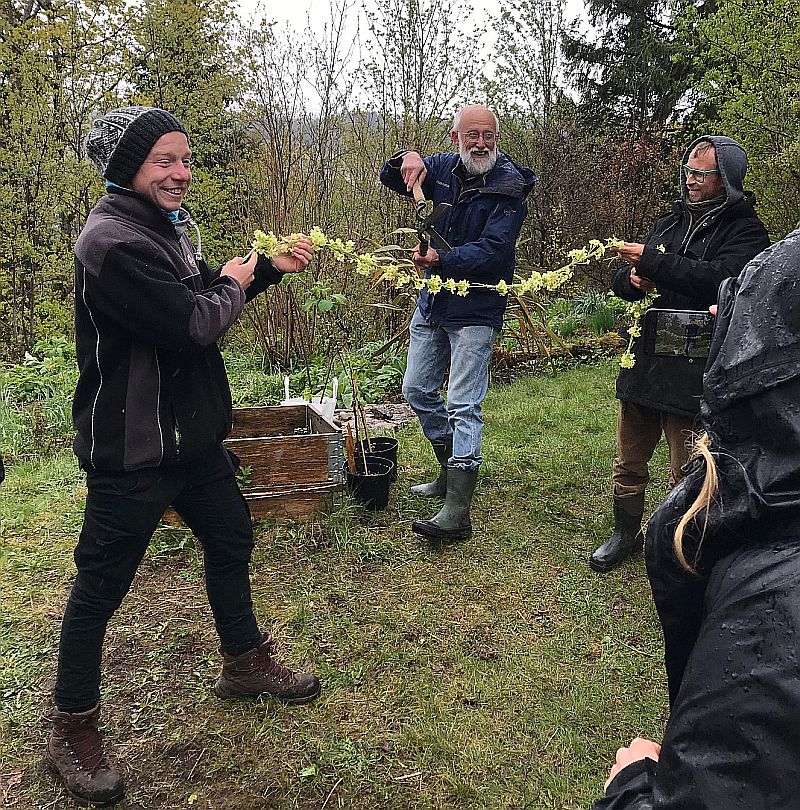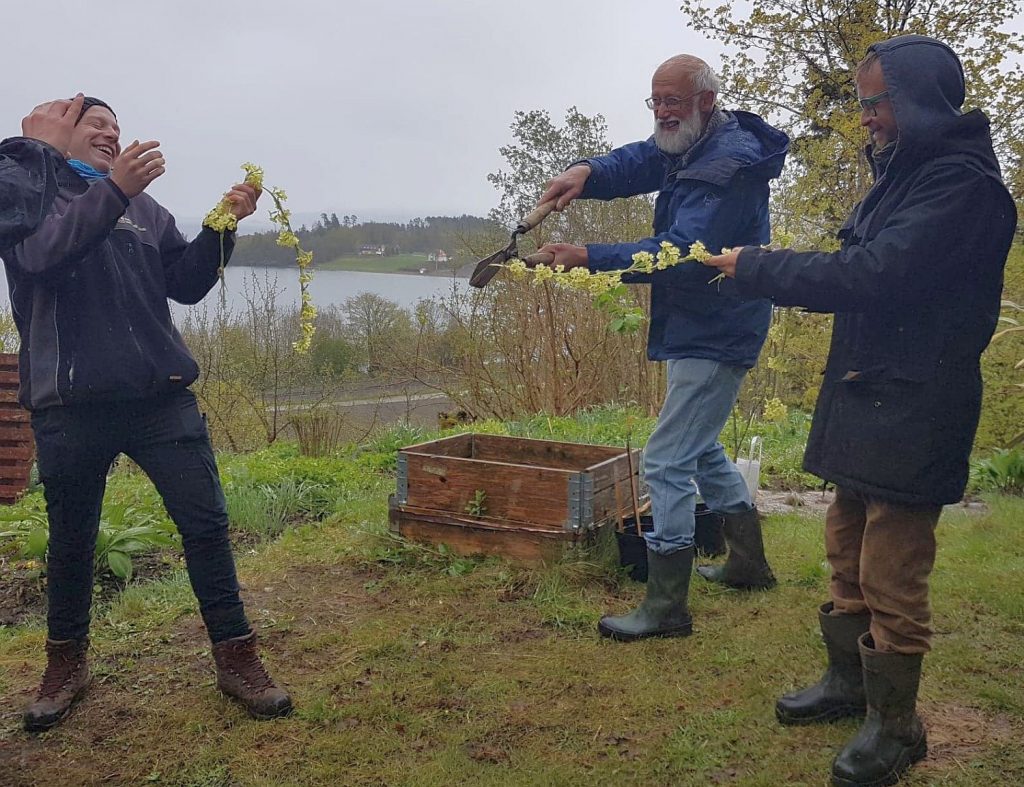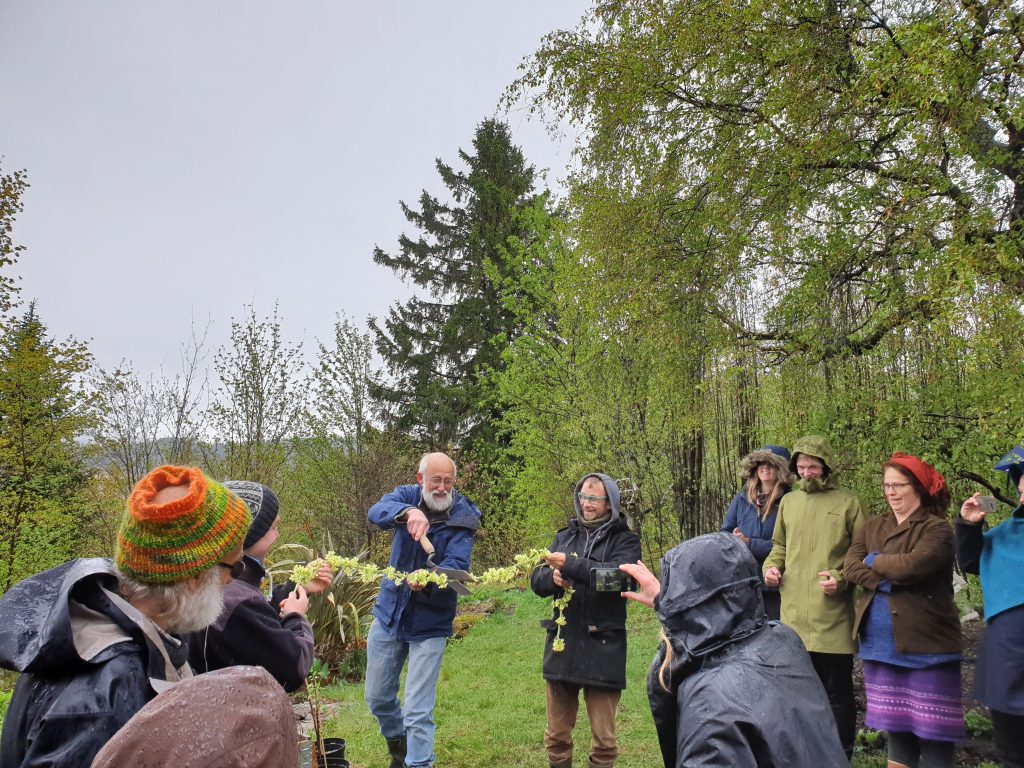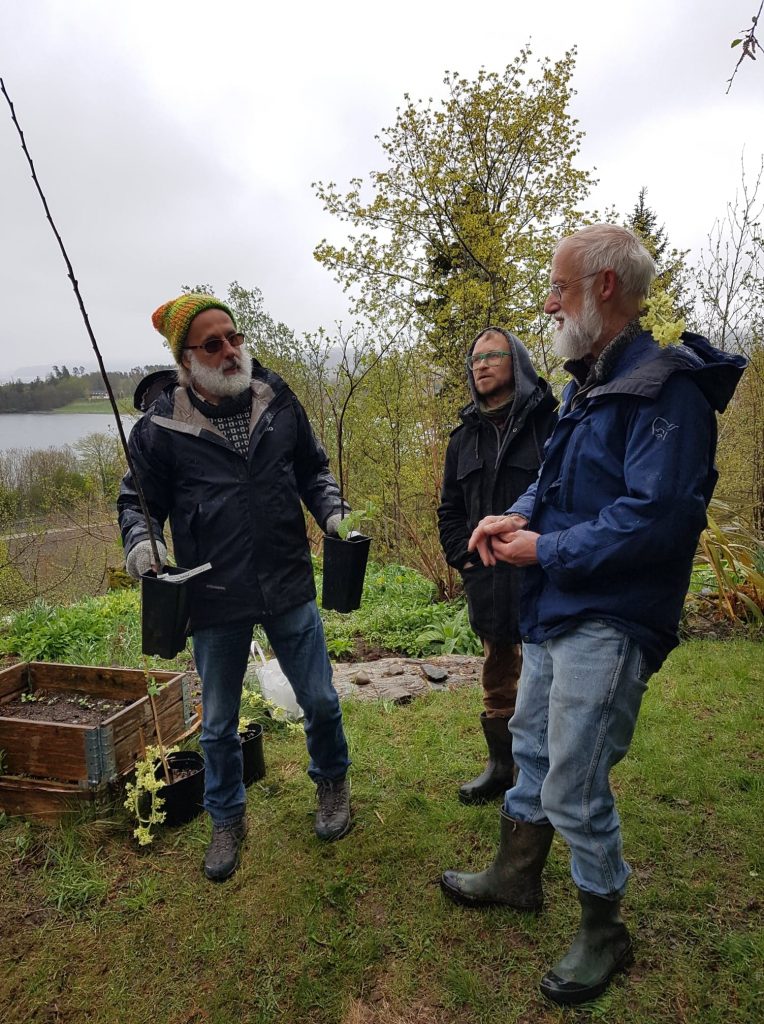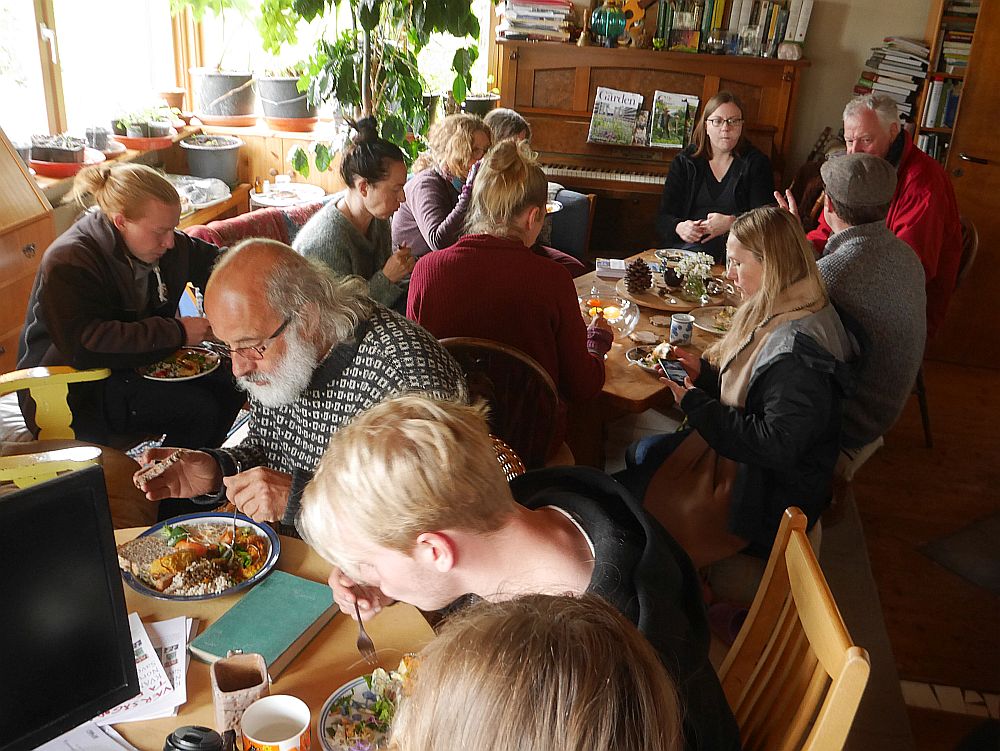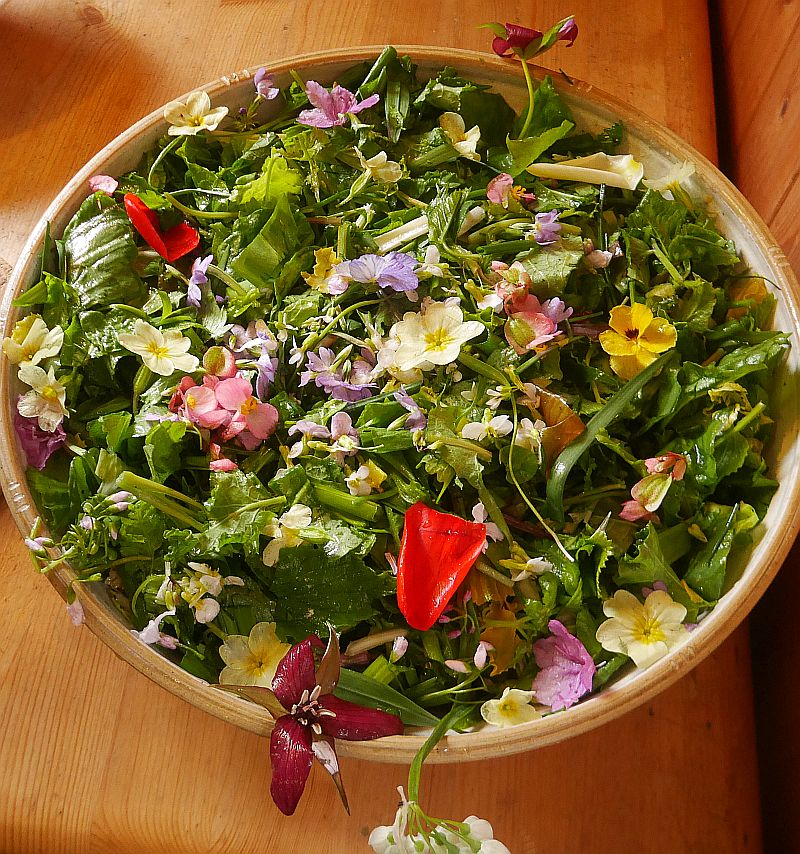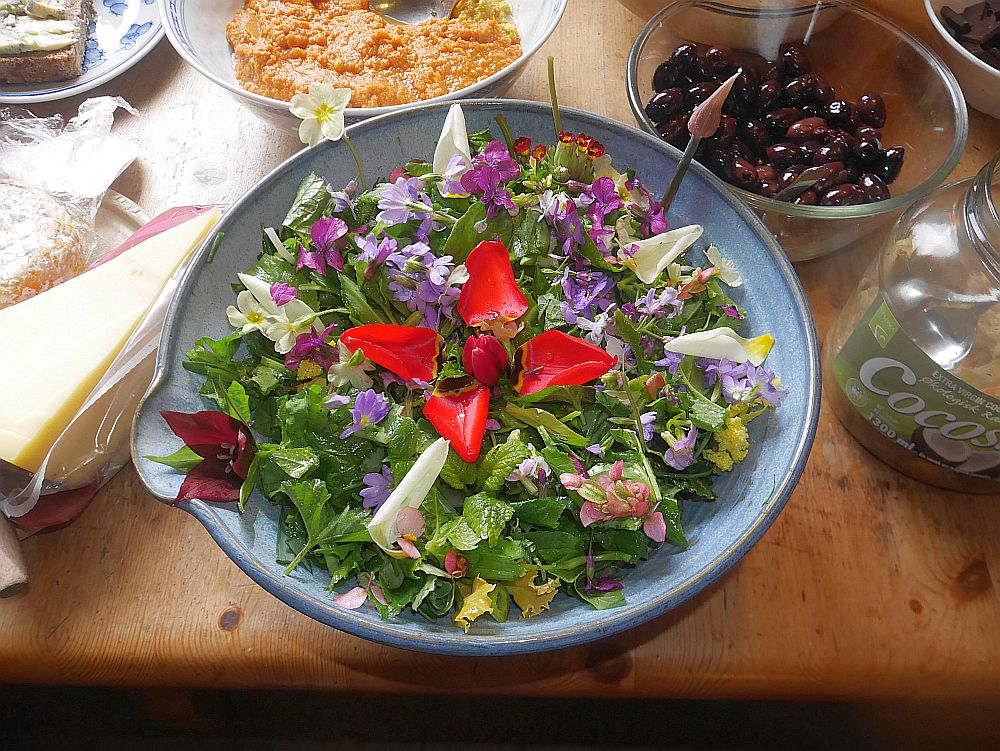There were unusually many plants still flowering in the garden in October this year as we experienced a bit of an Indian summer. We’ve now had our first frost, so time to publish this album of 116 pictures of over 100 species. Most but not all are edible / edimentals and, yes, I should have made a salad.
Tag Archives: The Edible Garden
The mini-pond and marginal areas
My house was given the name Bergstua by the previous owners, literally meaning house on the rock, a rocky hillside overlooking the fjord. Not a natural place for a pond. I wanted to have a pond somewhere, initially mainly for wildlife, habitat for frogs, drinking water for birds etc.
I eventually chose a small depression in the rock where the previous owners had presumably blasted a hole in order to erect a flagpole. Not being one for flags, I decided to convert this area into a pond and this involved removing both the metal support and concrete base and this took a couple of years of hard work as I also wanted to avoid machines. If it was feasible by hand I would do it by hand, even resisting an electric drill for many years. I used to come home from work and spent half an hour every day hacking at the concrete with a metal digging bar and when that was eventually removed deepening the depression in the shale-like rock (phyllite).
The hedge you can see behind the pond was Cotoneaster lucidus which has non-edible berries that not even birds take until they are desperate. We bought a rubber liner for the pond in the UK on one of our trips to visit family. I initially filled the pond and the boggy marginal areas with wild plants and creatures like water boatmen and frog spawn from lakes in the area, but regretted a few of the introductions like Equisetum fluviatile (swamp horsetail). The frogs never really thrived but a few survived for a few years and one took up residence in our septic tank…
I later gradually converted the pond to an edible pond and the hedge behind was dug out and replaced by a diverse edible/bird friendly hedge including Morus alba, Crataegus, Viburnum edule, Sambucus nigra “Variegata”, Viburnum opulus, Amelanchier “Thiessen”, Rosa spp., Staphylea (bladder nut) and a few others. About 10 years ago, I overhauled the pond, digging out all the soil and replanting from scratch in order to remove all the horsetail and other aggressive plants. Below is a video of my little collection of water and bog plants this week and below the video is list of plants we see:
Featuring the following plants:
Gunnera tinctoria (G. chilensis) is one of the 80 in my book Around the World in 80 plants (ATW80)
Althaea officinalis (Marsh mallow/ legestokkrose)
Allium validum (Swamp onion, Pacific onion) which is also included in ATW80
Caltha leptosepala (Western marsh marigold, White marsh marigold / hvit soleihov)
Darmera peltata (Umbrella plant, indian rhubarb / skjoldsildre)
Lilium canadense ssp michiganense (Canada lily, Michigan lily / Canadalilje)
Saxifraga pensylvanica (Swamp saxifrage) is also in ATW80
Typha angustifolia (Reedmace, bulrush, cattails / smal dunkjevle)
Filipendula ulmaria “Variegata” (Meadowsweet / mjødurt)
Polygonum hydropiper (Water pepper / vasspepper)
Eupatorium cannabinum (Hemp agrimony / hjortetrøst) (for insects and butterflies)
Zizania latifolia (Manchurian wild rice) – not very useful as it’s the swollen stems infected by a fungus which is used.
Lycopus spp.
Apium nodiflorum (Fool’s watercress, European marshwort)
Oenanthe javanica (Water dropwort, seri)
A Venusglade
I often shown pictures of moonglades from the house (the long beam-like reflection of the moon on the fjord), but I’d never noticed a venusglade before. Then three nights ago a long beam reflection of the fjord was clearly visible under venus (very bright at the moment) with the naked eye. I only had a hand-held camera and this was the best I could get, just weakly visible: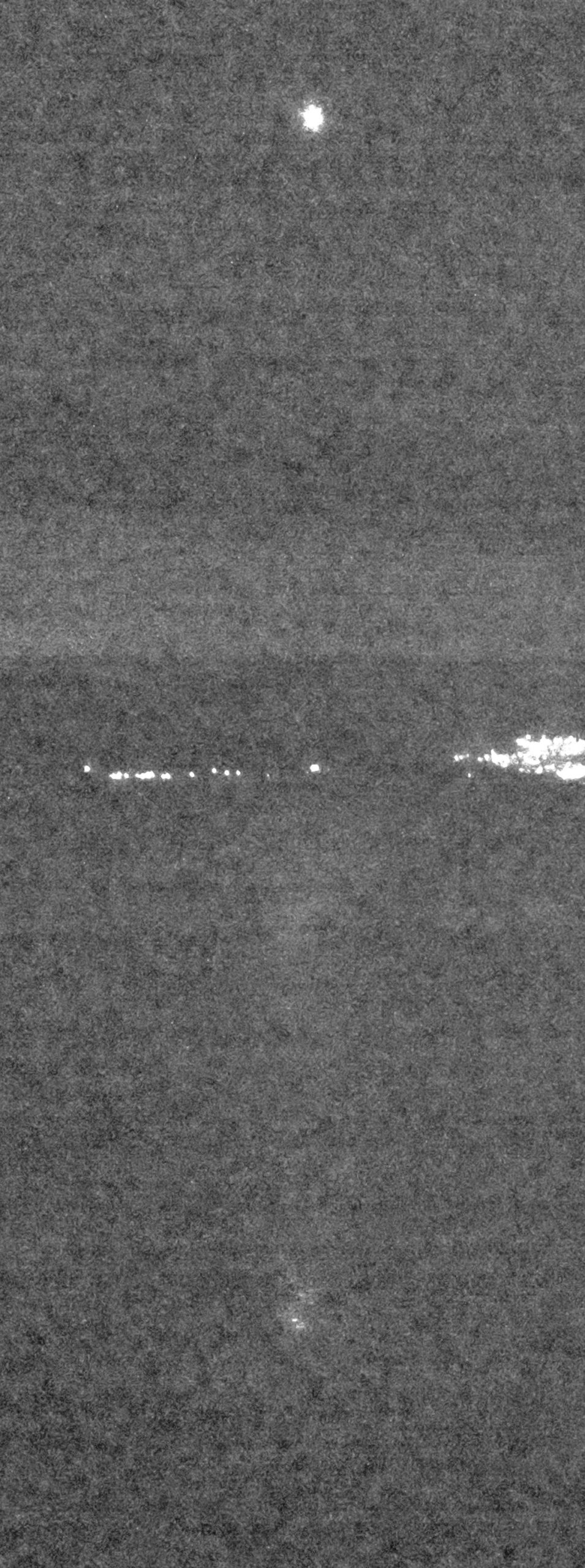
Then, last night it was clear again and armed with tripod I made a one minute exposure of the scene. Of course, in the course of a minute we’ve moved some distance and venus is unclear…and the stars are stripes in the sky. The venusglade is wider also as it too moves, but it nevertheless makes for an interesting picture with the bonus of an auroral glare over Forbordfjellet. I must try over-exposing next time:
Digitally enhanced:

…and what is this?
Alys meets the Modern Monk in the Edible Garden
10 years ago today I had my first celebrity visit, from the UK! On 10th April 2010 I received the following email message entitled Permaveggies:
“I am a garden writer based in Birmingham, England. I came across your work via an interview with you on a website and am very interested in learning more about your garden. I also share a love for unusual edibles that can be used in an ‘ornamental setting’. I suppose my garden has one foot in the forest garden camp and the other in a cottage garden. The greatest majority are edibles (everything from your typical vegetables to the more unusuals) with the rest being useful plants for medicine, feeding the garden or pollinators. I suppose the interesting part is that it’s a typical row terrace garden that’s about 60 ft long- cramped in is one way of looking at its design principles. I’ve written a book about it called the Edible Garden with it in conjunction with a programme on BBC2.
Anyhow I would love to talk more about your work and what you’ve discovered. I look forward to hearing from you.
Yours sincerely
Alys Fowler”
The interview was the one published on my friend Telsing Andrews’ blog, The Veggie Patch Reimagined (see https://veggiepatchreimagined.blogspot.com/2010/02/stephens-edimental-oasis-interview.html).
As part of this BBC series, permaculture had just been featured on 7th April 2010. The BBC crew visited Tim and Maddy Harland’s (my publishers) garden and were bowled over by their mature forest garden full of food and wildlife.
In my reply I jokingly wrote “Stop by next time you’re in the area”!
Little did I know that she would do just that a few months later! It turned out that she was researching her book “The Thrifty Forager” and was “looking for people to interview who boldly eat what others might not think to…”!
Alys’ book The Thrifty Forager was published the year after but my book with Introduction by Alys took another 3 years!
She devotes a whole section to my garden, its plants and The Modern Monk (guess who?) :) In the foreword to my book, there’s a picture of Alys reading my old coverless copy of Cornucopia II in the garden!
Below are 4 albums of pictures taken by Alys’ cameraman Brian Wheeler!
I have fond memories of this visit during a really hot period after the coldest June since the 1960s. The first album are pictures from the garden, the second from a forage and swim in the fjord, then a trip up to a local mountain Vennafjellet , via a second swimming spot, Nevrahølet (we were finished quite quickly with the pictures and interview in the garden due to the wonderful weather) and finally some pictures from Trondheim!
Alys was also a presenter on BBC’s Gardener’s World and writes a gardening column for the Guardian!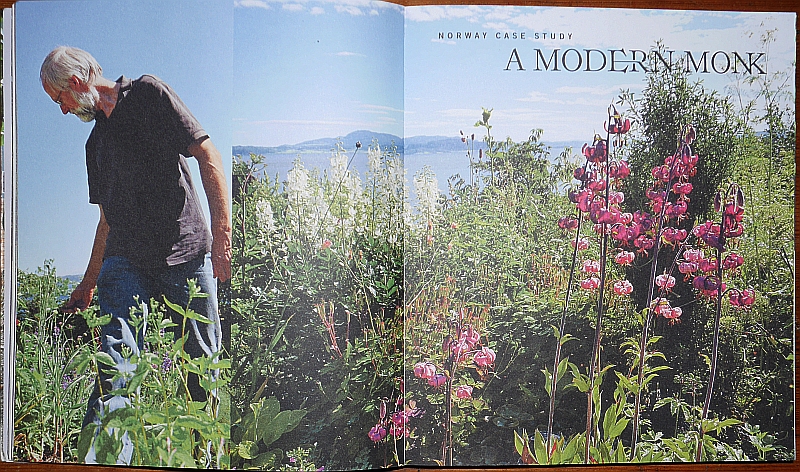
Other blog posts about Alys!
Alys Fowler in the Edible Garden: https://www.edimentals.com/blog/?p=276
Alys’ Pool: https://www.edimentals.com/blog/?p=5572
1. Brian Wheeler’s photographs of The Edible Garden
2. Brian Wheeler’s photographs from a tour of the bay and beach below the house (after her swim, Alys said for the first time that I lived in paradise!)
3. Trip to Vennafjellet via Nevrahølet swimming hole in the eyes of Brian Wheeler
4. Alys Fowler in Trondheim (by Brian Wheeler)
Pond Bed North Upgrade
I’ve been busy planting up a bed that I’ve been renovating. It’s part of a bed I’ve called “Pond Bed North” since I constructed it in the late 80s after felling several birch trees (the previous owners liked even more shade than I do). However, it had become overgrown with unwanted inedibles…
Here’s a video of the bed and the plants and below a picture and hand drawn map of the bed with details of everything I planted for those wanting more details. You’ll see various Japanese edibles, two new Zanthoxylums, Aster scaber (new accessions) and right at the end an exclusive edible, Taraxacum californicum (California dandelion). This information will be added to my master garden Excel sheet in the winter.


Red-tailed bumblebee: new species for the garden
Yesterday, I registered red-tailed bee / steinhumle (Bombus lapidarius) for the first time at the community garden (Væres Venner), the first time in this part of Trondheim. This is a common species in the city and is probably the commonest bumblebee in the Allium garden at the botanical gardens. Today, I saw this species for the first time in my own garden, the first record in this area. It was on Allium pskemense, probably the most popular plant in my garden for bumblebees. In the second video you can see both the white-tailed bumblebee (Bombus lucorum; lys jordhumle) and tree bumblebee (Bombus hypnorum; trehumle). Please correct me if I’m wrong!
Announcing the 4th Permaveggies course in the Edible Garden
Norsk: Se lengre ned på siden
English: This is the course for you who want to learn more about perennial vegetables and forest gardening in a course held in and around Norway’s world-renowned Edible Garden, now one (of 4) Permaculture Land Centres in Norway, led by author and head of KVANN / Norwegian Seed Savers, Stephen Barstow. There will be lectures on Allium, an extended garden walk, making lunch and dinner with spring harvested produce, foraging on the shoreline and the ostrich fern tour along the Homla river canyon. Full program, pictures and link to pictures in the pdf at the bottom
It is also possible to extend your stay to Monday when we will work together in KVANN’s gardens at Væres Venner in Ranheim on Monday 11th May.
Course fee and registration: You must either be a member of KVANN or the Norwegian Permaculture Association. NOK 1600 (for the whole weekend) for KVANN members (membership costs NOK 250), NOK 1800 for members of the Norwegian Permaculture Association. Kr. 900 for students and unemployed. There is a binding registration when paying the course fee. VIPPS to 91529516 (private). Bank account: 82306086762. This course has been fully subscribed all the times it has been arranged in the past with a waiting list. If you sign up but are later prevented attending, there are good chances of finding someone take over your place and we will help advertising that!
Sign up to sbarstow2@gmail.com with your name, address, email, phone and year of birth (we need this information because we are seeking support from Studieforbund Natur og Miljø)
Norsk: Dette er kurset for deg som vil lære mer om flerårige grønnsaker og skogshaging i og rundt Norges verdenskjent Spiselig Hage, nå et (av 4) Permakultur Land Sentre i Norge, ledet av forfatter og leder av KVANN, Stephen Barstow. Det blir foredrag om Allium, utvidet hagevandring og felles matlaging, sanketur i fjæra og strutsevingetur langs Homla. Fullt program, bilder og lenk til bilder fra de 3 tidligere kurs kan man laste ned nederst på denne siden.
Det er også mulighet å være med på dugnad i KVANNs hager hos Væres Venner mandag 11. mai.
Kursavgift og påmelding: Man må enten være medlem av KVANN eller Norsk Permakultur Forening. Kr. 1600 (for hele helgen) for medlemmer av KVANN (medlemskap koster kr. 250), kr. 1800 for medlemmer av Norsk Permakultur Forening. Kr. 900 for studerende og arbeidsledige. Det er bindende påmelding ved betaling av kursavgifta. VIPPS til 91529516 (privat). Bankkonto: 82306086762. Dette kurset har blitt fulltegnet alle ganger tidligere med venteliste. Om man tegner seg på, men senere blir forhindret er det gode sjanser for å få noen til å ta over plassen din og det skal vi hjelpe til med!
Påmelding til sbarstow2@gmail.com med ditt navn, adresse, epost, telefon og fødselsår (dette trenger vi fordi vi søker støtte fra Studieforbund Natur og Miljø).
The Edible Garden Land Centre Opening
The videos are mostly in Norwegian!
Del 1: https://www.youtube.com/watch?v=dNQi9MmmrF8
Del 2: https://www.youtube.com/watch?v=vHANyZXsHMA
See also my earlier post with more pictures and a video: http://www.edimentals.com/blog/?p=21953
Grand Opening of The Edible Garden Permaculture LAND Centre
Grand Opening of The Edible Garden Permaculture LAND Centre
(Thanks to Berit Børte, Kjell Hødnebø, Lone Dybdal, Elin Mar, Bell Batta Torheim, Inger Line Skurdal Ødegård and Margaret M. Anderson for the pictures )
Sunday 5th May was a cold showery day here in Malvik and the 3rd day of KVANN’s (Norwegian Seed Savers) annual meeting weekend in Trondheim and Malvik. This was also the day of the official opening of my garden as a Permaculture LAND centre, which was celebrated by a primula ribbon cutting ceremony and the LAND multi-species salad (how many ingredients? See below!). Meg had decorated the gate for the occasion, now a permanent feature:
25 participants from all over Norway met in the garden at 10:30. Due to the weather, we moved inside  where I gave an introduction to how the garden had developed into a permaculture Forest Garden despite the fact that I knew nothing of permaculture principles! The rain eased off, so we moved outside for a walk and talk around the garden with focus on the plants. The album below shows some of the plants we talked about:
where I gave an introduction to how the garden had developed into a permaculture Forest Garden despite the fact that I knew nothing of permaculture principles! The rain eased off, so we moved outside for a walk and talk around the garden with focus on the plants. The album below shows some of the plants we talked about:
I had got up at 6 am to pick the ingredients for the multi-species salad we made for lunch (all 146 ingredients) to celebrate the garden’s LAND status!
salad we made for lunch (all 146 ingredients) to celebrate the garden’s LAND status!
LAND: Learning And Network Demonstration network – a network of permaculture sites. Sites are set up to show permaculture in practice to visitors and volunteers in a safe, accessible and inspiring way. There are a number of requirements to receive LAND certification, one of which was that I had to have a PDC (Permaculture Design Certificate) which I took in 2017, sharing the teaching with Jan Bang (yes, I taught myself the plants part of the course!)
In Norway – http://www.permakultur.no/land (Læring, Aktivitet, Nettverk og Demonstrasjon)
In the UK – https://www.permaculture.org.uk/land-centres
Before lunch, we had the official LAND opening ceremony for the Edible Garden, introduced by Eirik Lillebøe Wiken
of the Norwegian Permaculture Association,
See Berit’s FB video: https://www.facebook.com/beritboslo/videos/10219097282043751 followed by our living ribbon-cutting ceremony!
The ribbon had been expertly made by Meg Anderson from flower shoots of Primula hybrids (cowslip, primrose, oxlip / marianøkleblom, kusymre, hagenøkleblom) :-)
There was then a joint effort in my kitchen to put the salad together:
THE LAND SALAD (146 ingredients)
Aegopodium podograria
Agastache foeniculum
Alchemilla mollis
Alium carolinianum
Alliaria petiolata; Flower Tops
Allium “Summer Beauty”
Allium ampeloprasum
Allium amphibolum
Allium caeruleum
Allium cernuum
Allium cernuum “Pink Giant”
Allium cernuum x stellatum “Hammer”
Allium cyaneum
Allium douglasii
Allium fistulosum
Allium fistulosum “Gribovskiy 21”
Allium flavescens
Allium flavum “Blue Leaf”
Allium flavum “nana”
Allium hymennorhizum
Allium hymenorhizum (var truncatifolium?)
Allium jajla
Allium karataviense
Allium nutans “Caroline”
Allium nutans “Slizun”
Allium oleraceum
Allium oreophilum
Allium paradoxum var normale
Allium paradoxum var paradoxum
Allium sativum (garlic)
Allium schoenoprasum “Black Island Blush” ; Flower buds
Allium schoenoprasum “Black Island Blush” ; Leaves
Allium schoenoprasum #1
Allium schoenoprasum #2
Allium schoenoprasum #3
Allium schoenoprasum #4
Allium schoenoprasum #5
Allium schoenoprasum #6
Allium scorodoprasum
Allium splendens
Allium validum
Allium victorialis “Granvin”
Allium x cornutum
Allium x proliferum “Bergstua”
Allium x prolifrum “Amish Topset”
Allium zebdanense
Angelica “Vossakvann”
Angelica spp.
Arabis alpina
Arabis alpina
Arabis caucasica “Pink”
Artemisia dracunculus sativa “German”
Asparagus officinalis
Atriplex hortensis “Rubra”
Barbara vulgaris
Barbarea vulgaris variegata
Begonia heracleifolia; Flowers
Beta vulgaris flavescens “Swiss Chard”
Brassica napa “Turnip tops”
Brassica oleracea “Walsall Allotments perennial kale”
Brassica oleracea Perennial Kale #1
Brassica oleracea Perennial Kale #2
Brassica oleracea Perennial Kale #3
Brassica oleracea Perennial Kale #4
Brassica oleracea Perennial Kale #5
Brassica oleracea Perennial Kale #6
Brassica oleracea Perennial Kale #7
Brassica oleracea Perennial Kale #8
Brassica oleracea x (Bed 7) #1 sort
Brassica oleracea x (Bed 7) #2
Campanula rapunculoides
Campanula trachelium
Cardamine pentaphyllos
Carum carvi (caraway)
Chamerion angustifolium
Cichorium intybus #1
Cichorium intybus #2
Cichorium intybus #3
Cichorium intybus #4
Claytonia virginica; Flowers
Claytonia virginica; Leaves
Coriandrum sativum; Leaves
Crambe martima
Hablitzia tamnoides
Hemerocallis dumortieri; Flower buds
Honckenya peploides
Hosta sieboldiana Ex- Mira
Houttuynia cordata #1
Houttuynia cordata #2
Houttuynia cordata #3
Hydrophyllum virginianum
Hylotelephium var.
Leucanthemum vulgare
Levisticum officinale
Ligularia fischeri
Lunaria annua
Lunaria rediviva Flor
Malva alcea
Malva moschata
Melissa officinalis
Mentha #1
Mentha #2
Meum athamaticum
Myrrhis odorata
Olea europaea (oliven)
Origanum vulgare #1
Origanum vulgare #2
Origanum vulgare #3
Oxalis acetosella
Oxalis tuberosa “Oca”; Leaves
Phyteuma spicata
Primula denticulata
Primula veris Red
Primula vulgaris
Primula x ; Flowers
Primula x ; Leaves
Rhodiola rosea
Rhododendron mucronulatum; Flowers
Ribes spp. #1; Flowers
Ribes spp. #2; Flowers
Rumex acetosa
Rumex patientia
Rumex scutatus
Rumex scutatus “Silver Shield”
Rumex acetosa Russian #1
Rumex acetosa Russian #2
Rumex acetosa Russian #3
Rumex acetosa Russian #4
Rumex acetosa Russian #5
Rumex acetosa Russian #6
Rumex acetosa ssp vinealis
Scorzonera hispanica
Sedum “Carl”
Sium sisarum
Sonchus oleraceus
Taraxacum “Moss-leaved”
Taraxacum #1
Taraxacum albidum
Tragopogon pratensis
Trillium erectum “Burgundy”
Trillium grandiflorum ’Pink’
Tulipa fosteriana purissisima; Flowers
Tulipa viridiflora “Esperanto”
Tulipa x gesneriana “Pilot” (syn Tulipa norvegica); Flowers
Viola canadense
Viola hybrida “Yellow” ; Flowers
+ (not grown locally!):
Olea europaea (olive)
Official opening of The Edible Garden Permaculture LAND centre
(see https://www.permaculture.org.uk/land-centres and http://www.permakultur.no/land)!
This is part of a full weekend programme for KVANN’s (Norwegian Seed Savers) annual meeting (årsmøte) weekend (the whole program in Norwegian is at the bottom)! Membership: kvann.org!
The full program will follow!
Hope many folks will join us for our celebratory LAND multi-species spring salad and much more!


